Steeped in history and central to several of the world’s major religions, Jerusalem has been on my “must visit” list for several years. Once I started making my plans, however, I quickly noticed that hotel prices in the city can be expensive. Options for using points exist, but they aren’t numerous and don’t include any Marriott or Hyatt properties — and, just like paid rates, points rates can be exorbitant.
On my recent trip to Jerusalem, I chose the American Colony Hotel — a Small Luxury Hotels of the World property — after eliminating options from other hotel chains as unfeasible, given that I didn’t have enough points to book them. In the end, I consider it a win, because the property’s lush gardens and relaxing ambience provided a calming retreat from my busy days of sightseeing beyond the hotel’s walls.
Here’s everything you need to know about this wonderful hideaway.
For more TPG news delivered each morning to your inbox, sign up for our daily newsletter.
In This Post
Quick take
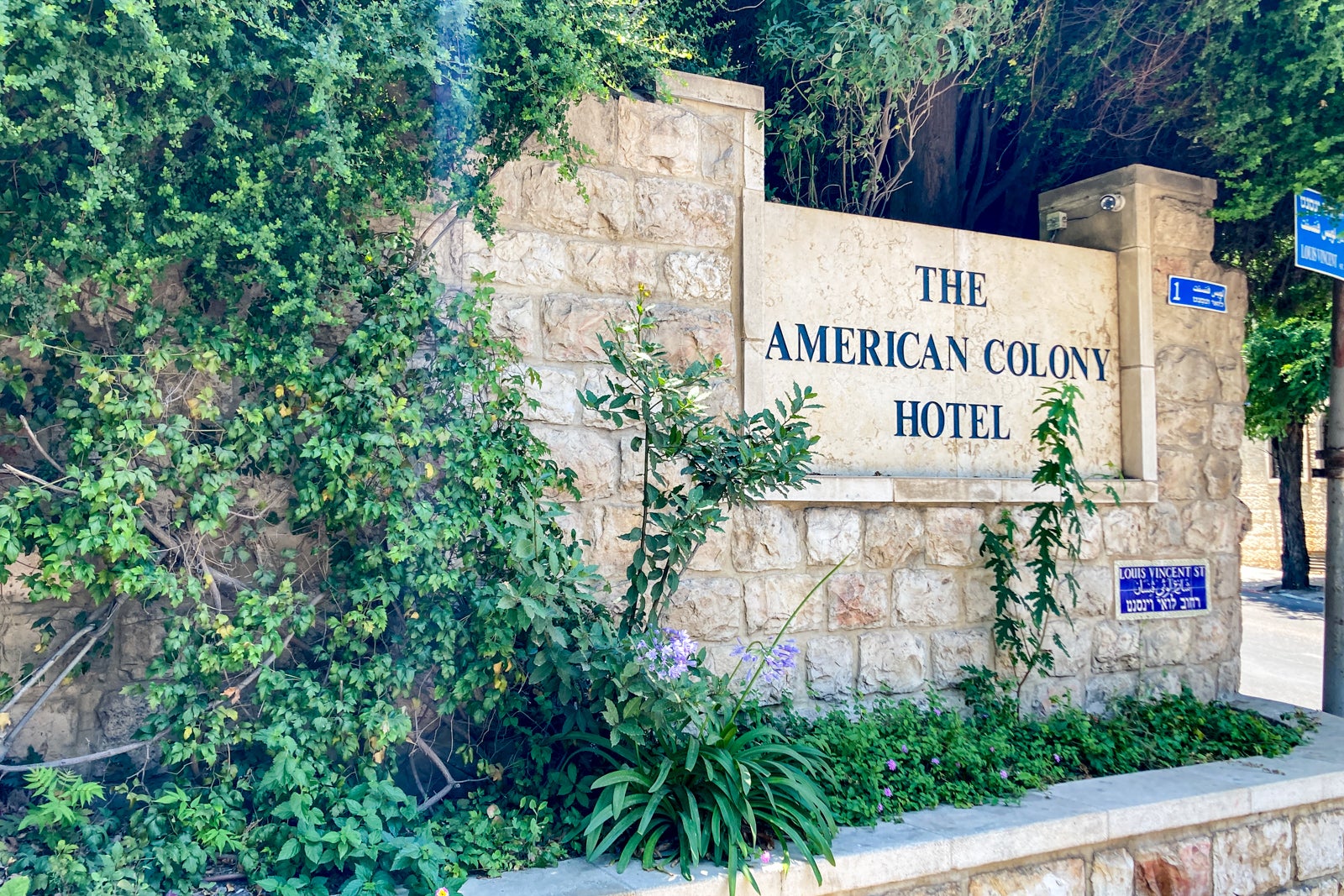
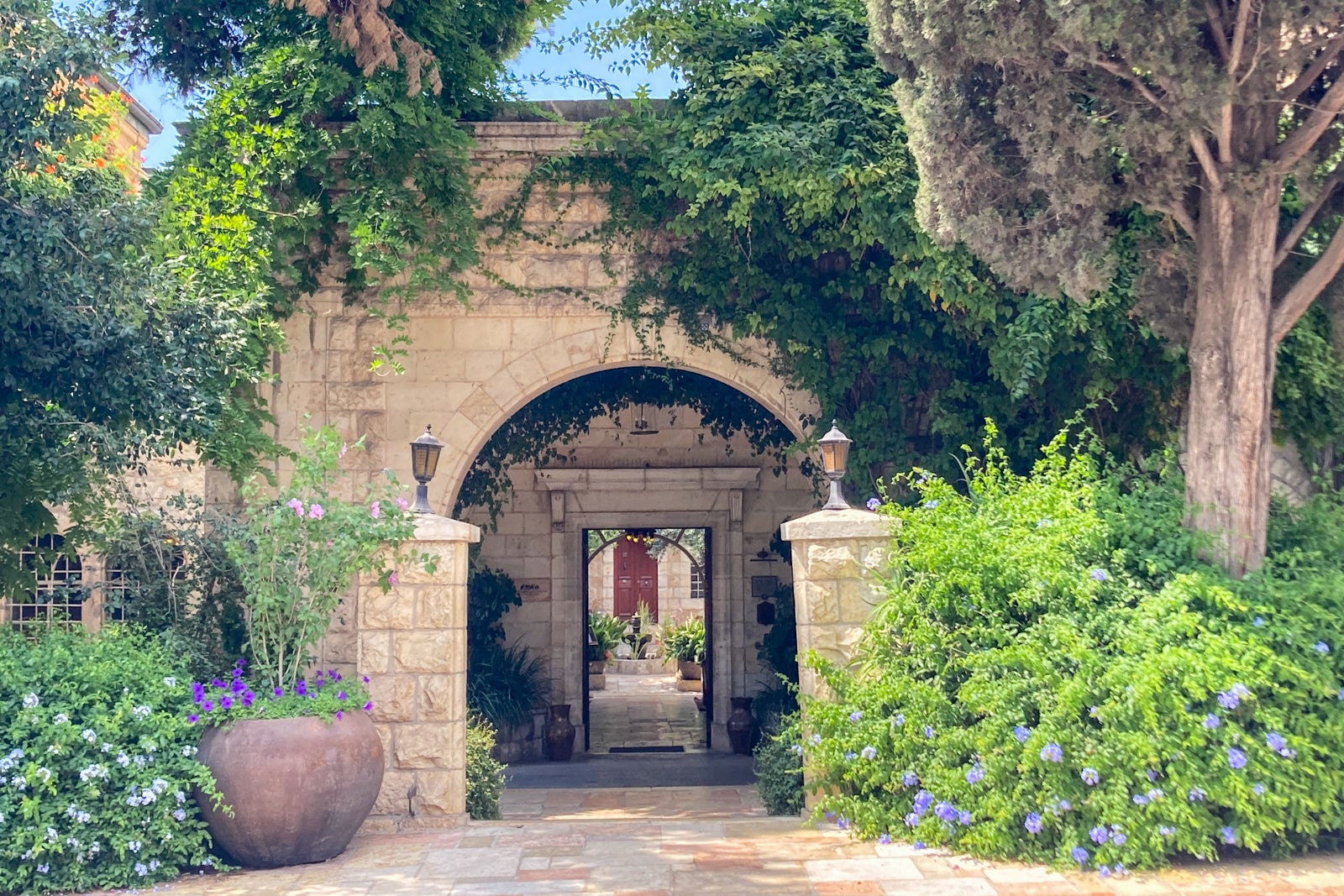
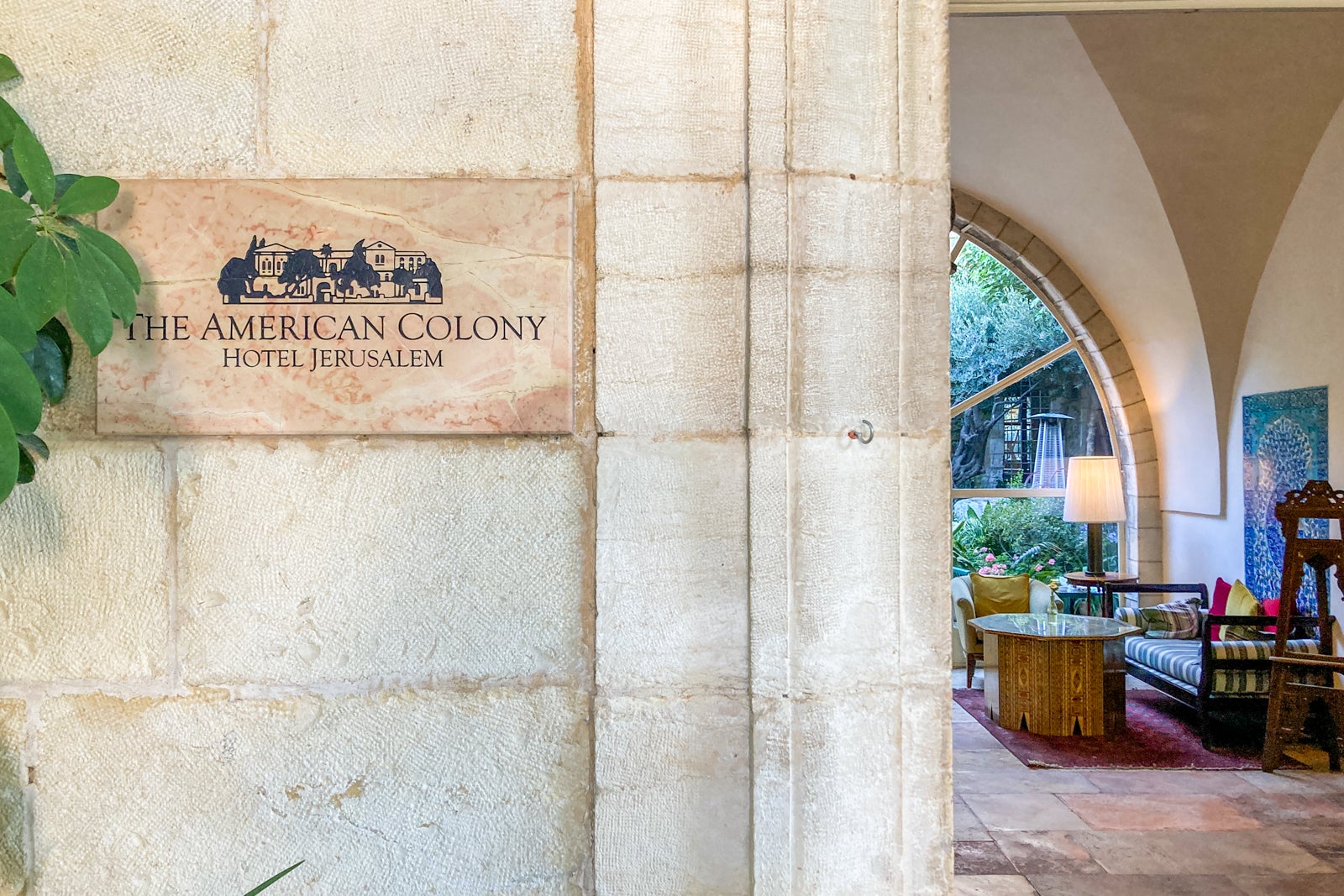
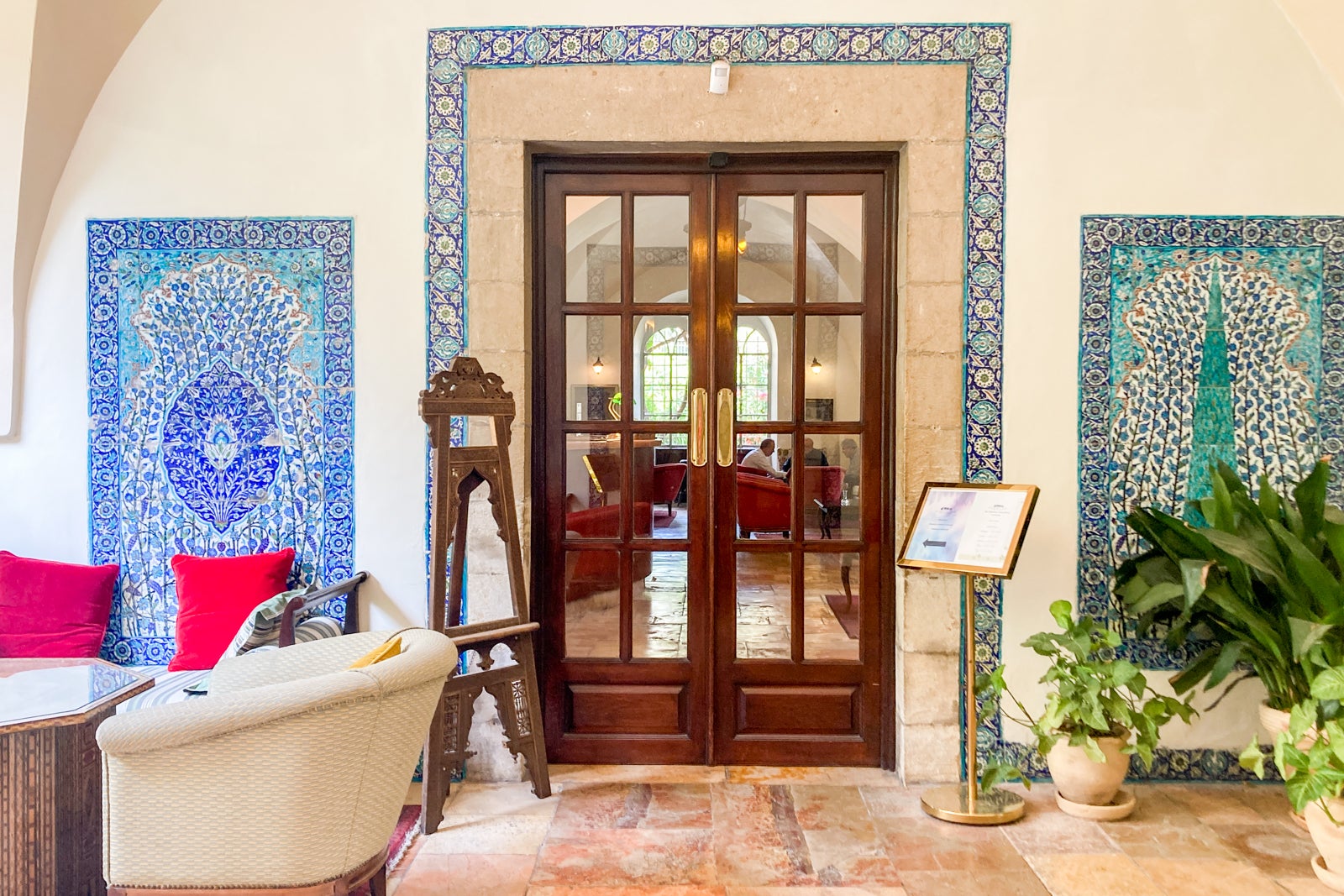
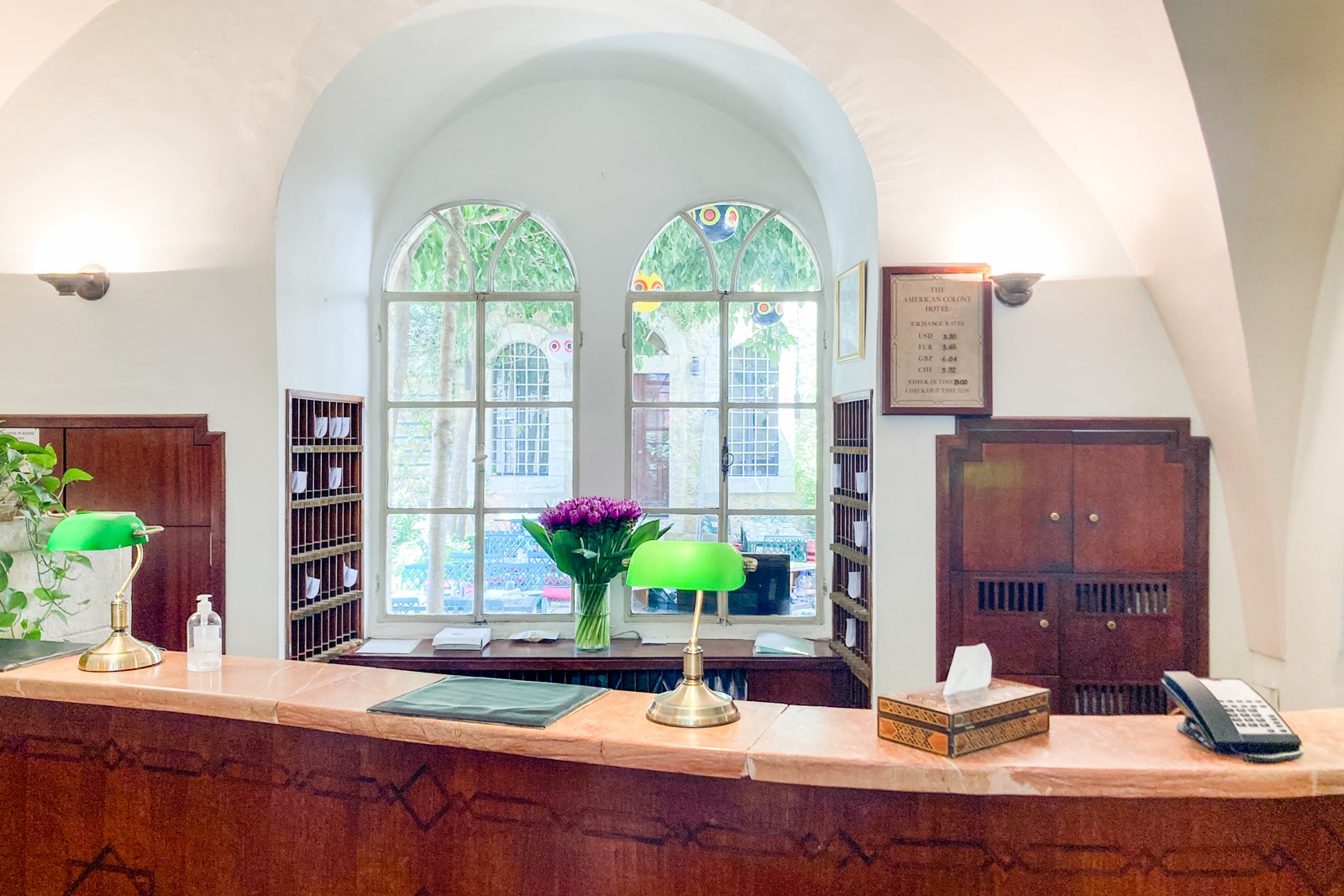
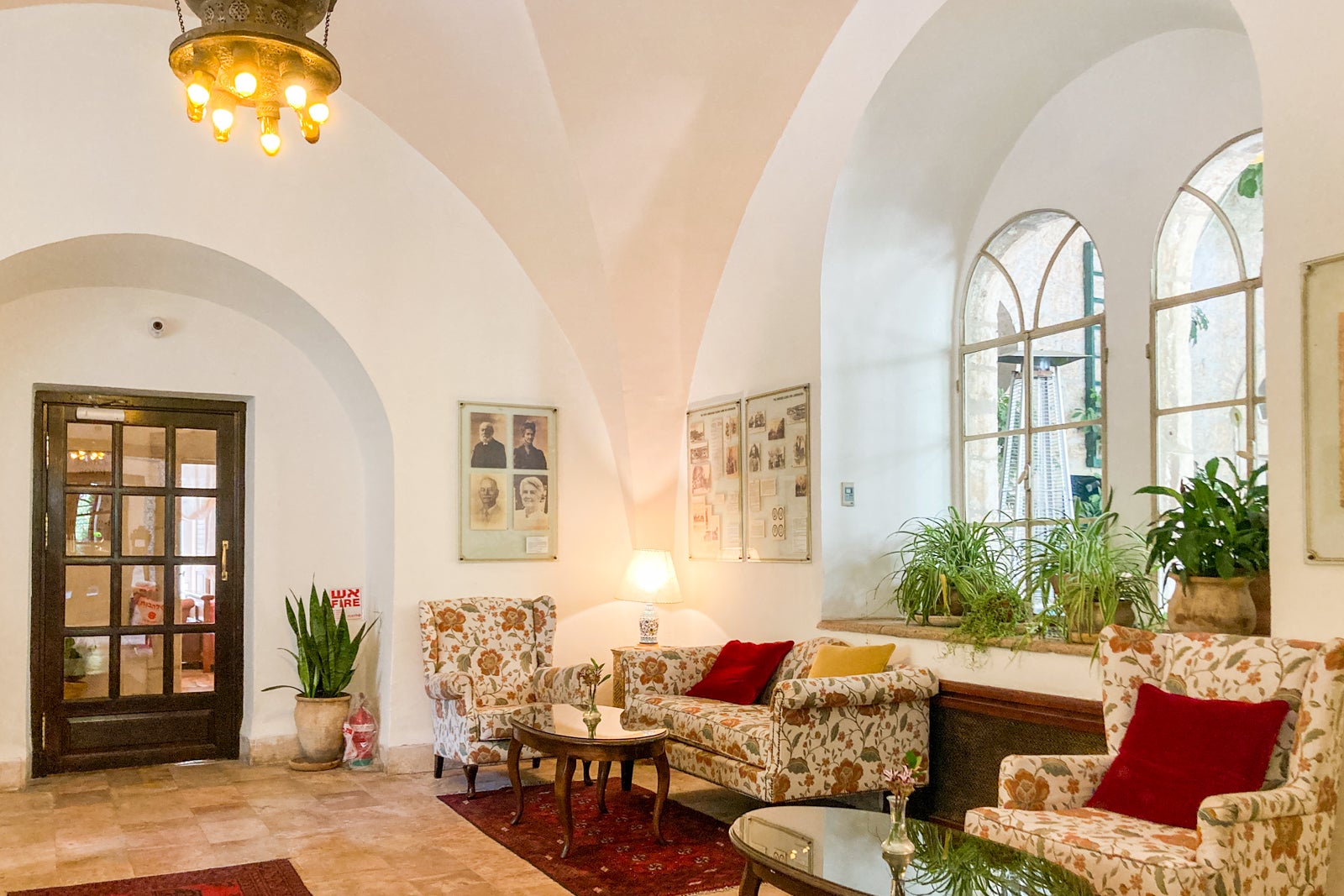
Jerusalem is divided into several distinct districts, each with something unique to offer. The same can be said of hotels in the city. However, the American Colony Hotel takes a different approach than most of them. Rather than one main tower with hundreds of rooms, this property incorporates several smaller buildings spread across its grounds, each with a different history. The hotel has just 94 guest rooms, which provides for an intimate experience, and the fact these accommodations are spread across several small buildings helps to spread out foot traffic and noise among hotel guests.

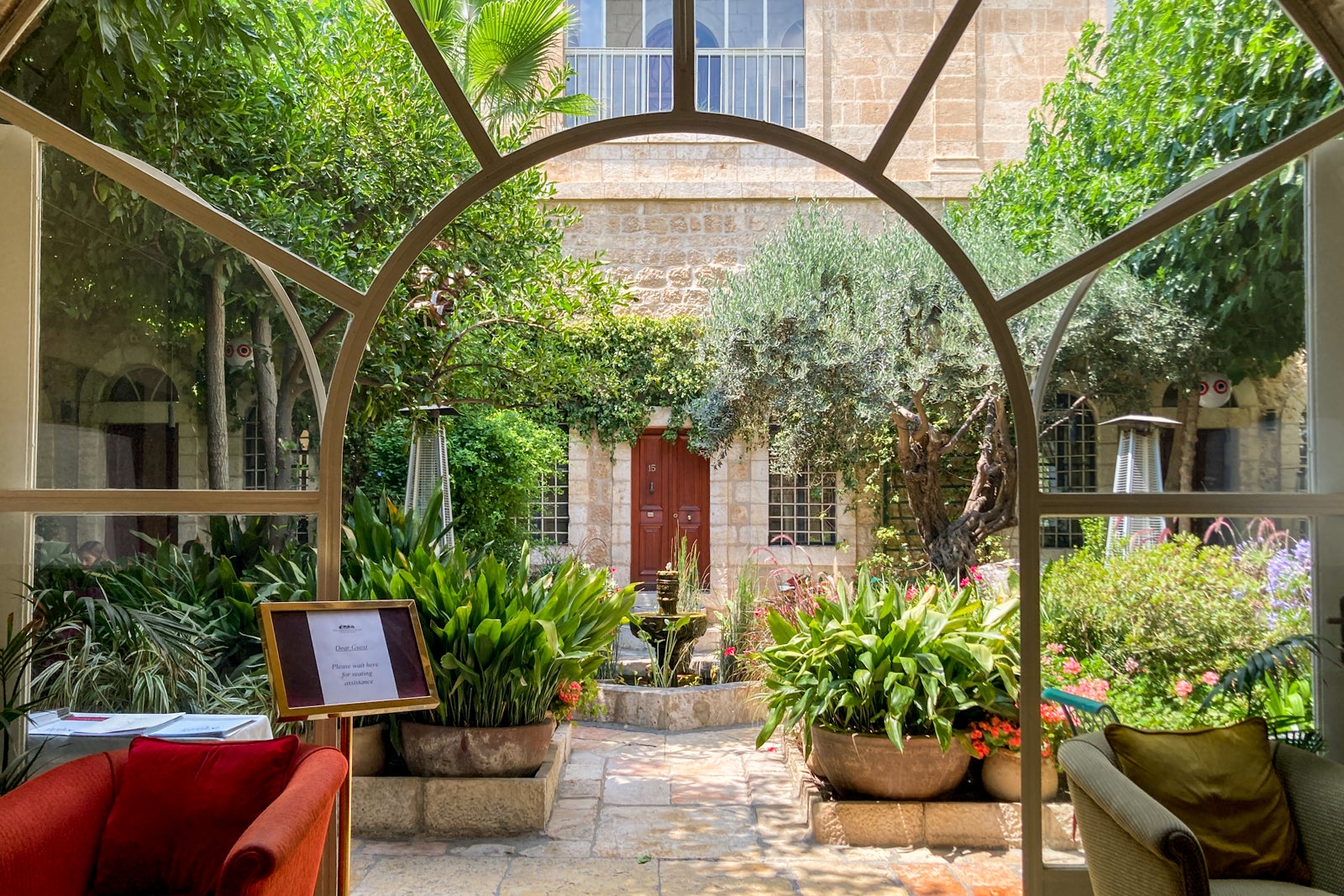
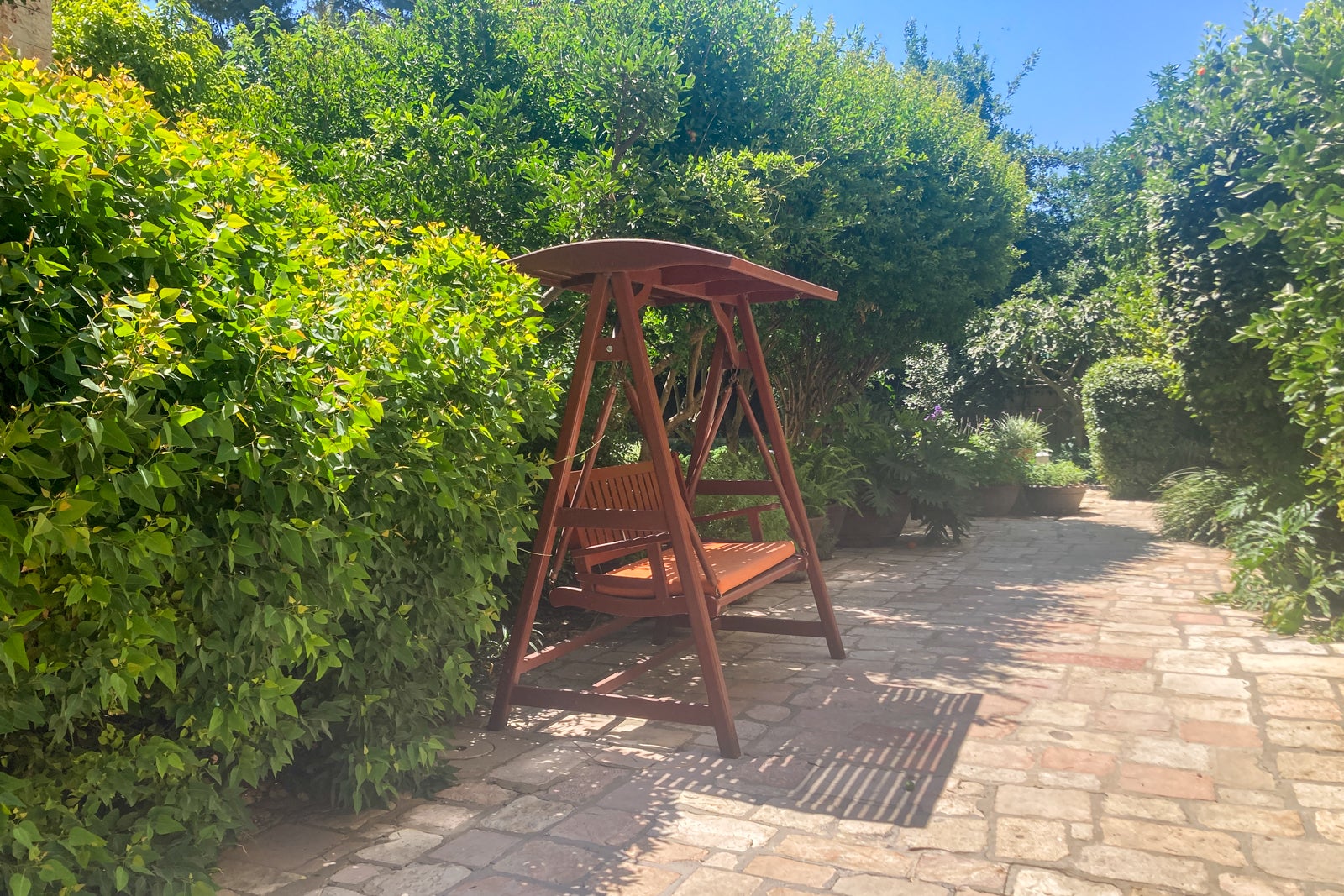
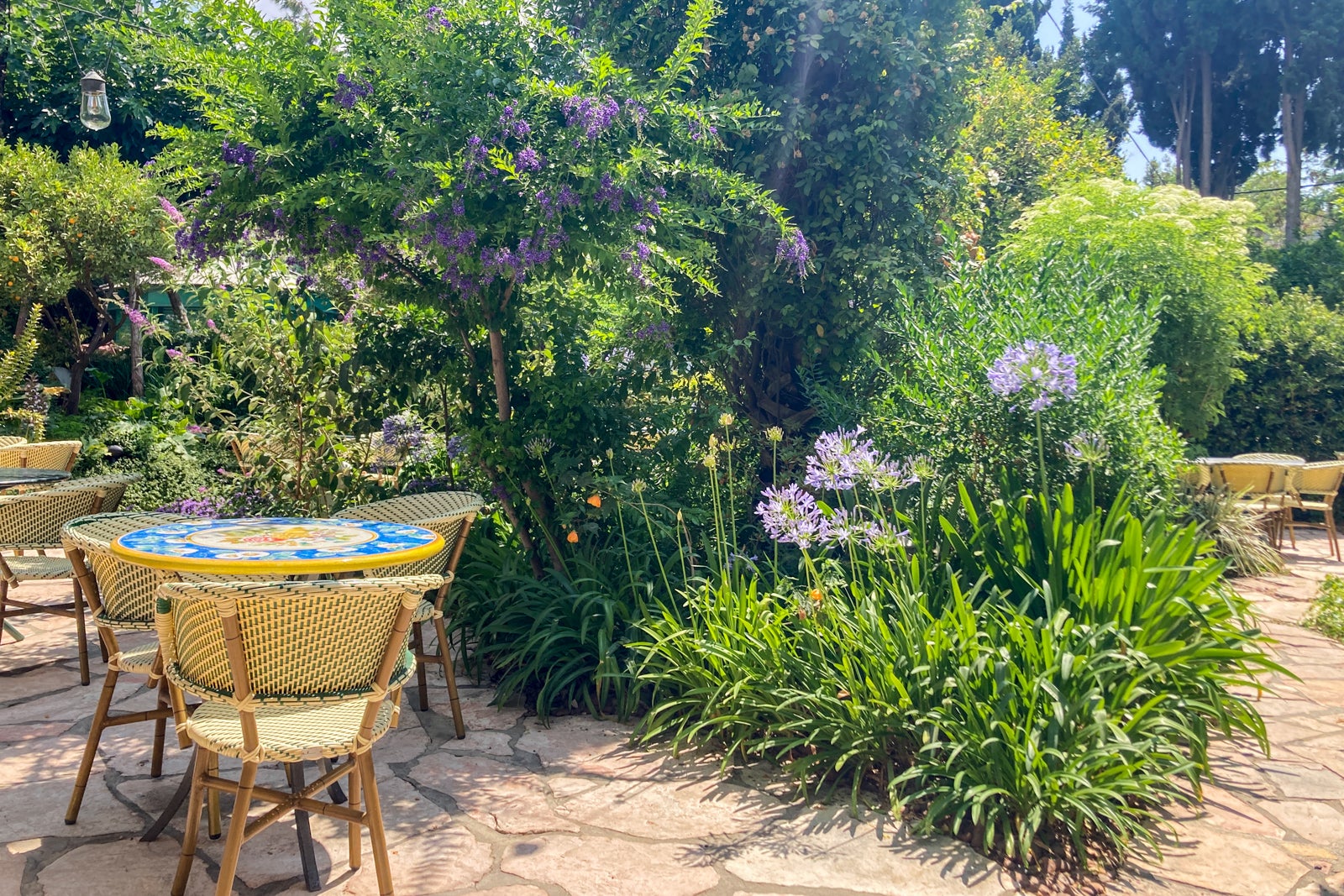
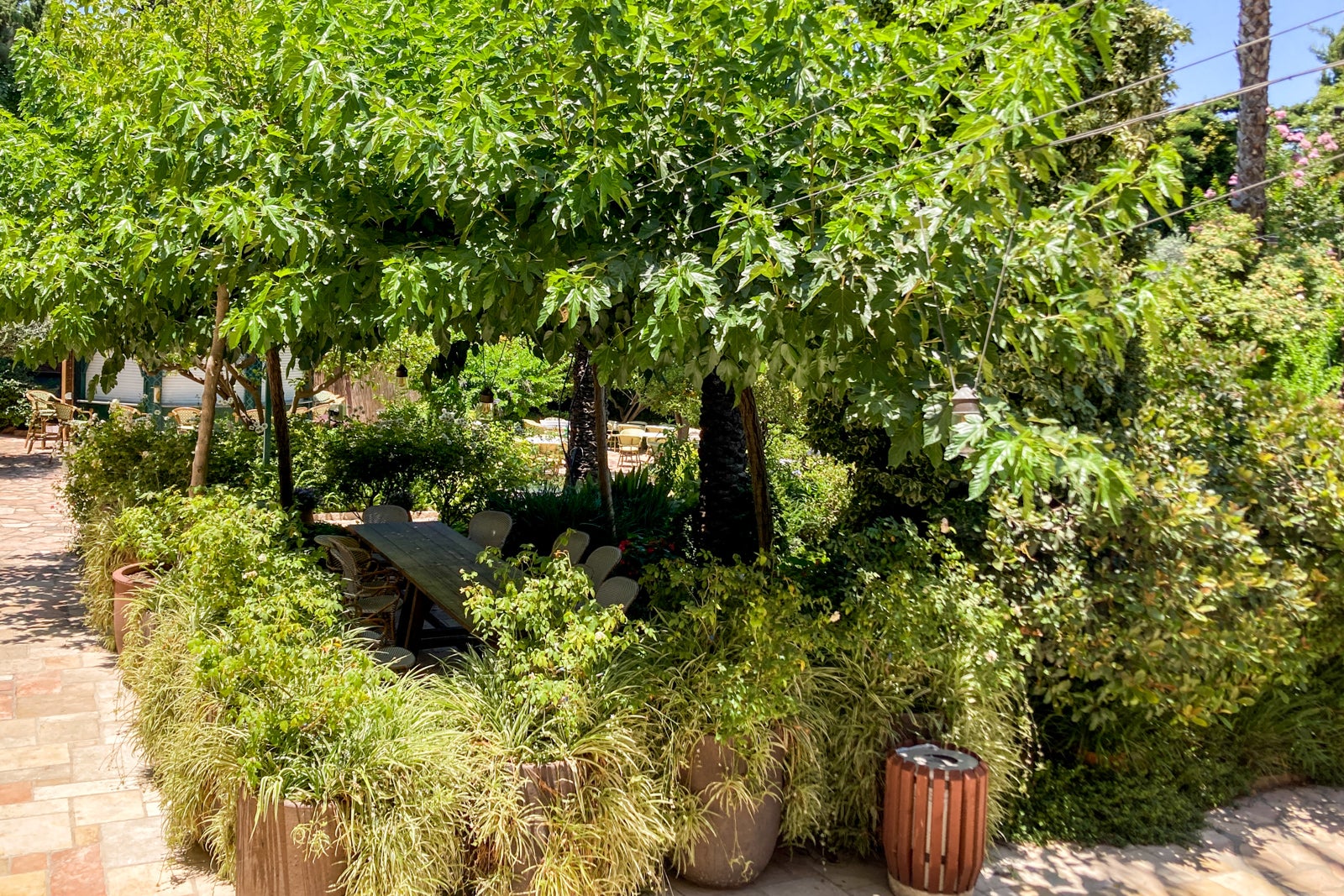
The grounds are also meant to be a quiet retreat from the bustling city beyond the walls. This echoes the history of the property, as its various edifices served as a pasha’s residence during the Ottoman era and a religious retreat for American families moving to the Holy Land in the 1800s, among other legacies.
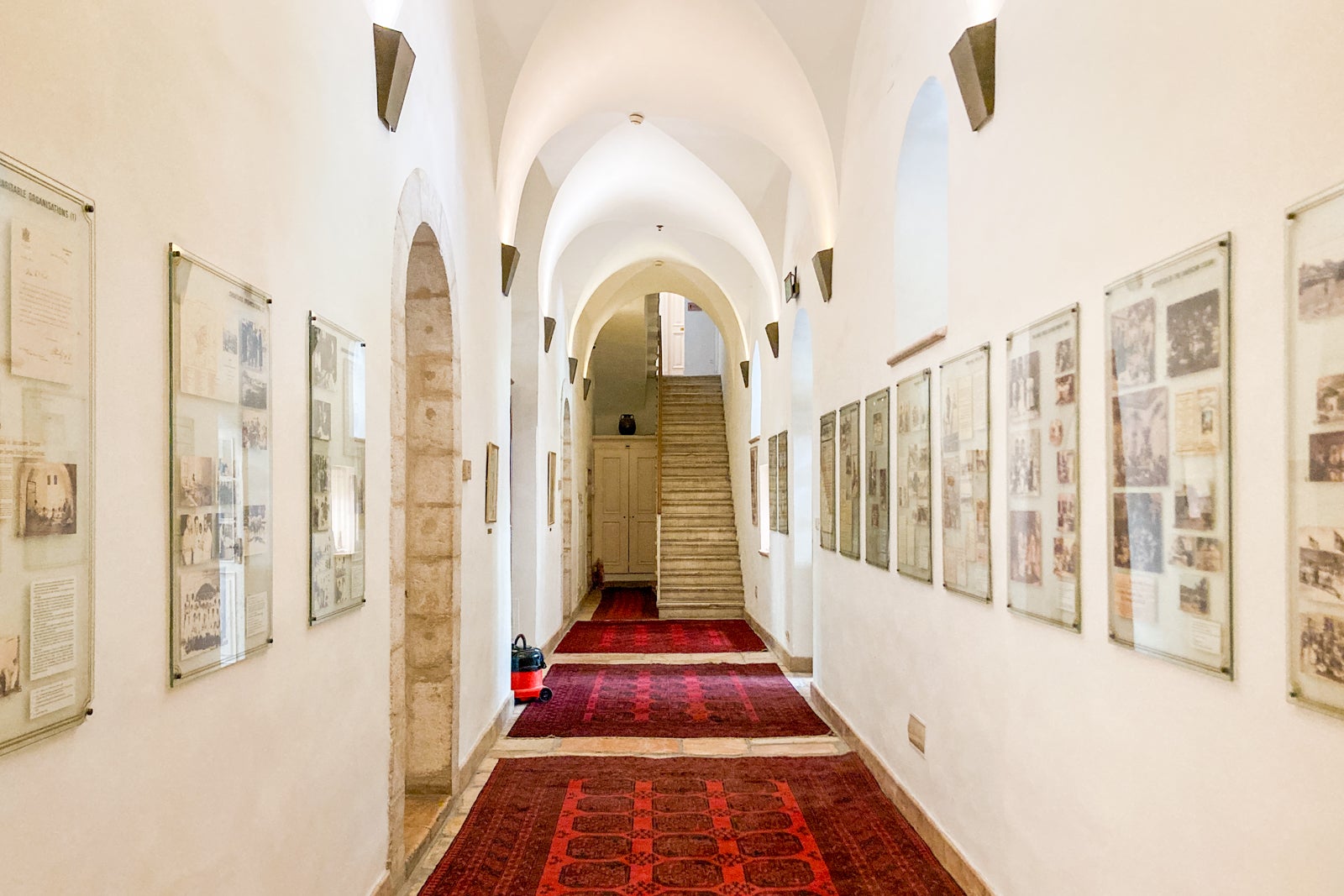
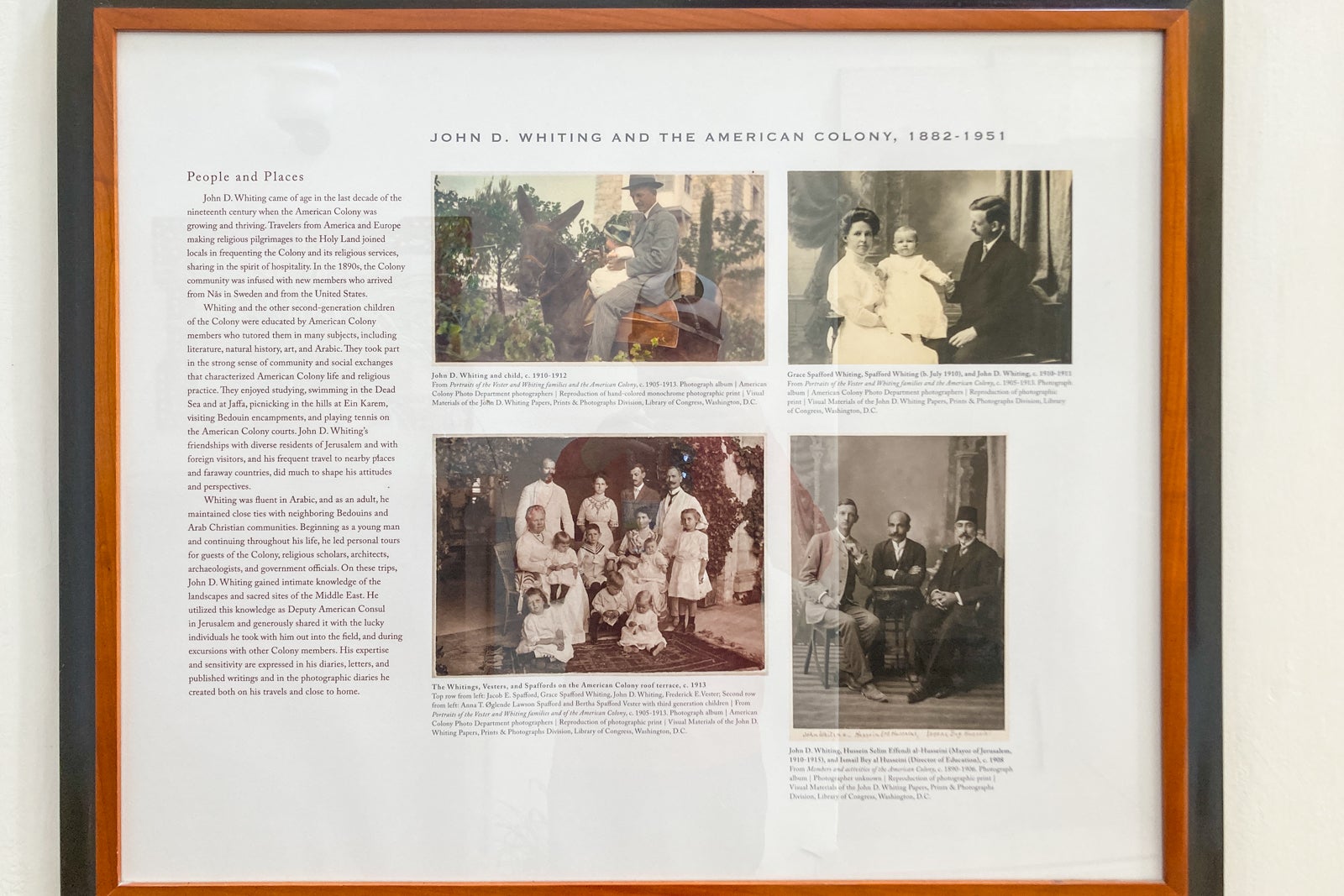
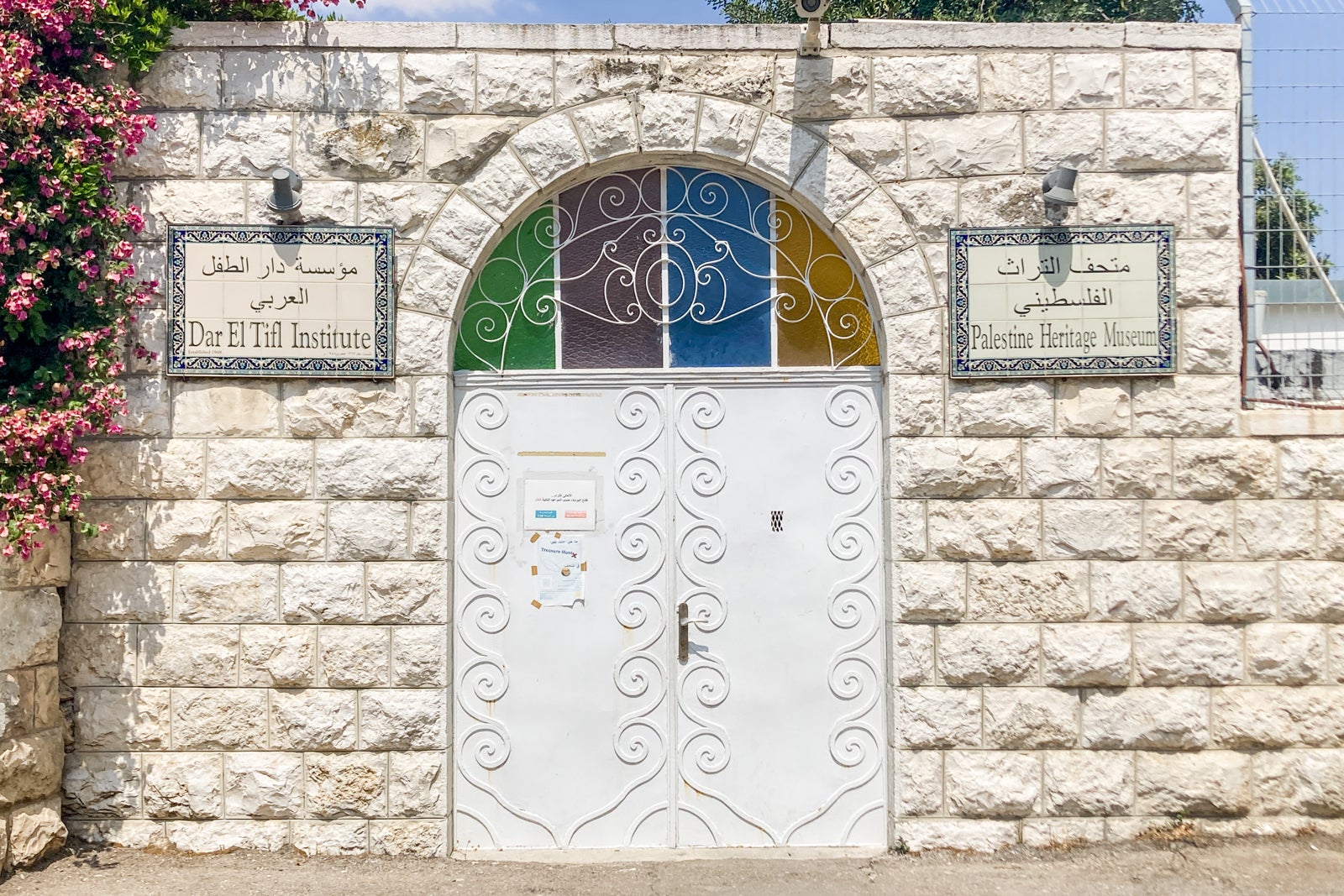
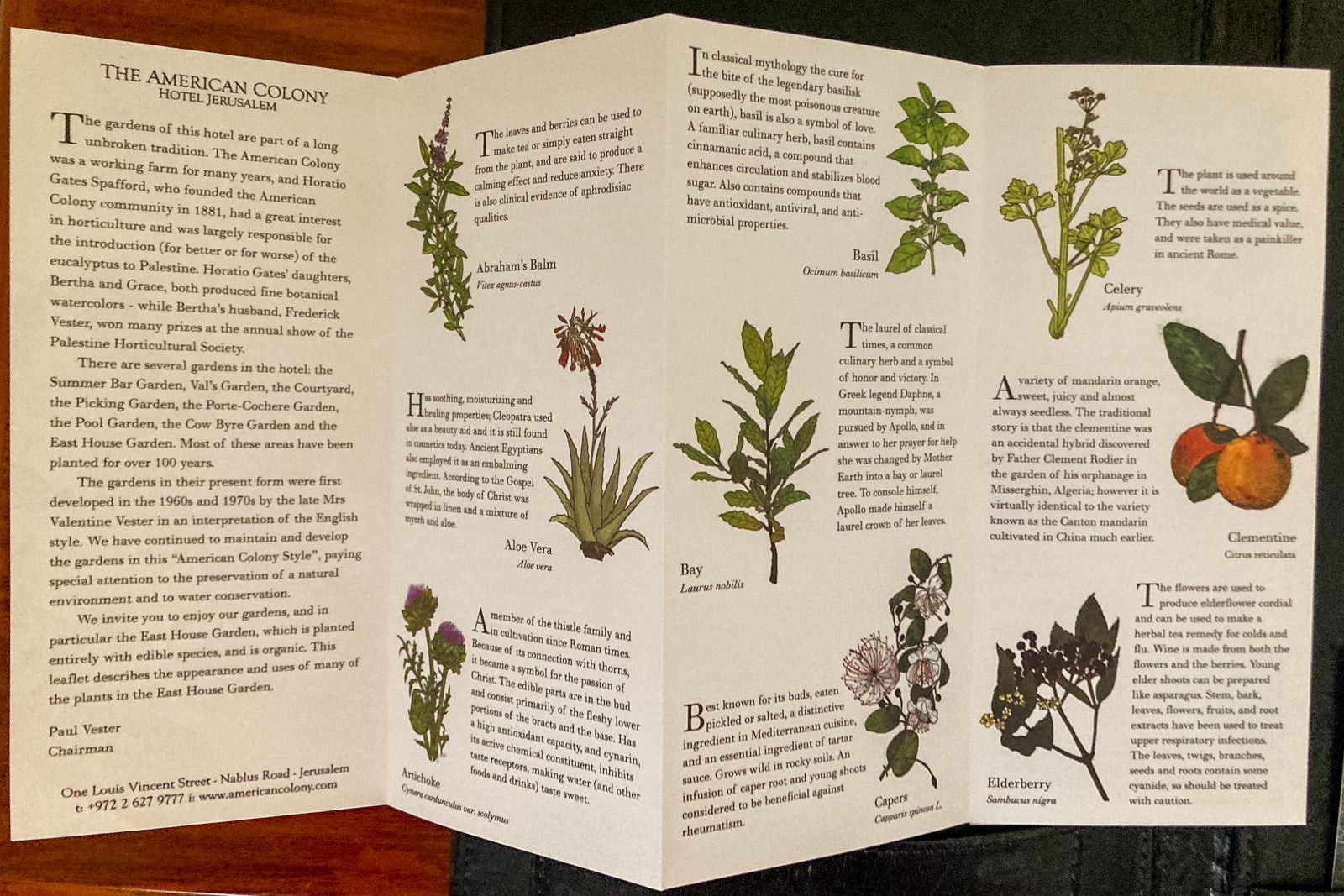
The hotel leans heavily on its history, incorporating artwork from the so-called colony of families from the U.S. who purchased property north of the Old City to be close to important Biblical sites. These families established residences and a shared community on the grounds, and several of the buildings they used have been incorporated into the modern hotel. There is also a Palestinian heritage museum and a plethora of plants and flowers on the grounds for horticulture enthusiasts, which guidebooks in the guest rooms will teach you about.
Getting there
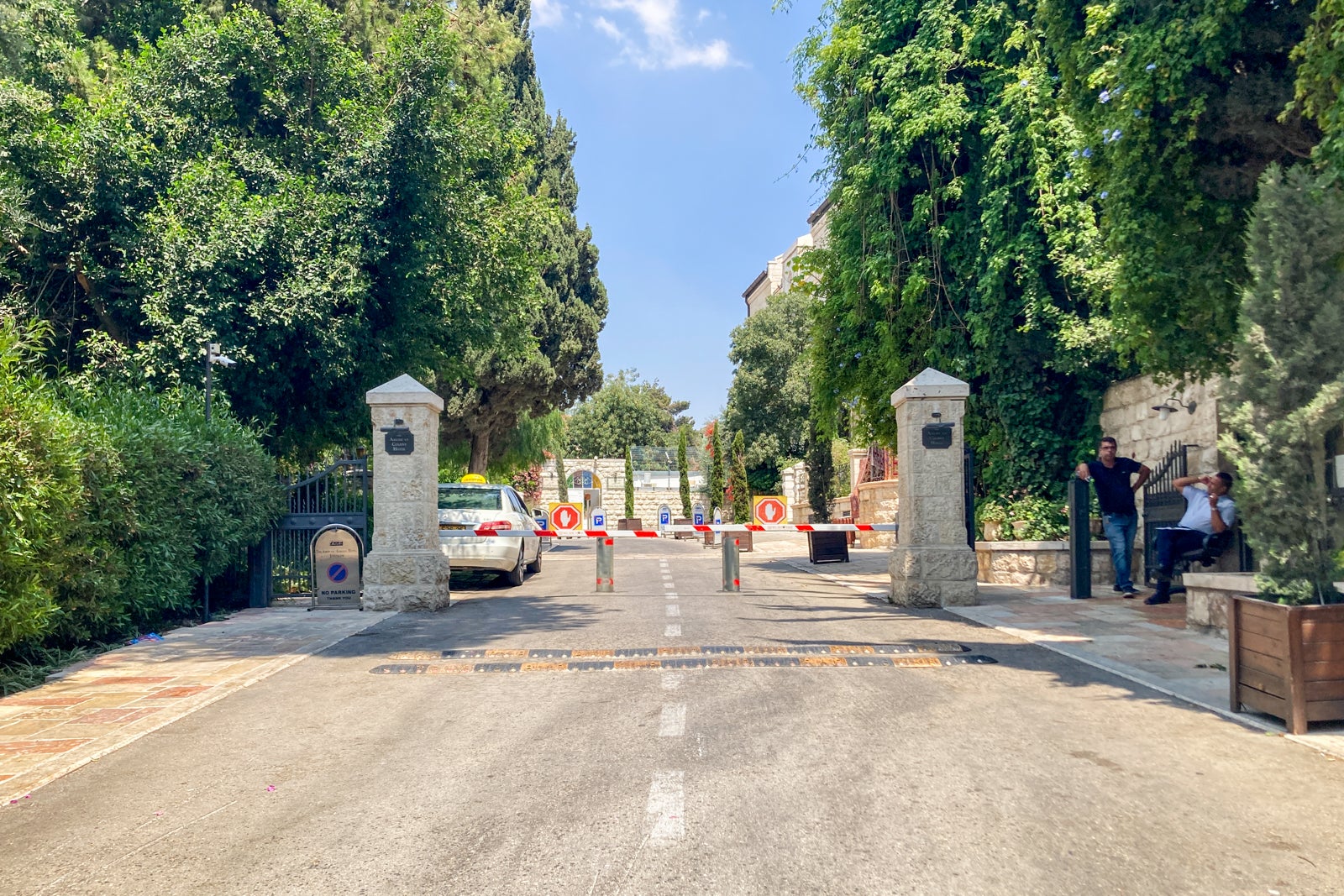
The American Colony Hotel sits in eastern Jerusalem, less than a mile from the Old City’s historic sites and approximately 35 miles from Ben Gurion Airport (TLV) in Tel Aviv. The hotel provides free parking on site for guests, and it takes roughly an hour to drive from the airport.
Taking a taxi from the airport will cost around $100 each way. An express train from the airport to Jerusalem’s Yitzhak Navon station takes 25 minutes. Trains run at regular intervals and cost $5. From the train station, an abundance of taxis, buses and trams can take you to the American Colony Hotel in less than 15 minutes. I found the Moovit app easy to use and reliable for public transport throughout my stay.
Booking details
As you’d expect in a city full of expensive hotels and a surfeit of tourists during the numerous religious holidays celebrated there, hotel prices can fluctuate dramatically. If you intend to visit around a major holiday, you’ll need to book well in advance and expect to pay much higher rates than at other times.
On off-peak dates, a standard room at the American Colony Hotel can range from $350-$375 per night. On peak dates, expect minimum stay requirements and rates between $450 and $500 for a standard room. Upgraded rooms and suites are available as well. Expect these to range from 50% to 100% above the standard room rates on any given date.
You can book stays at Small Luxury Hotels properties using World of Hyatt points. The American Colony Hotel is a Category 6 property, meaning you’ll pay 25,000 points per night for a standard room during standard pricing. This can go down to 21,000 points per night during off-peak periods and up to 29,000 points per night during peak dates. I paid $353 per night for two nights rather than spending 50,000 points, which would have yielded a redemption value of 1.4 cents per point — less than the average value TPG assigns to Hyatt points.
Related: Your guide to World of Hyatt award charts
Standout features
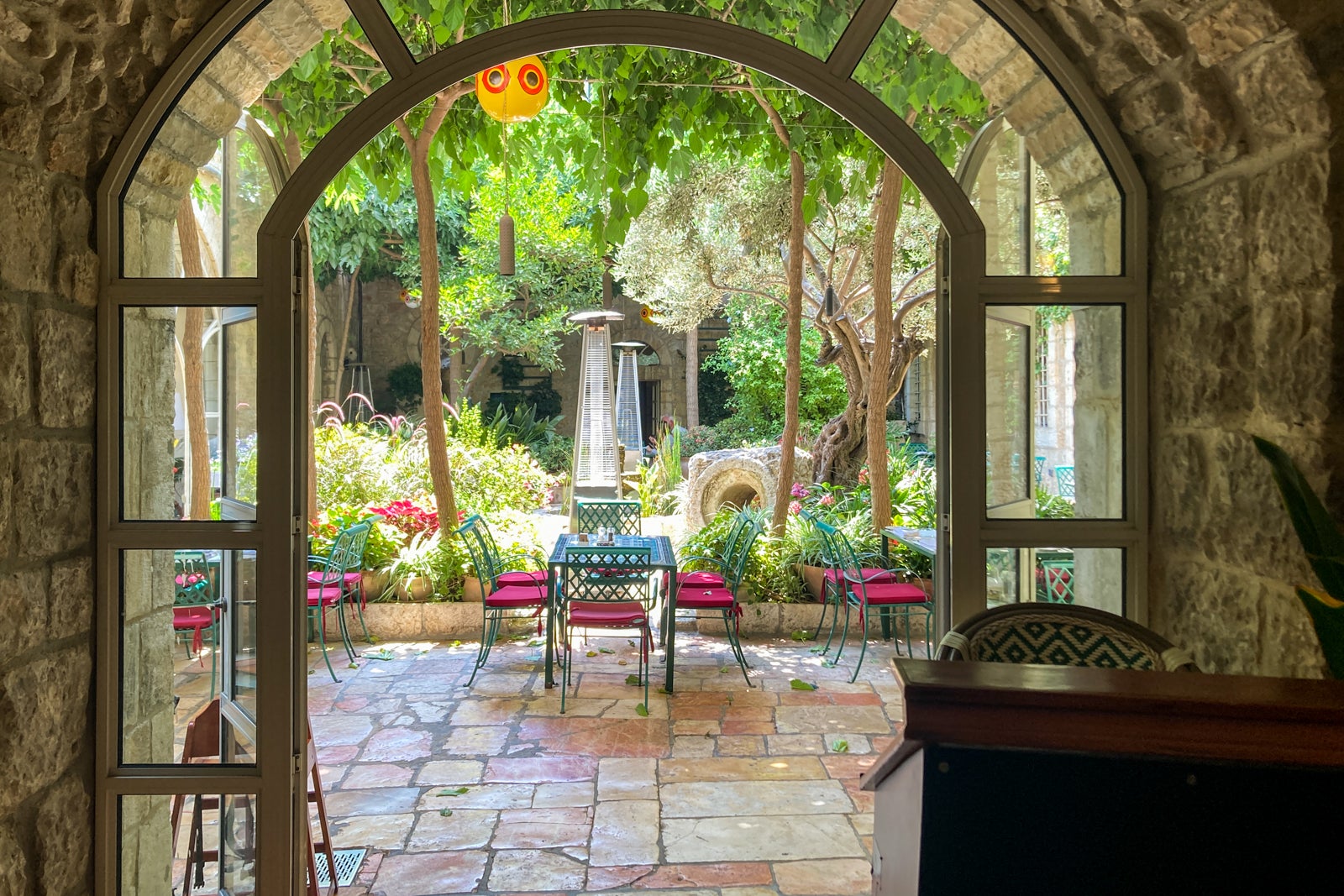
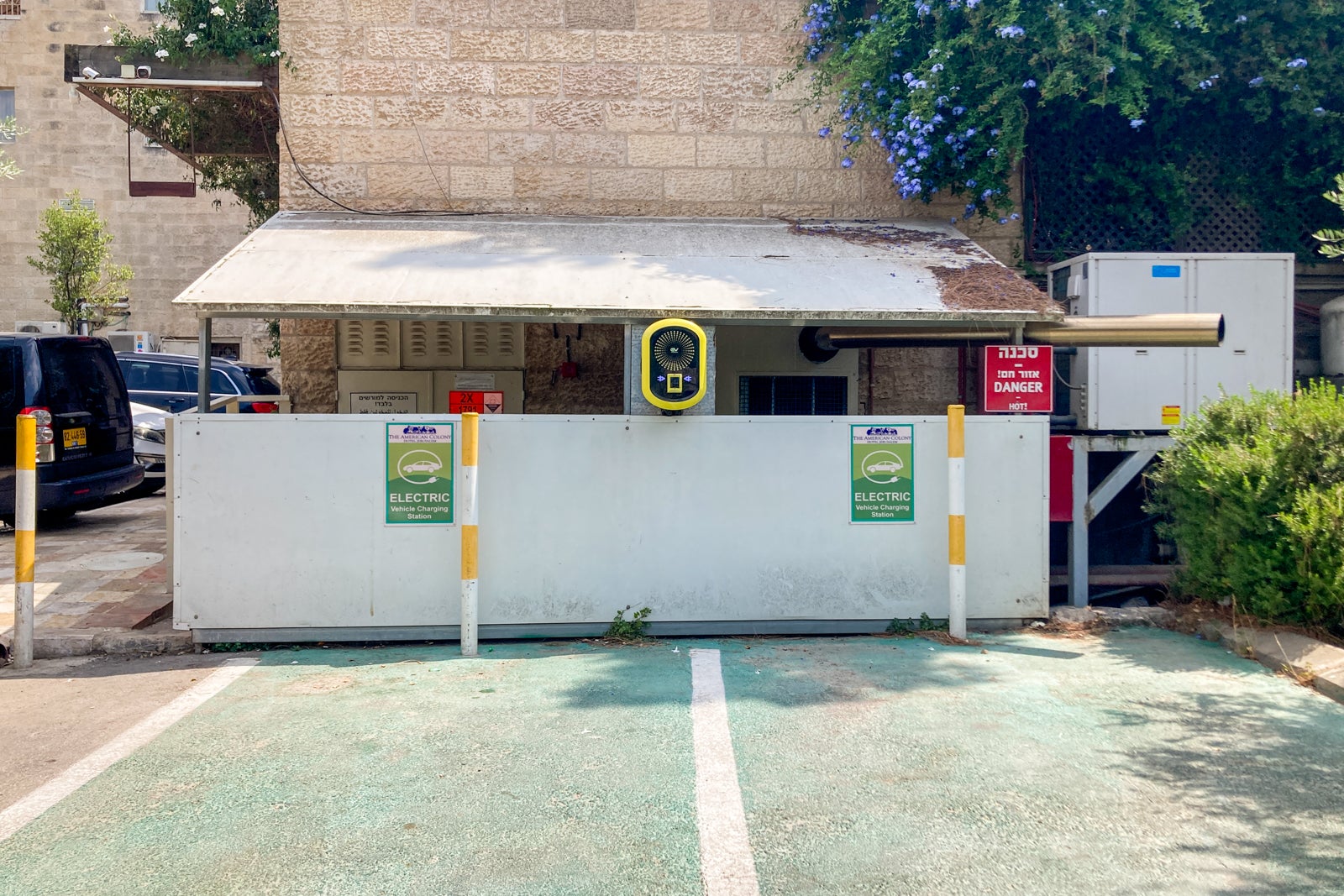
- There are numerous seating areas throughout the gardens, all with ample shade, so you aren’t forced to hang out in your hotel room. The seating areas include sofas near the reception desk and benches under mulberry and olive trees planted around the grounds.
- The large swimming pool was never noisy, despite its popularity with guests seeking relief from the heat.
- The hotel’s location means you can walk to the Garden Tomb and tourist attractions in the Old City within 15 minutes, as well as numerous local restaurants and cafes.
- The on-property restaurants provide something for everyone, incorporating cuisines and dishes from across the globe to cater to the hotel’s international clientele.
- Having unlimited, free phone calls worldwide from your guest room is a useful and potentially money-saving amenity.
Drawbacks
- Guest rooms look like they have seen better days and it might be time for a refurbishment.
- Walking from the bus stop or light rail stop (if coming to the property via public transportation) to the hotel is a 10-minute uphill walk on a moderate slope, which can be difficult with luggage.
- The tub for the shower requires a high step to get in, which could be difficult for some guests to navigate.
The vibe
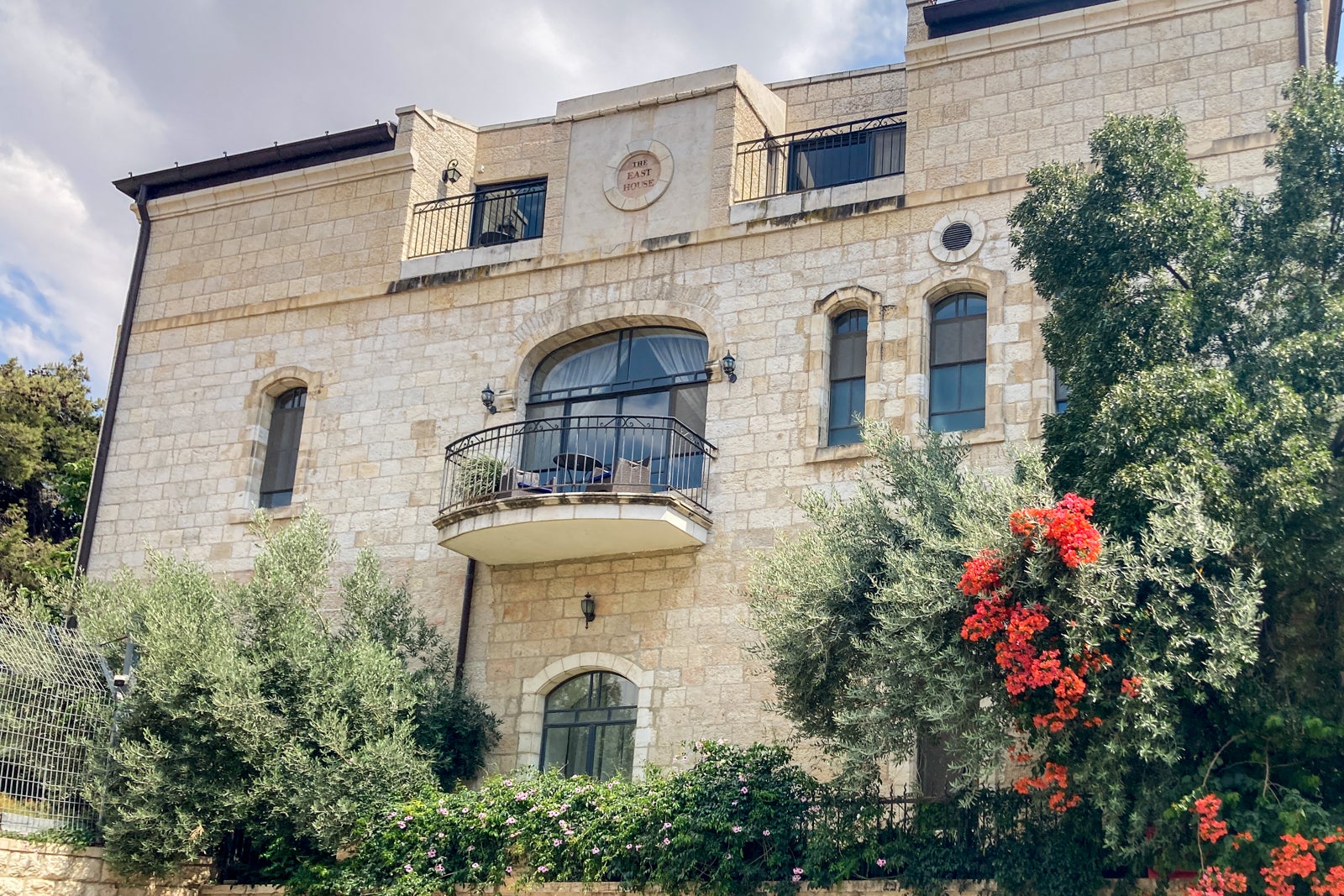

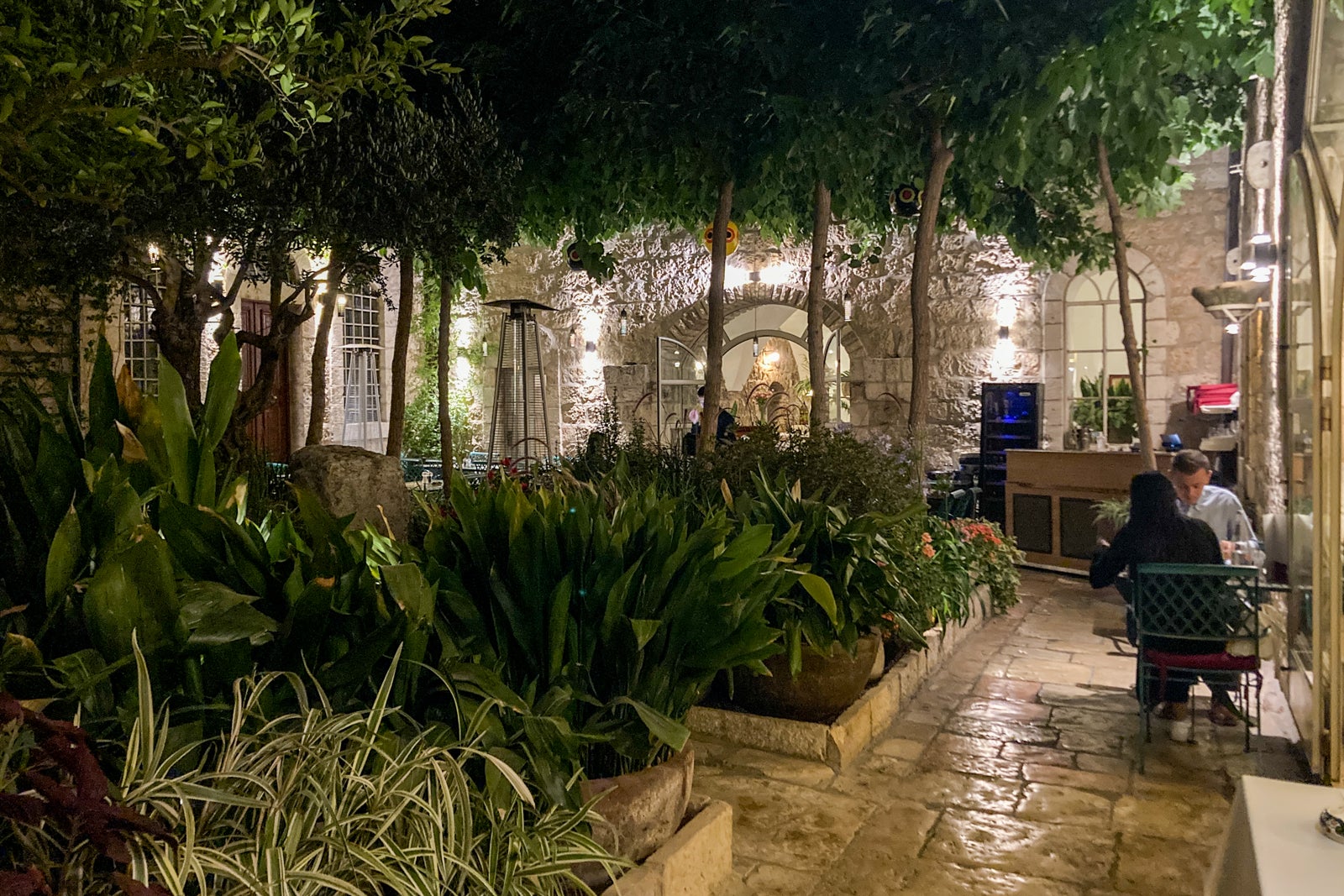
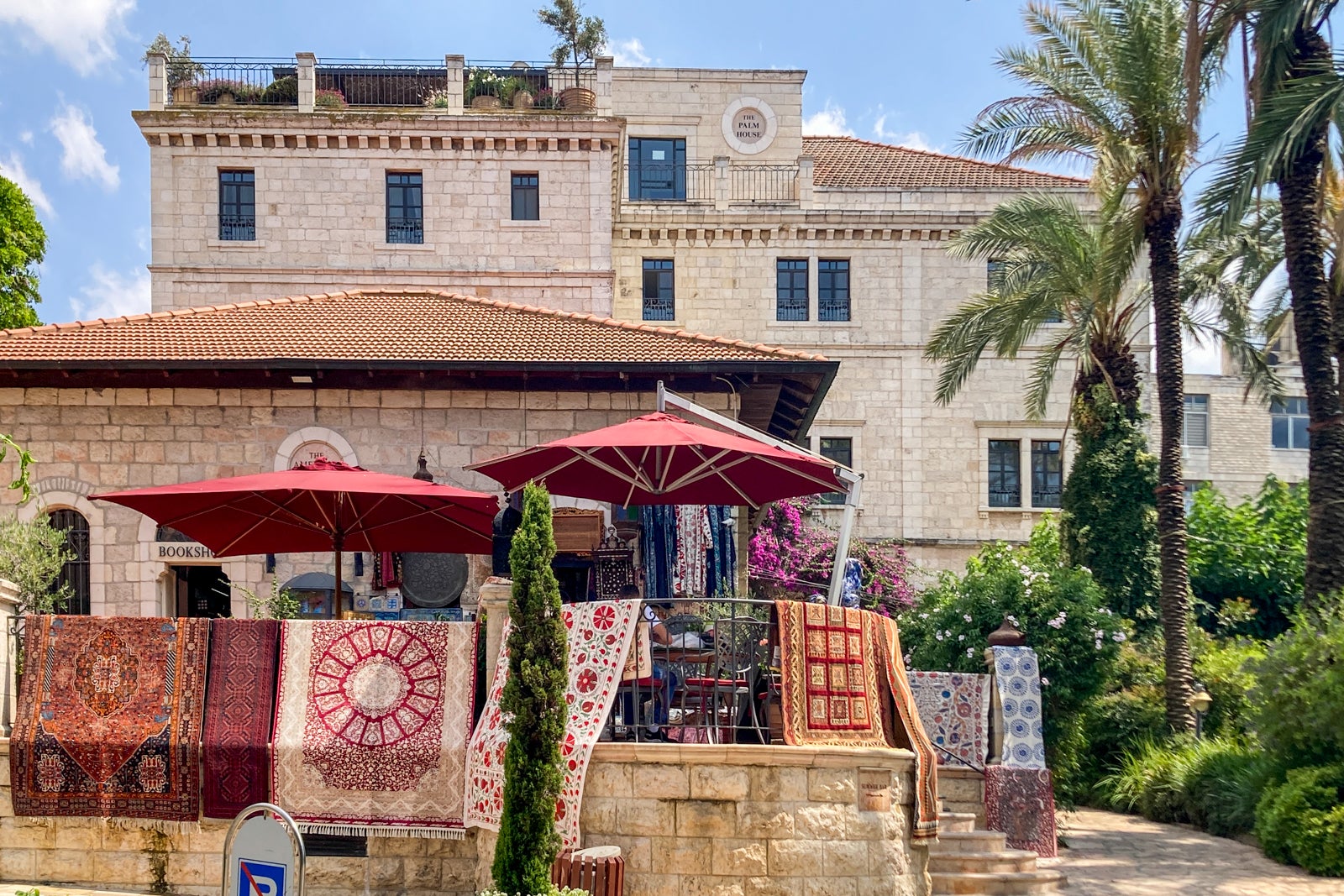
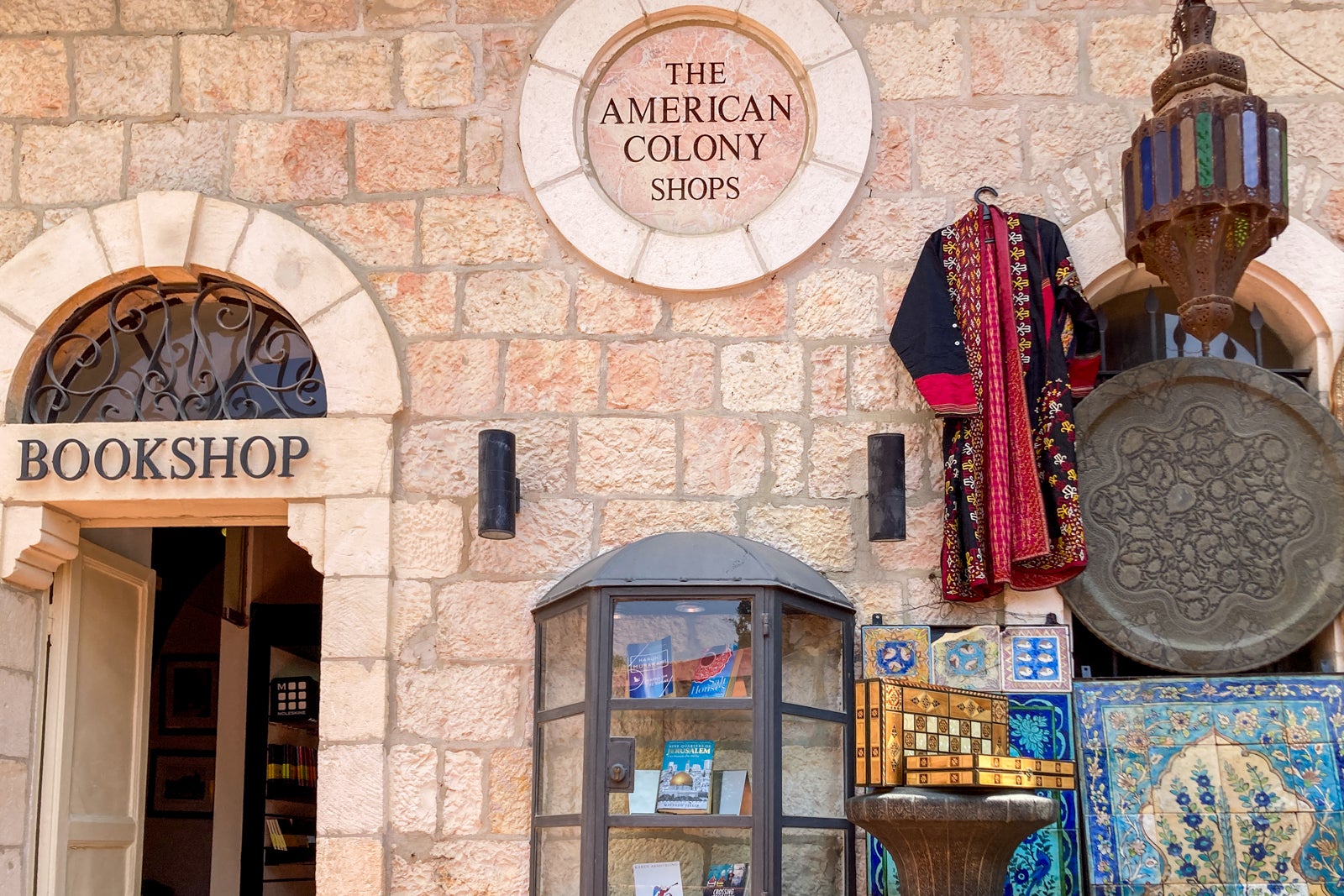
The hotel incorporates multiple buildings that were previously unaffiliated. They have been brought together in a unified way that creates a kind of boutique-style complex centered around the main building and its courtyard.
The hotel has expanded on its original garden — which is still present — to create a rambling, blooming green space in a modern city. The flora includes mulberry and olive trees that provide shade, block noise and give a feeling of privacy. Herbs from the garden are also used in preparing dishes at the on-property restaurants.
The indoor restaurant sits in a secluded courtyard that makes it feel like an exclusive social club. Dining at the tree-shaded tables at the outdoor restaurant feels like a garden party with friends. A bookshop and handicraft gallery peddle authentic souvenirs and gifts while adding to the historic atmosphere of the property.
The room
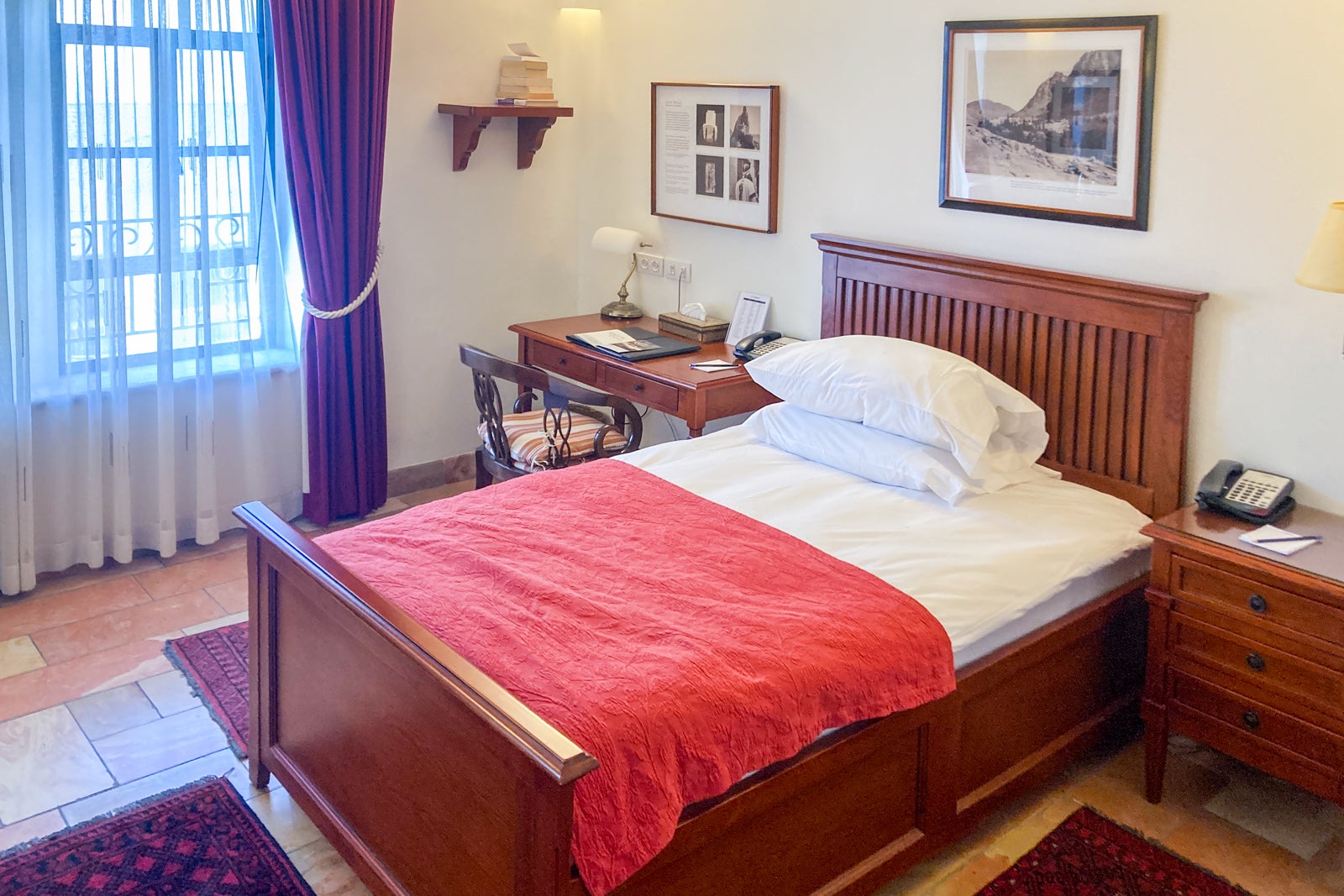
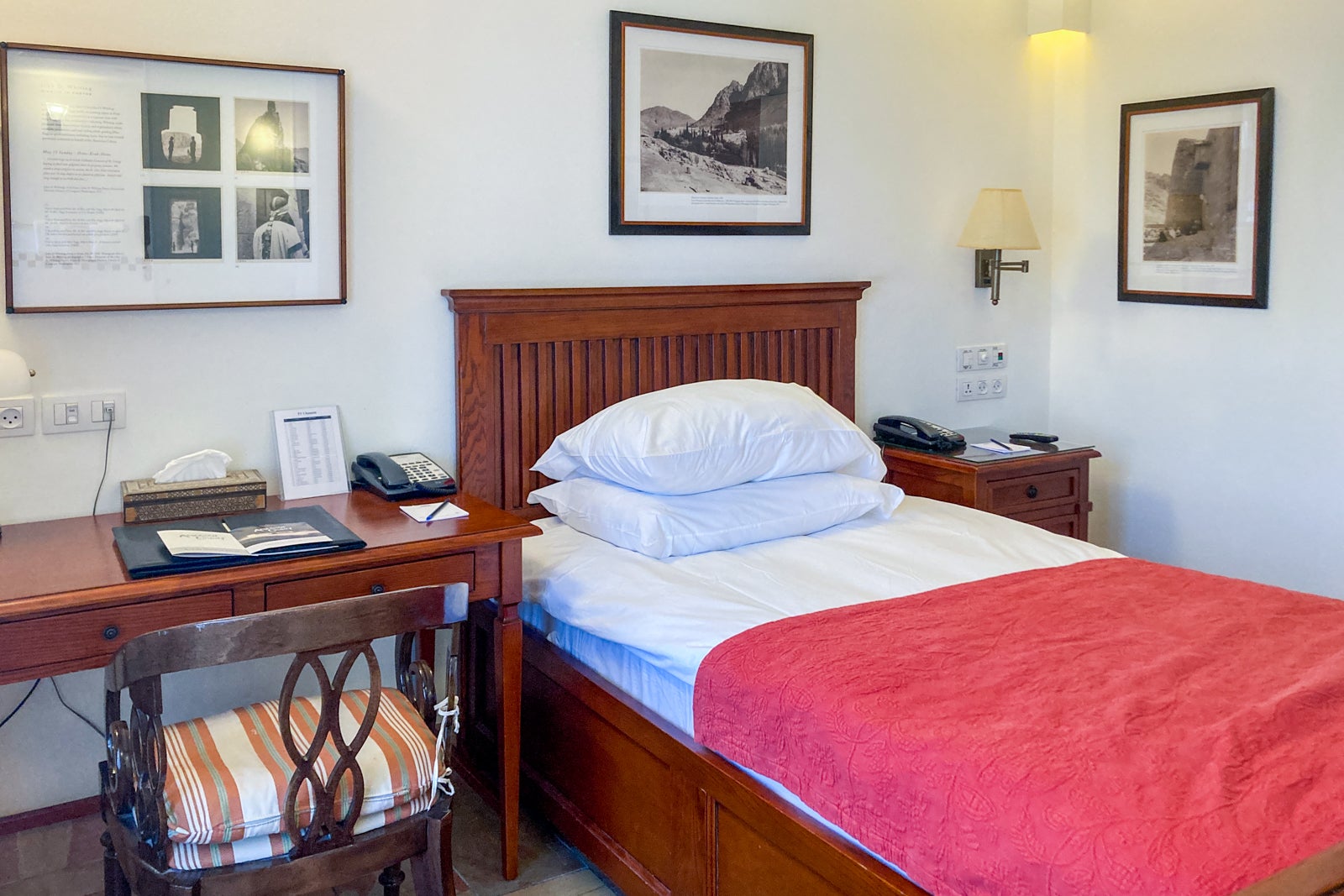
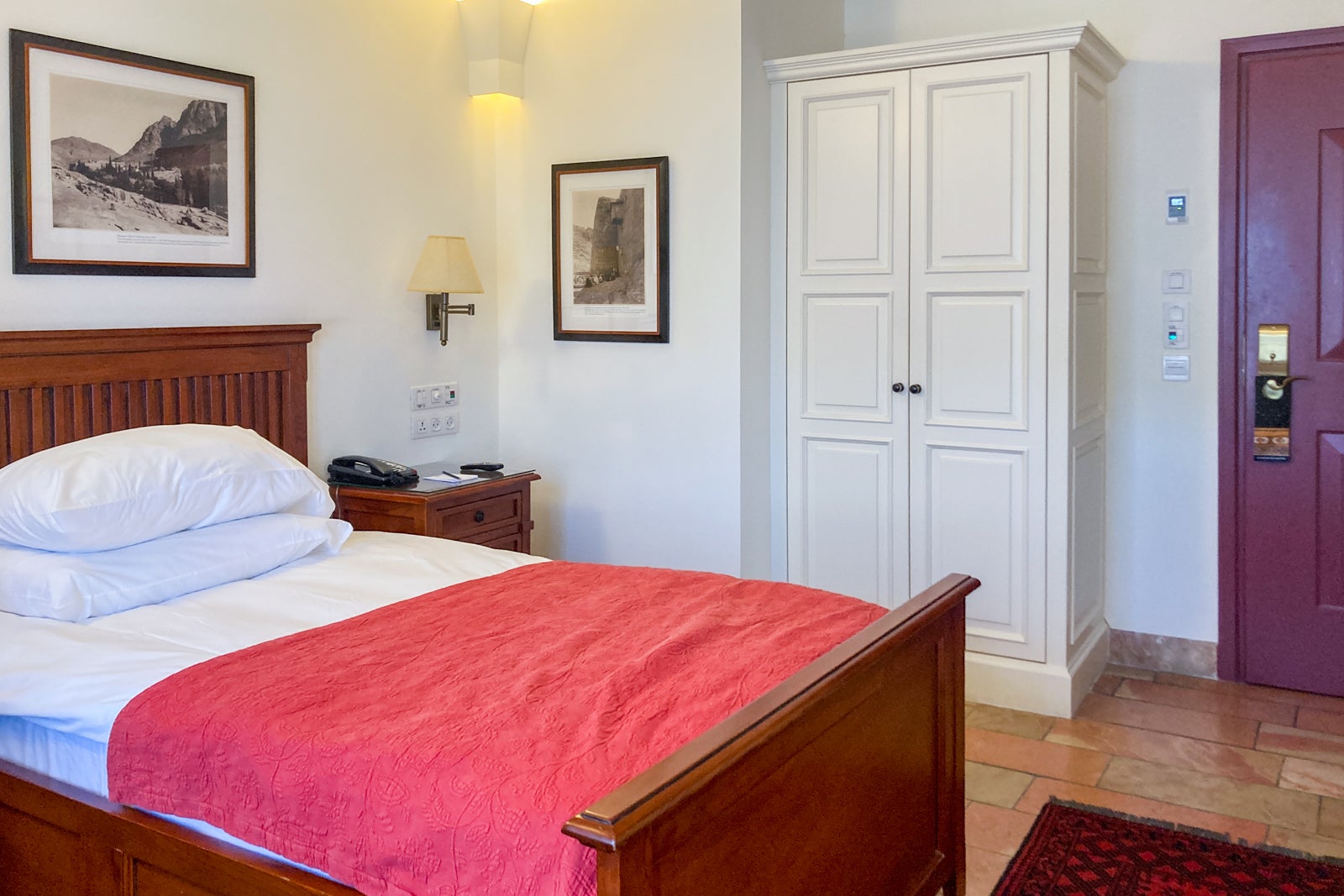
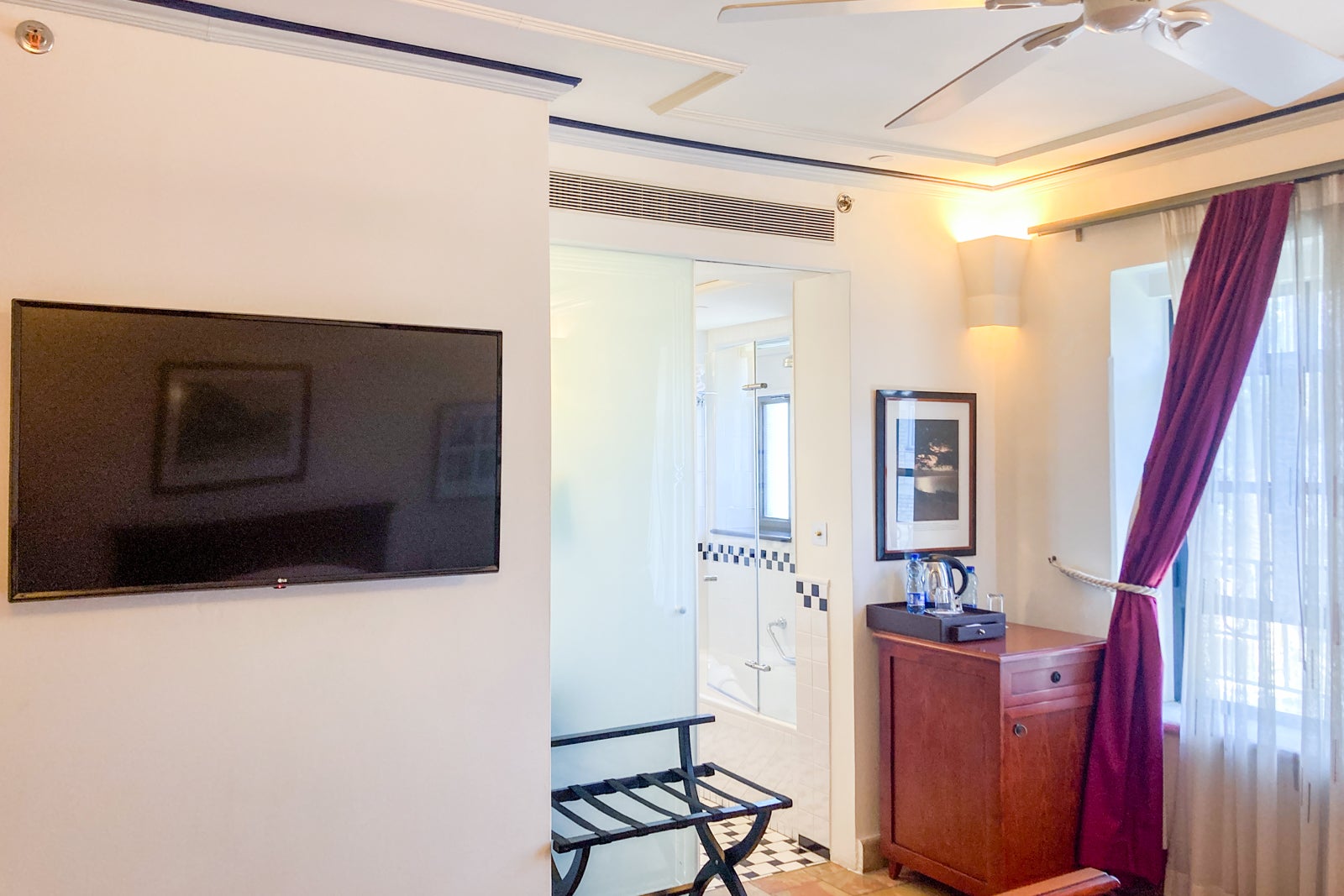
Since I was traveling alone, I opted for a standard room with a single bed, which was available for the cheapest rates during my visit. It was not large by any stretch of the imagination, encompassing just 183 square feet. The layout was convenient, however. Open closet doors didn’t prevent access to the bathroom, for example. Tile floors in the bedroom and the bathroom kept the room cool, as well. On the wall opposite the bed, there was a 43-inch TV.
I found the mattress a bit thin. It had a soft, worn spot in the middle but hard edges and corners. The lightweight sheets weren’t uncomfortable but aren’t anything you’d specifically seek out on your next shopping trip. Two pillows were provided: a larger, fluffier option with faux-down filling and a smaller, firmer option made of foam.
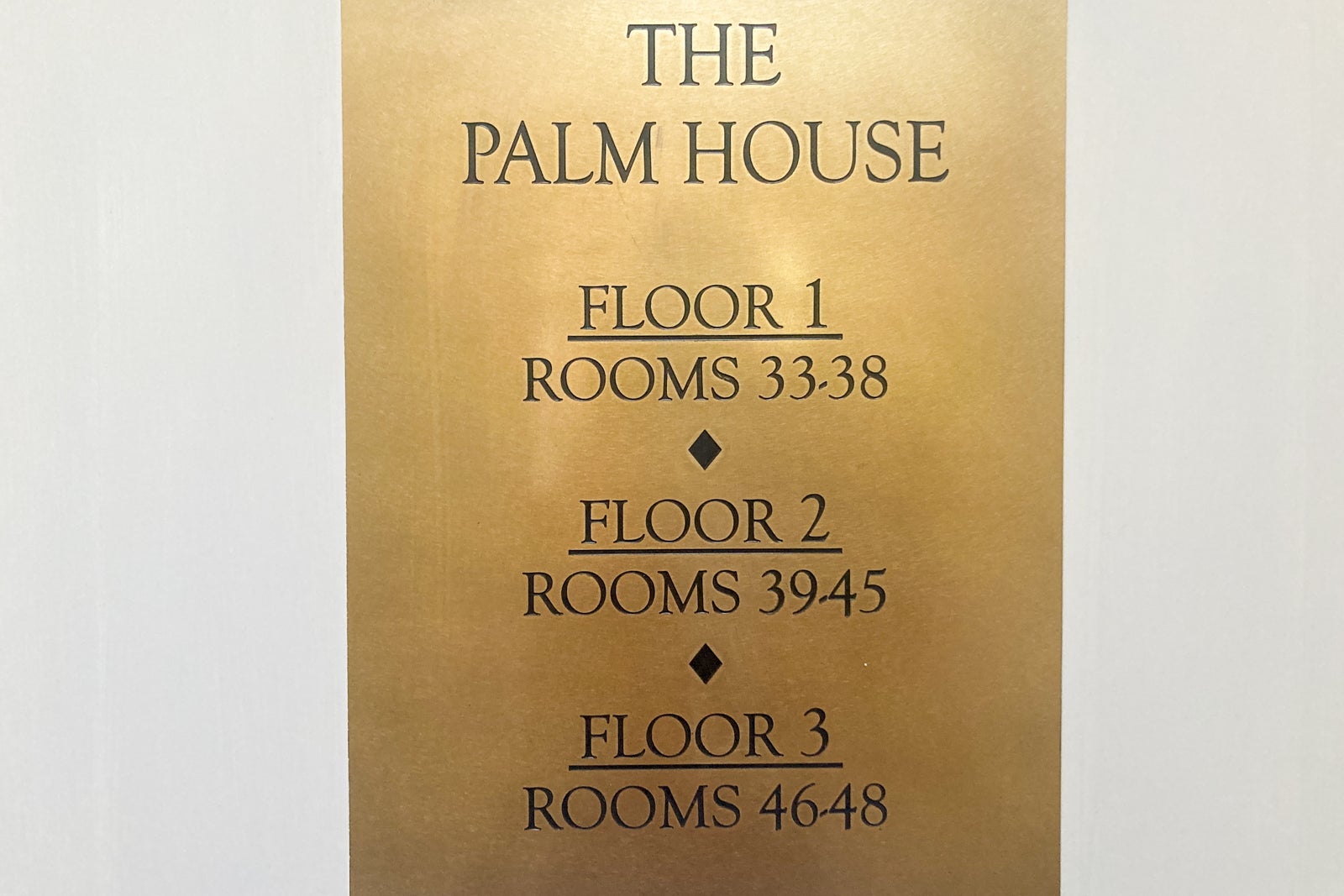
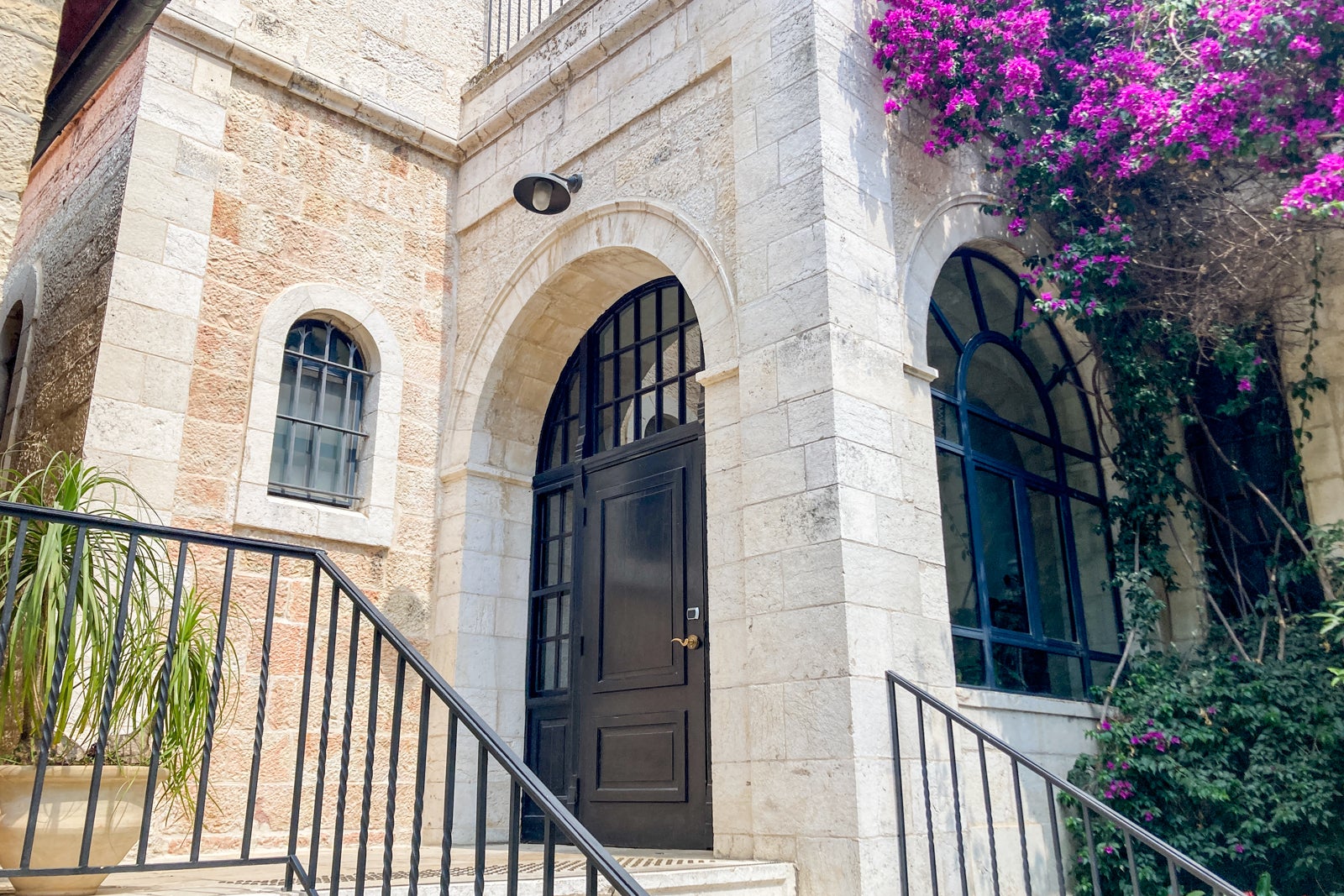
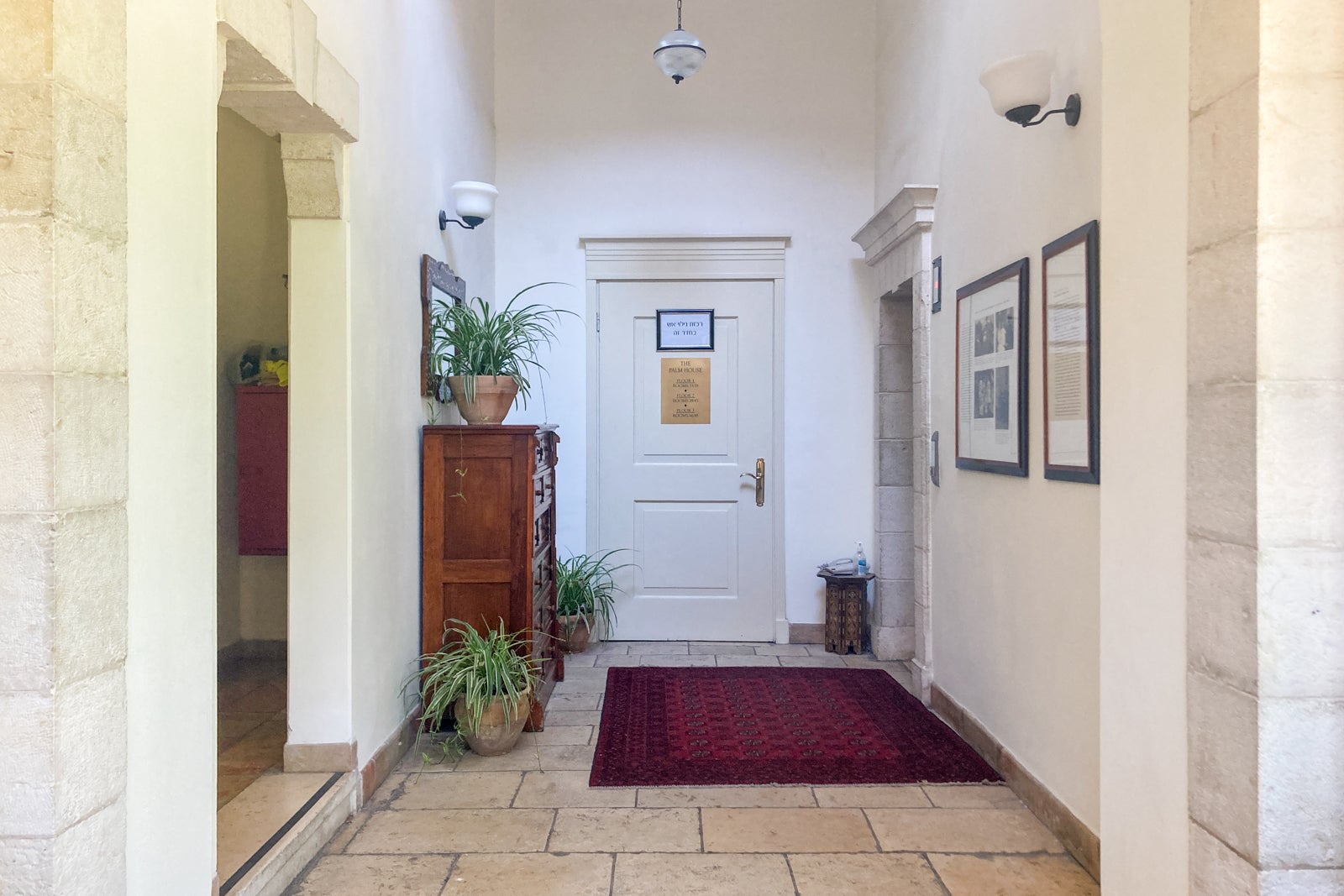
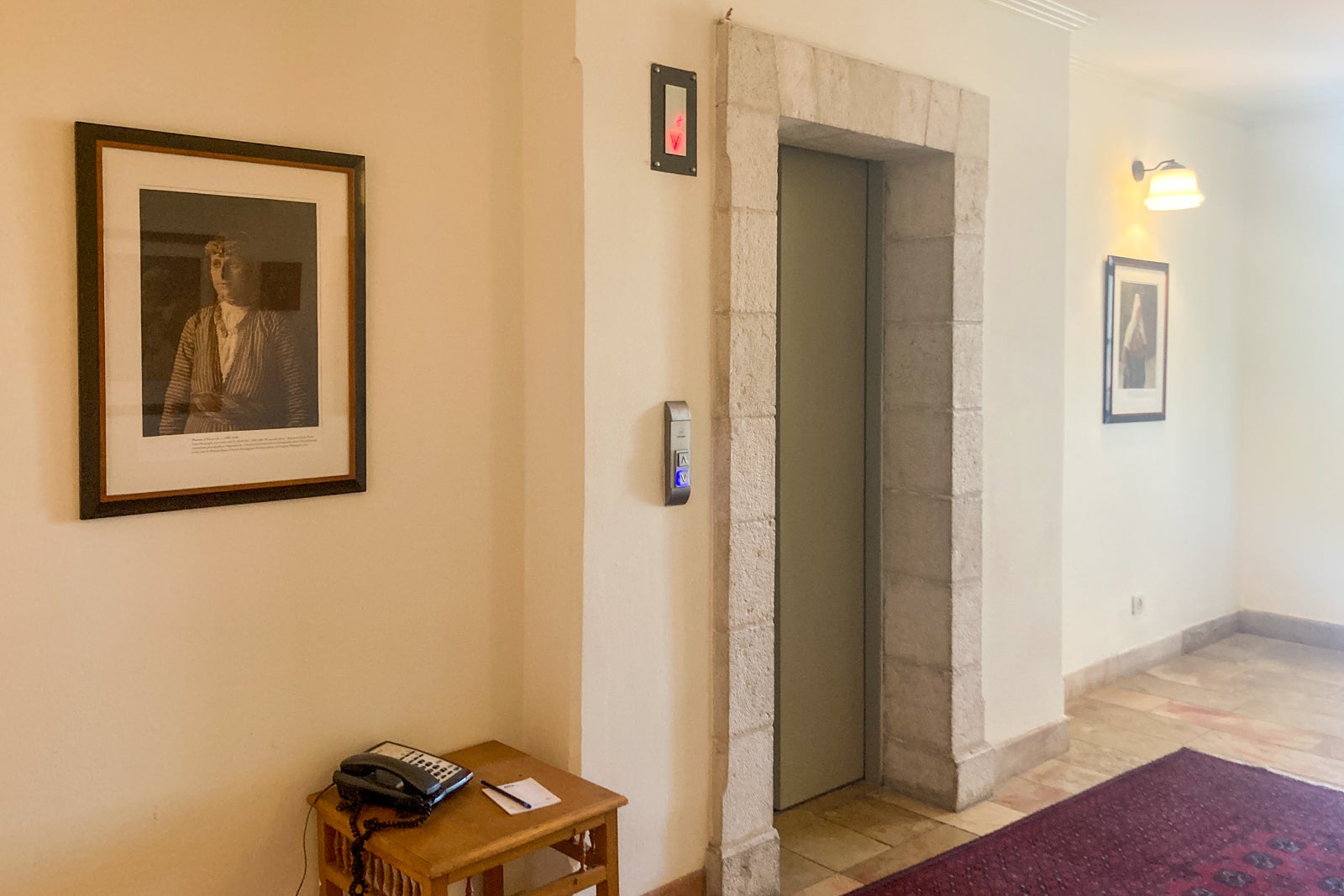
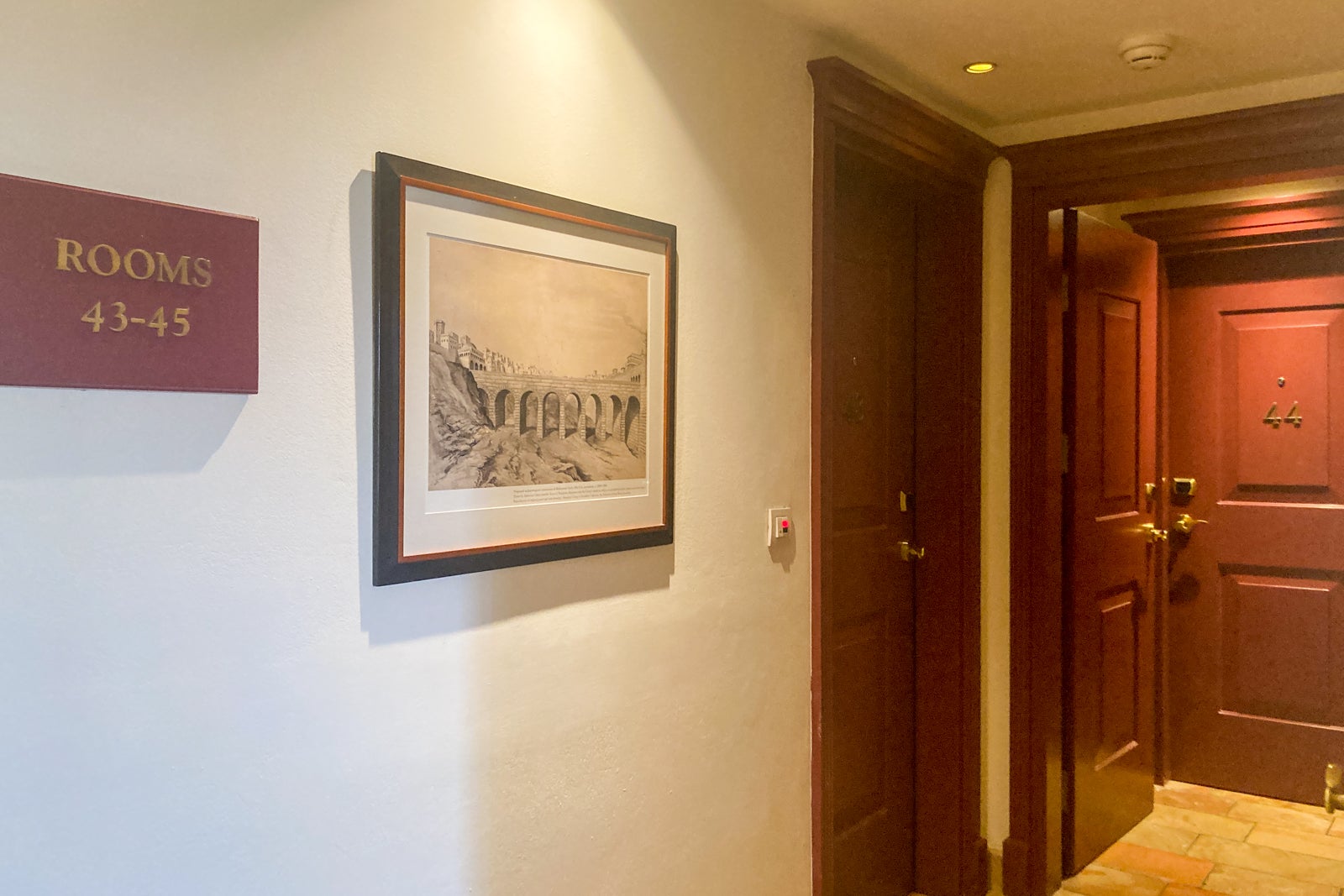
My room was in the Palm House, which has just three floors and only 16 rooms. There are stairs and a small elevator to access the rooms, and despite the entrance to my room (43) being surrounded by doors to other occupied guest rooms, I never heard noises in the hallway or slamming doors.
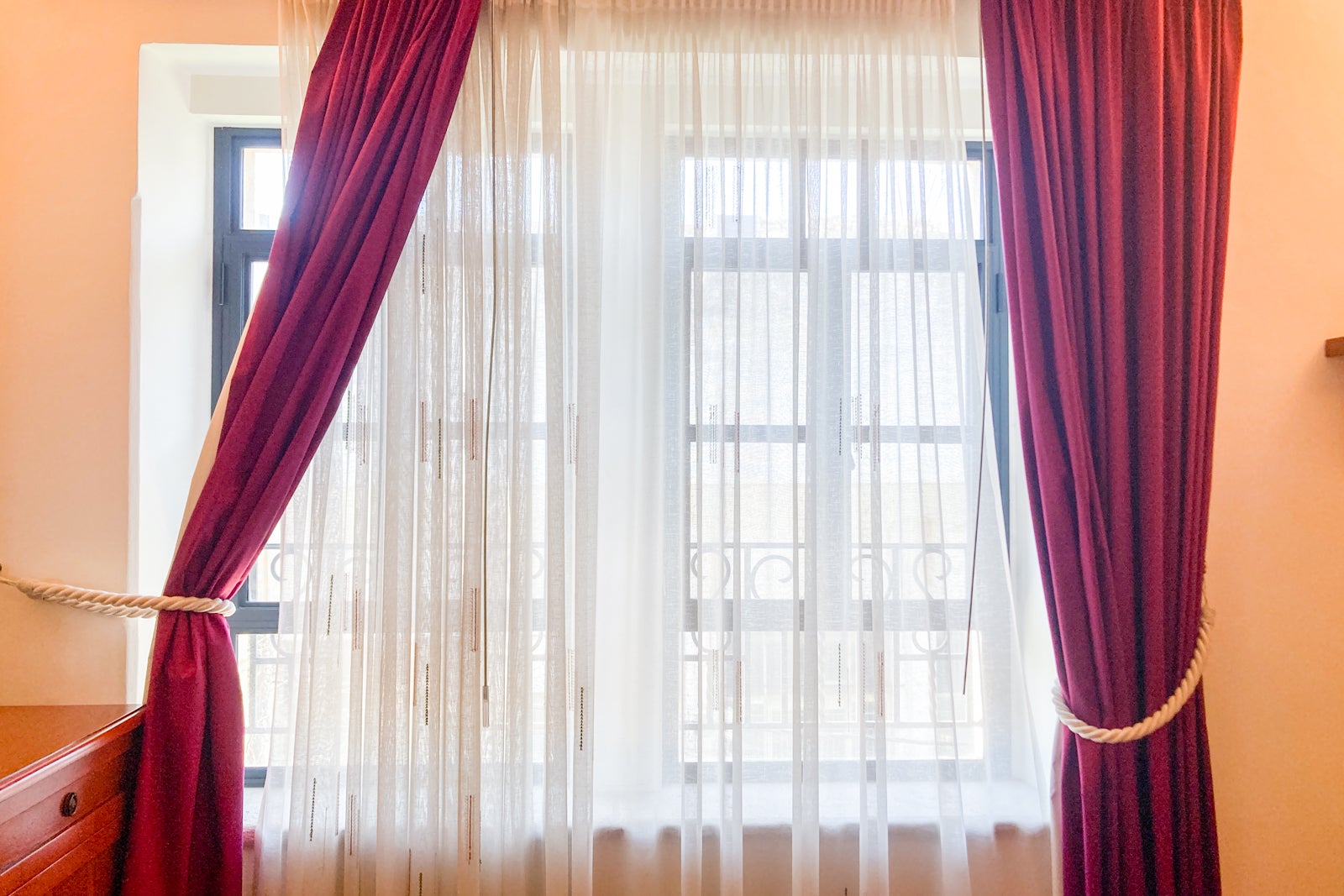
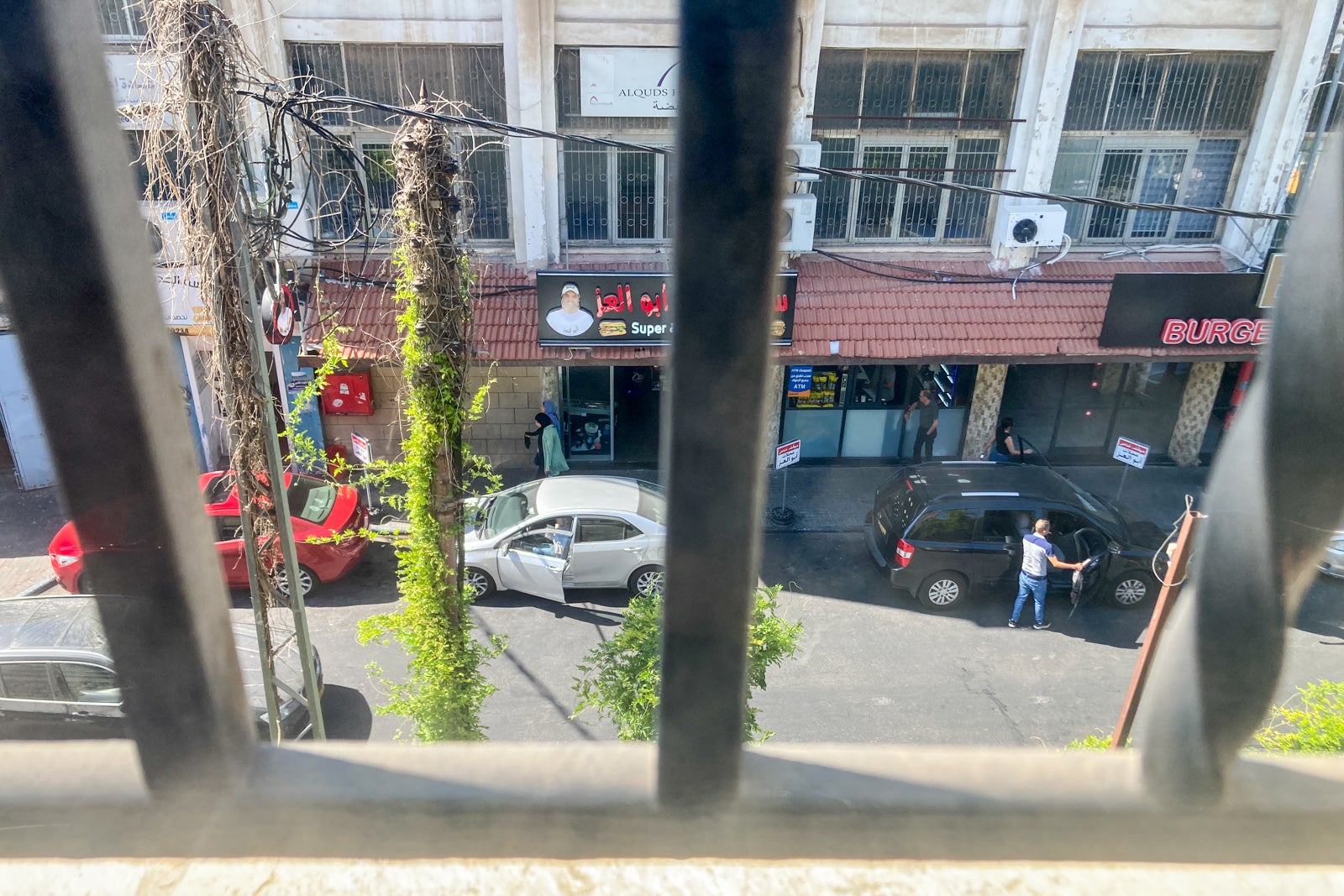
My windows overlooked an alley and could be opened. Though I saw cars and pedestrians visiting the shops below throughout the day, the noise level wasn’t bothersome.
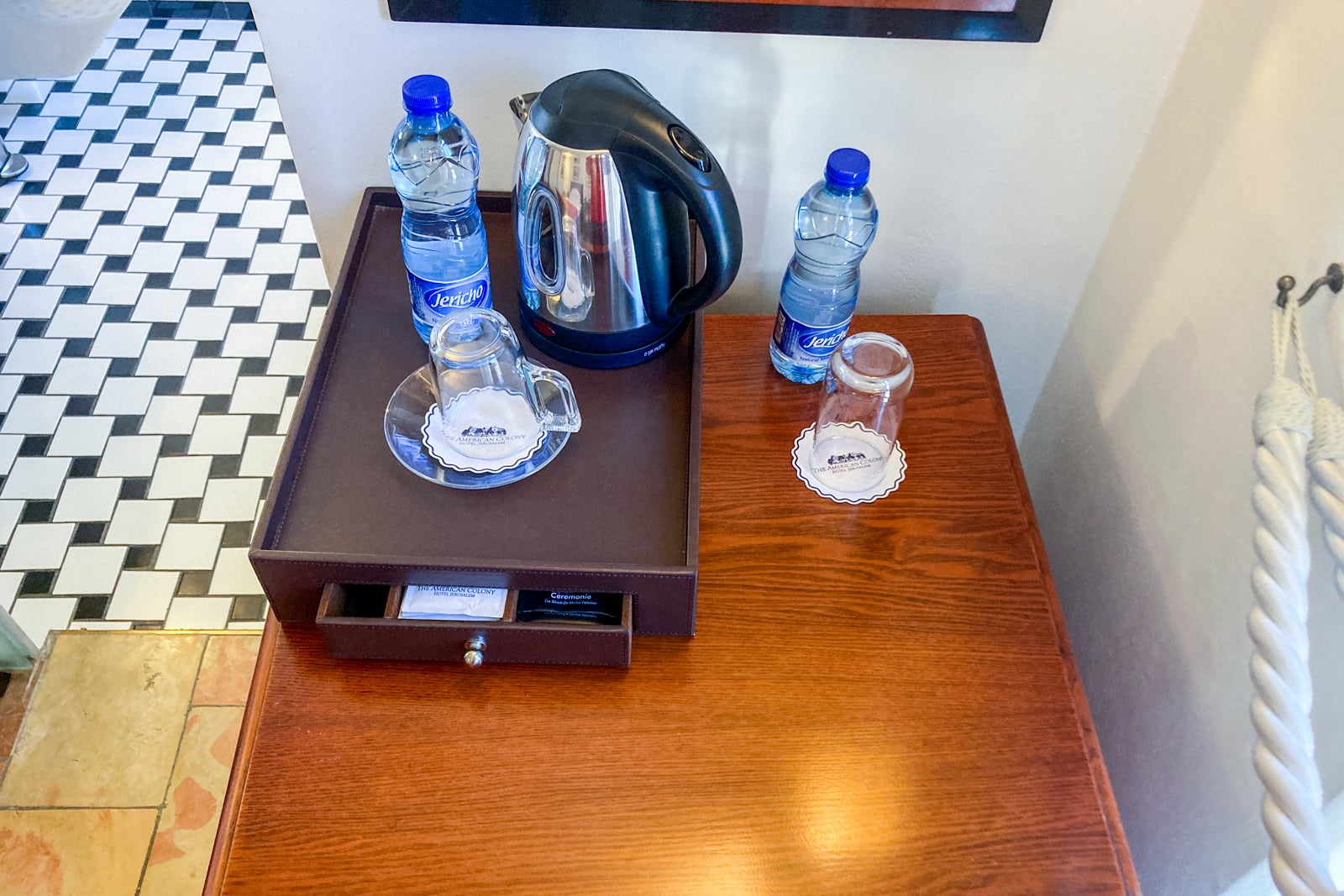
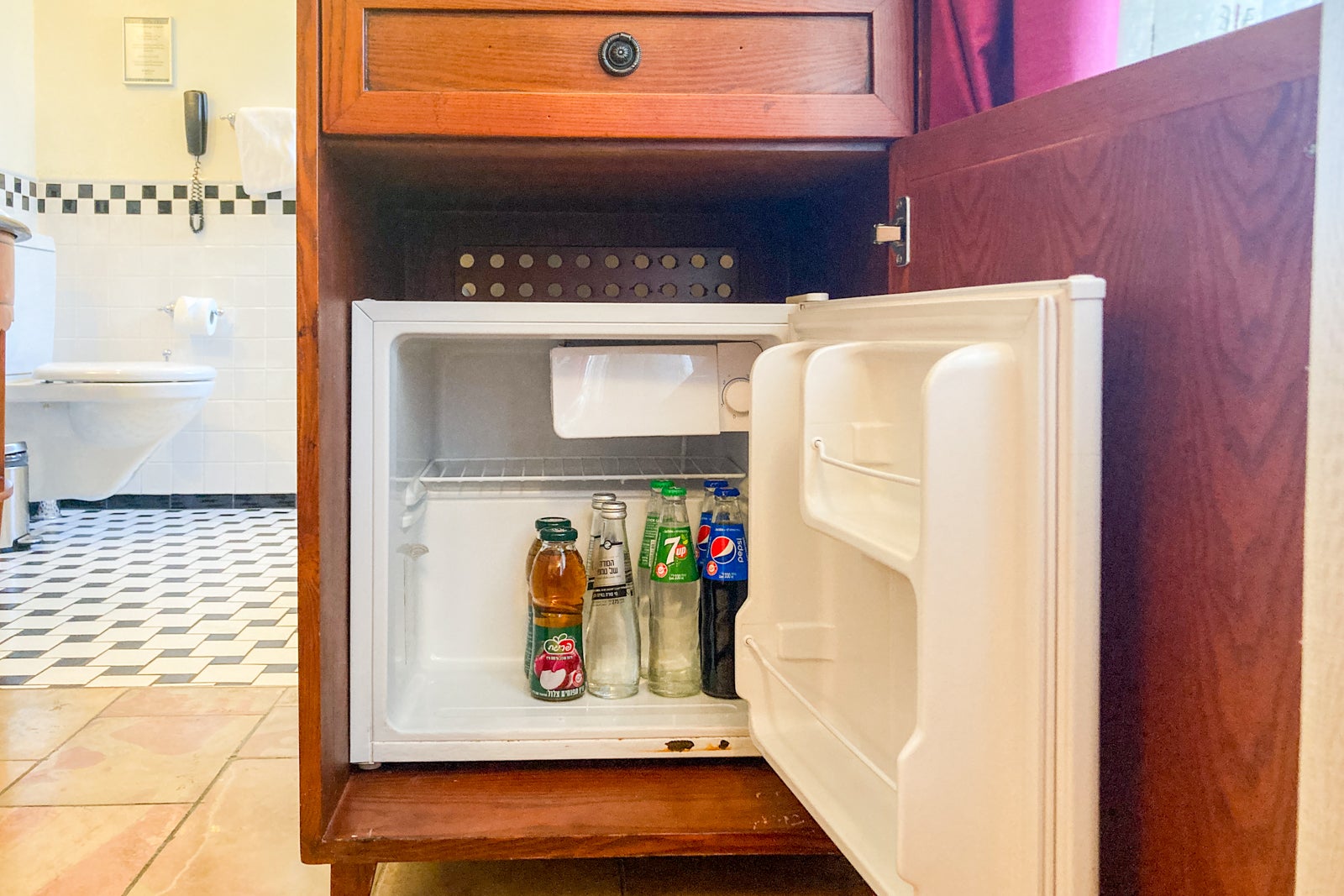
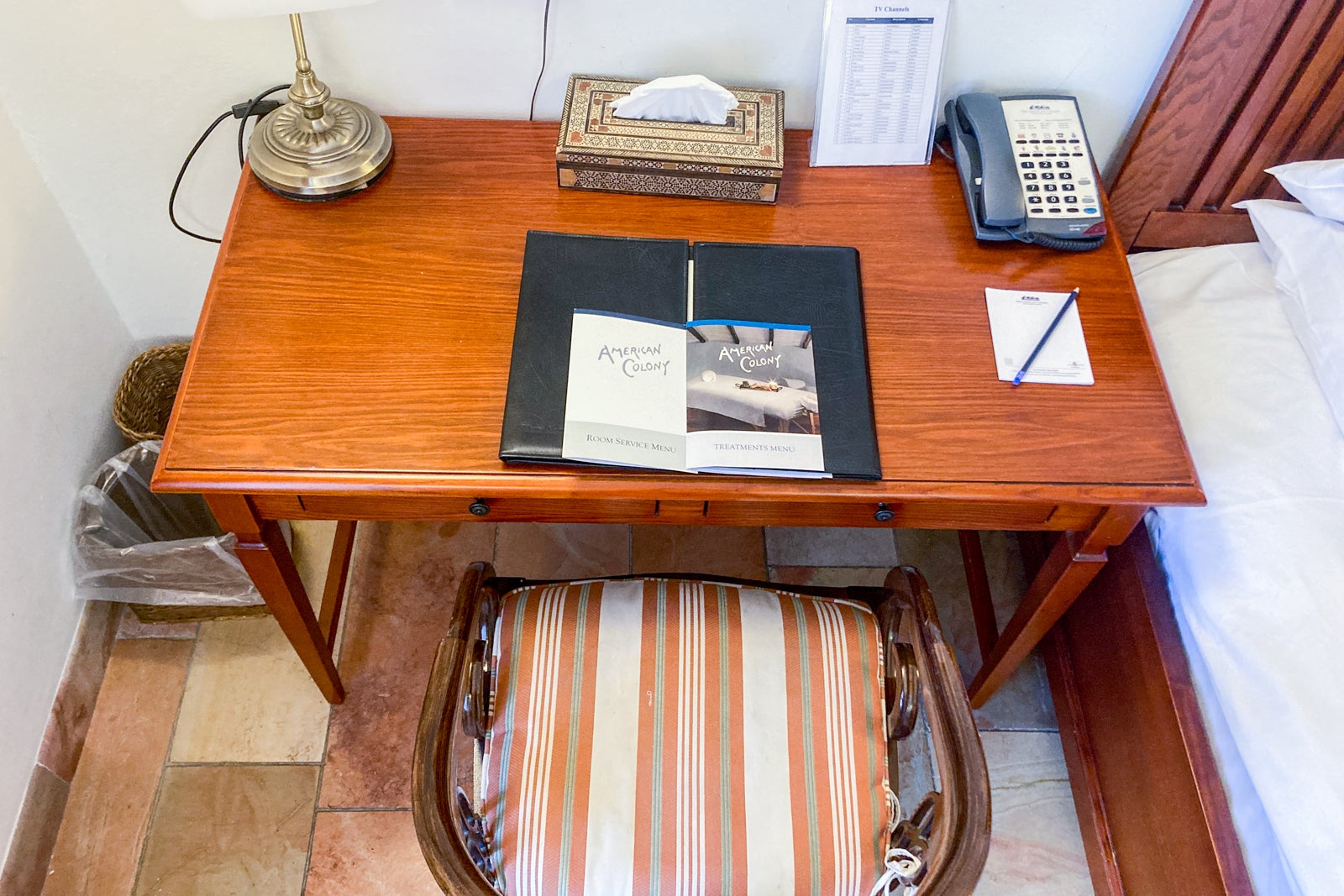
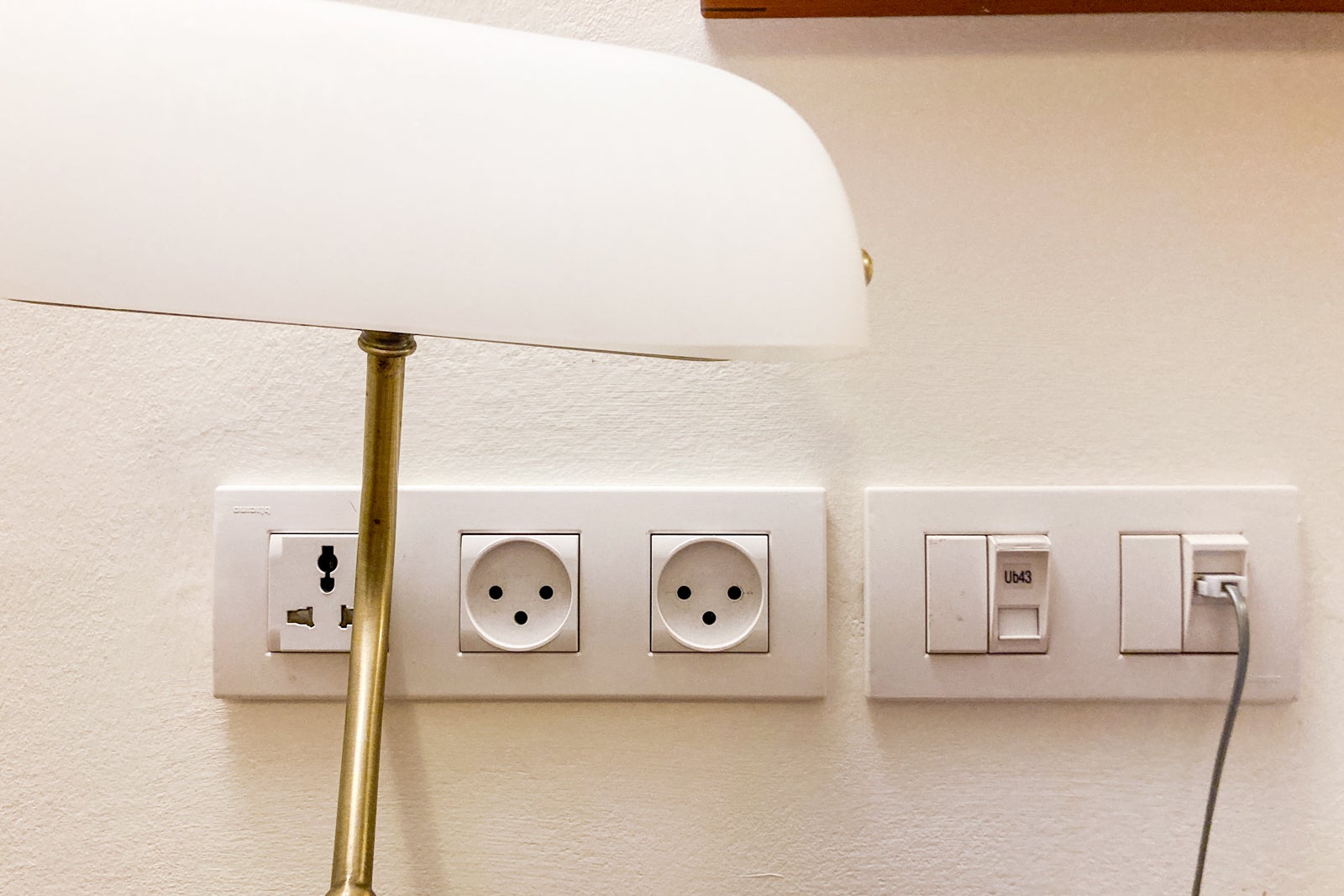


Despite its small footprint, the room had several convenient amenities, including a kettle with tea and coffee supplies and a minifridge with soda, juice and water inside. While the room controls and outlets appeared dated, they worked easily and provided both European-style and universal-style outlets for charging devices. Outlets were available on both sides of the bed, including at the desk. A thermostat to control the room’s air conditioning unit was next to the door and worked well in the early summer heat.
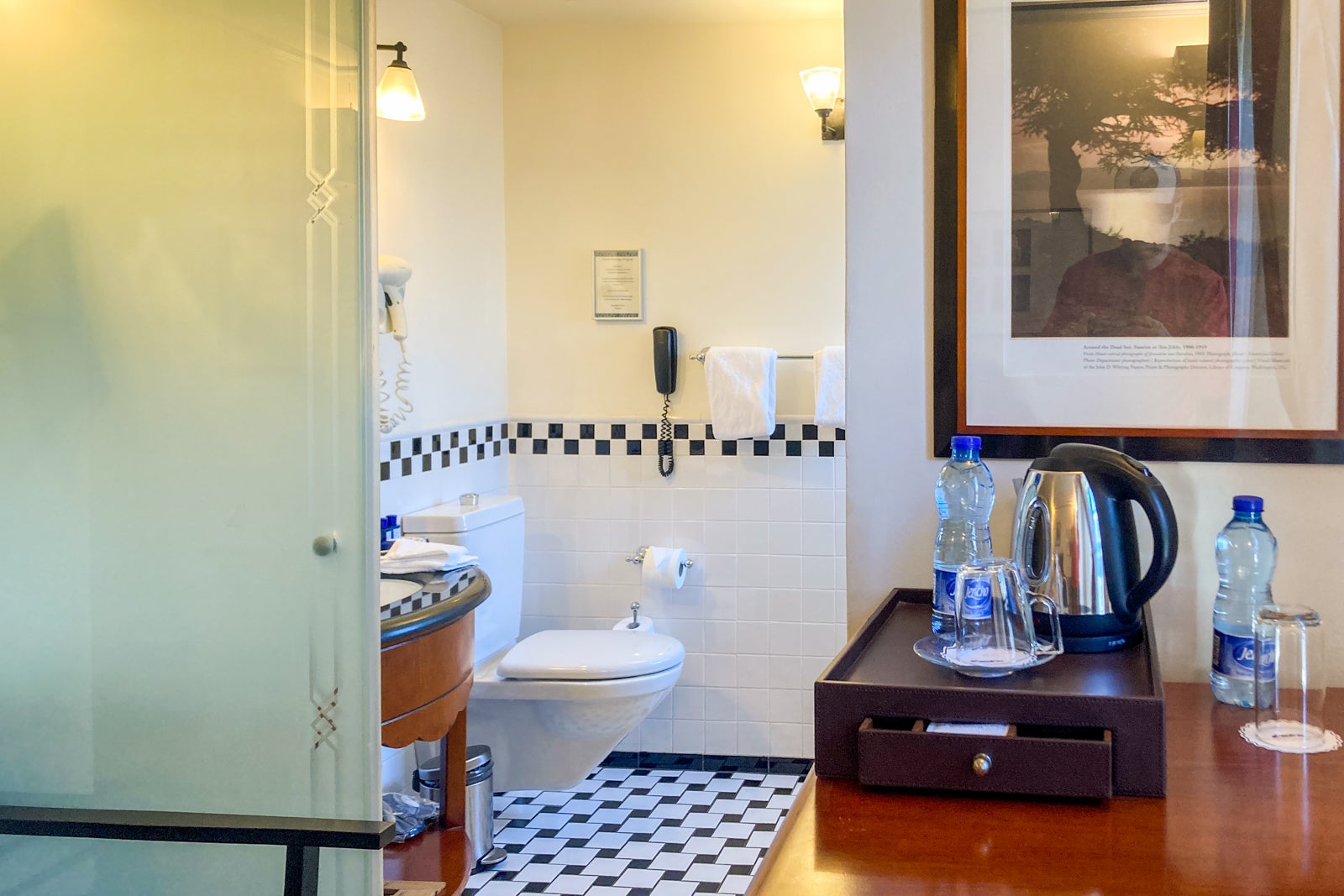
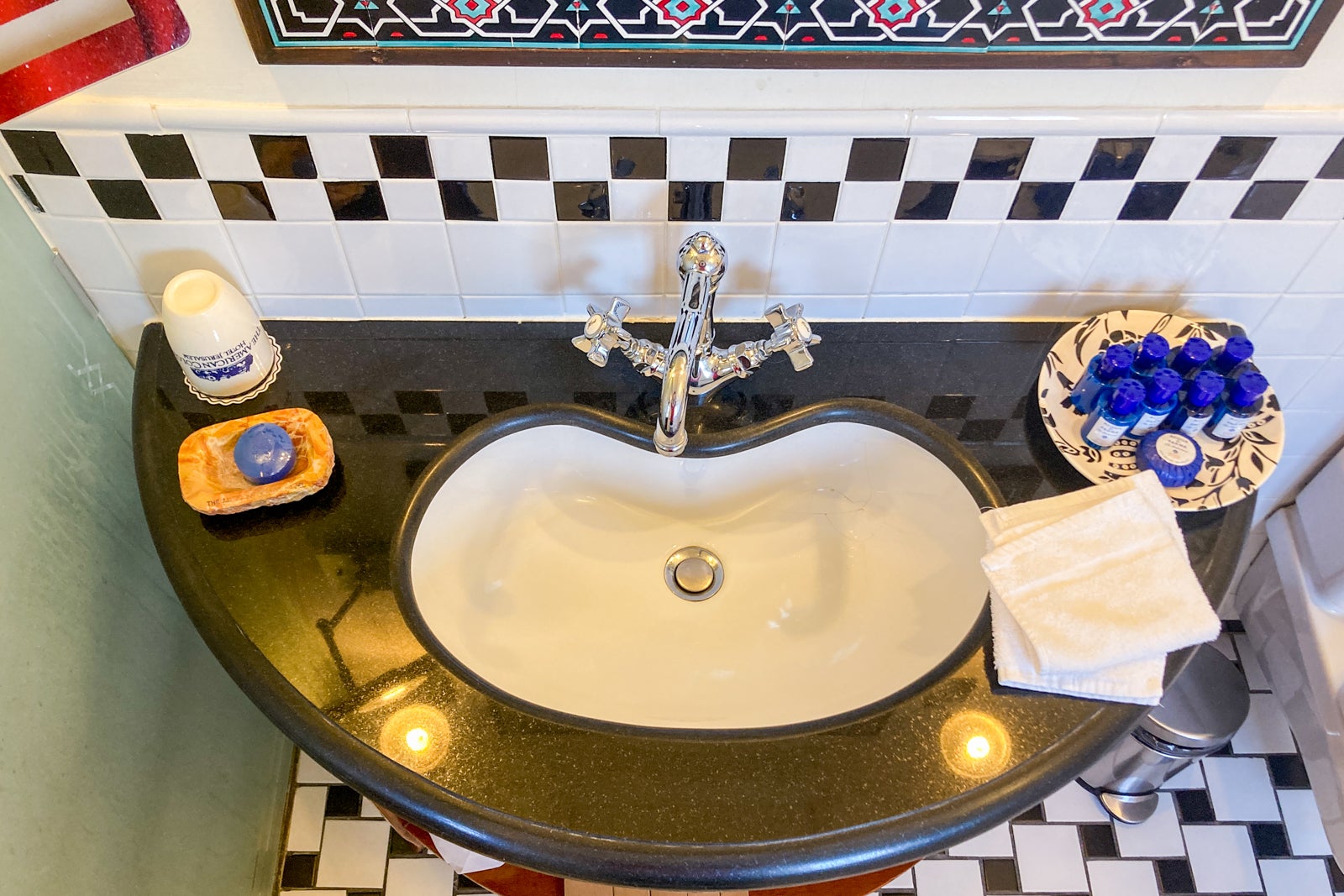
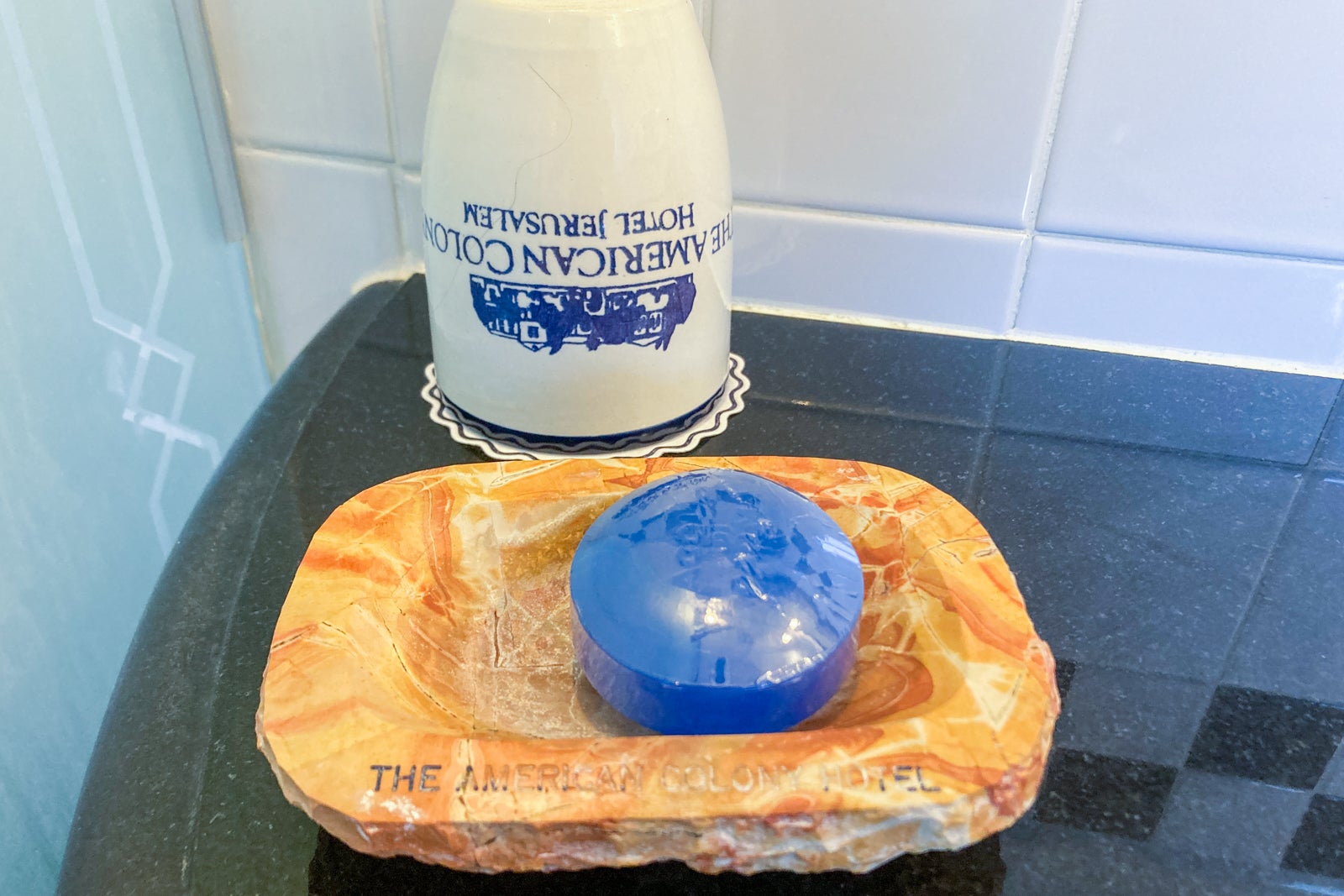
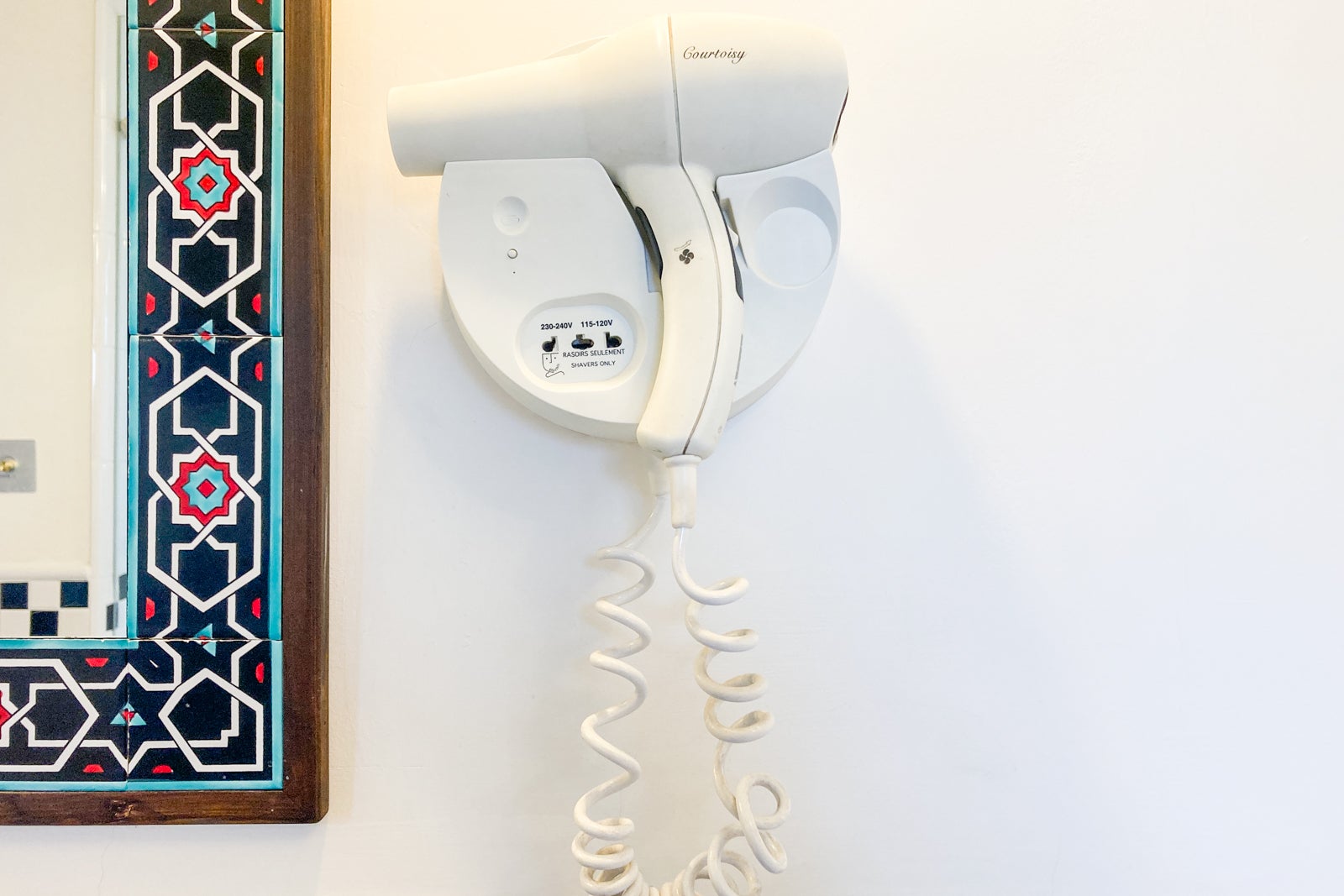
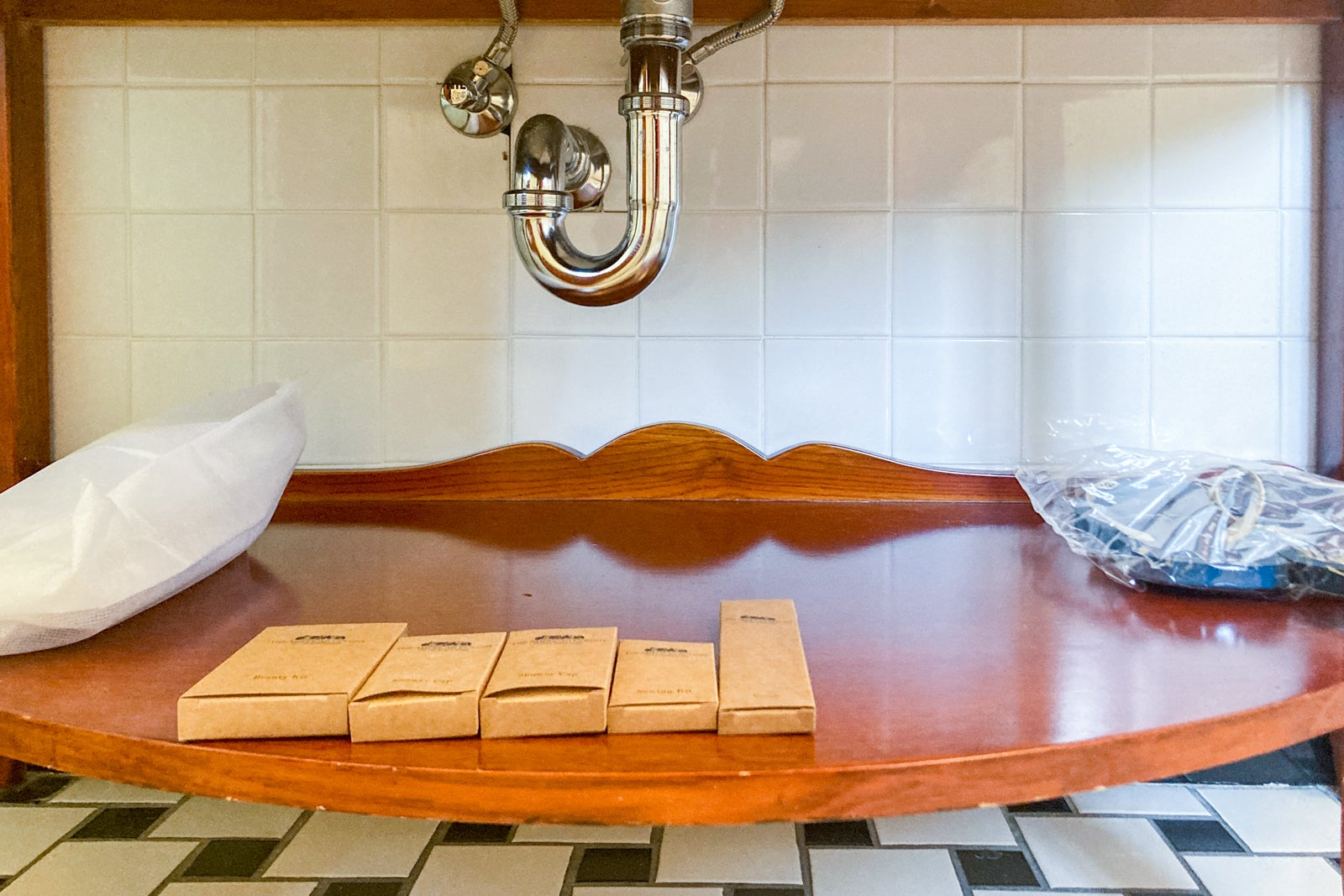
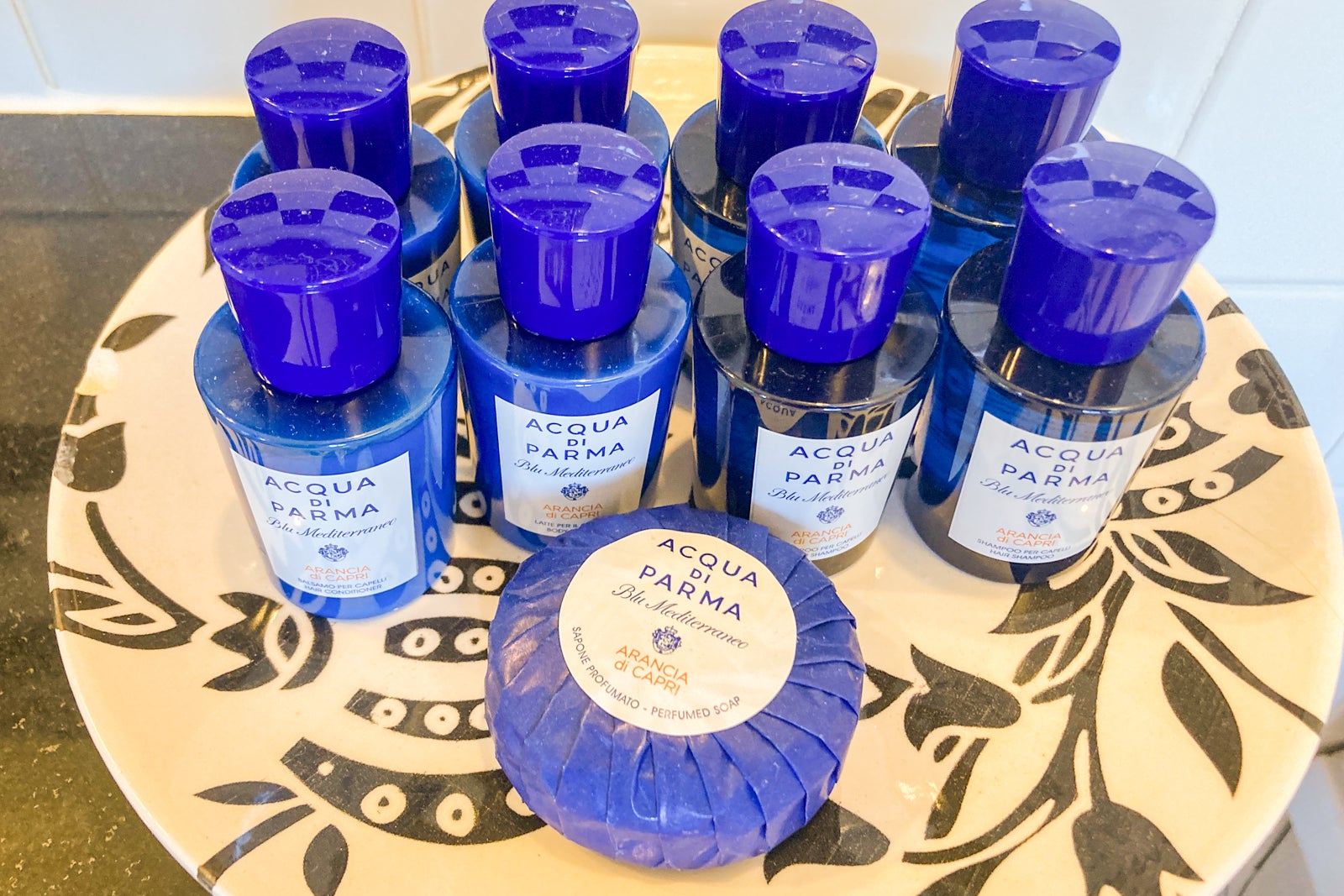
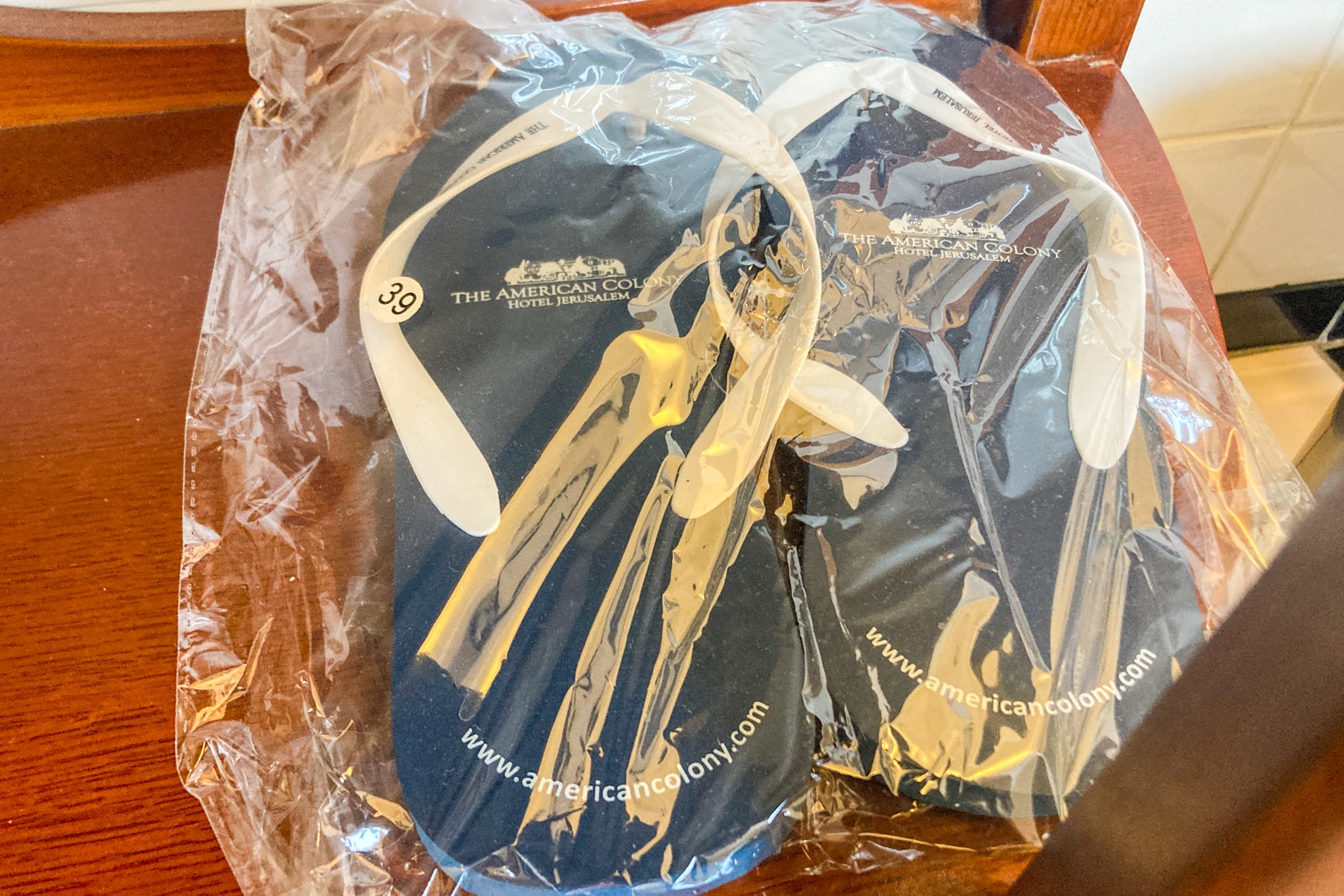
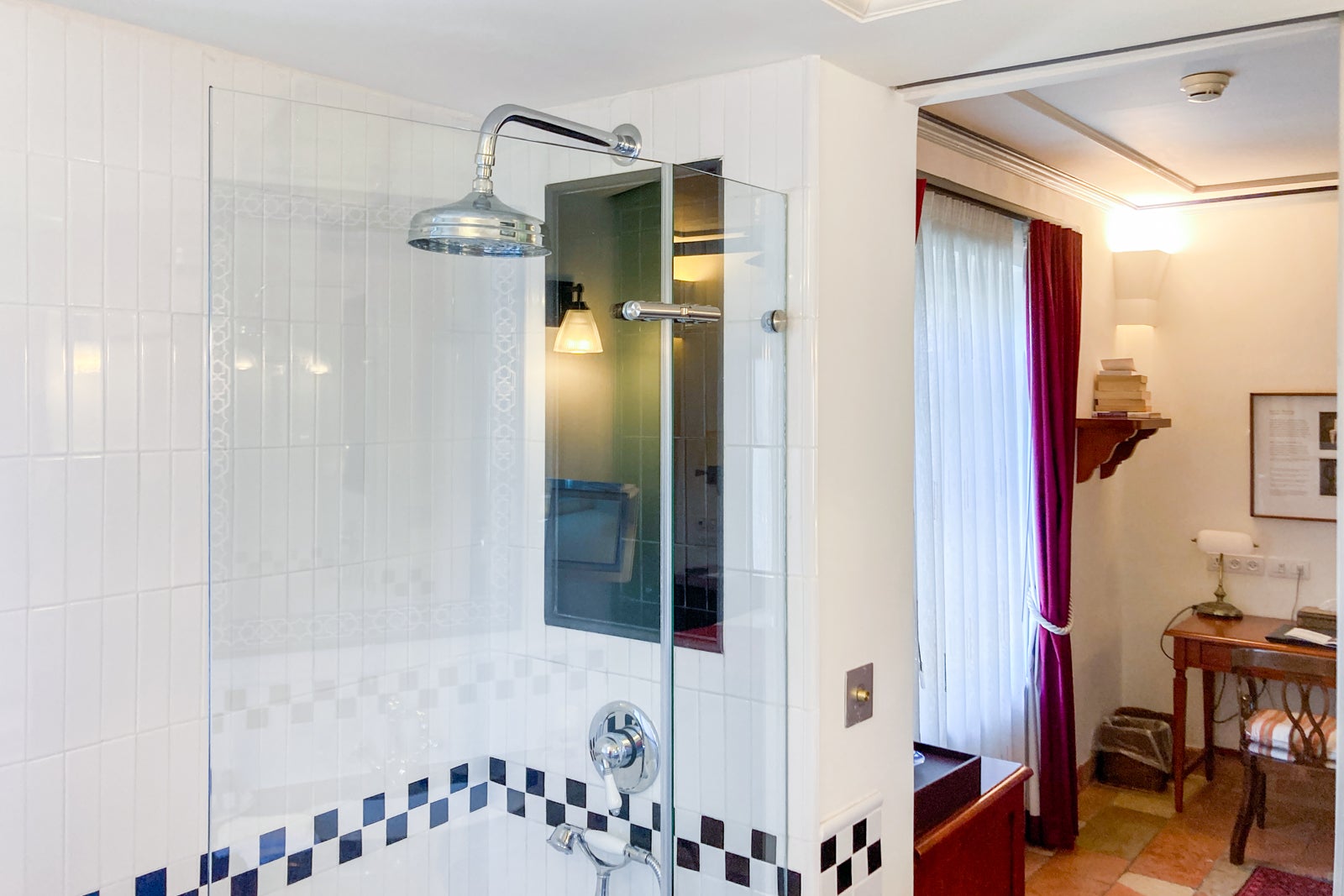
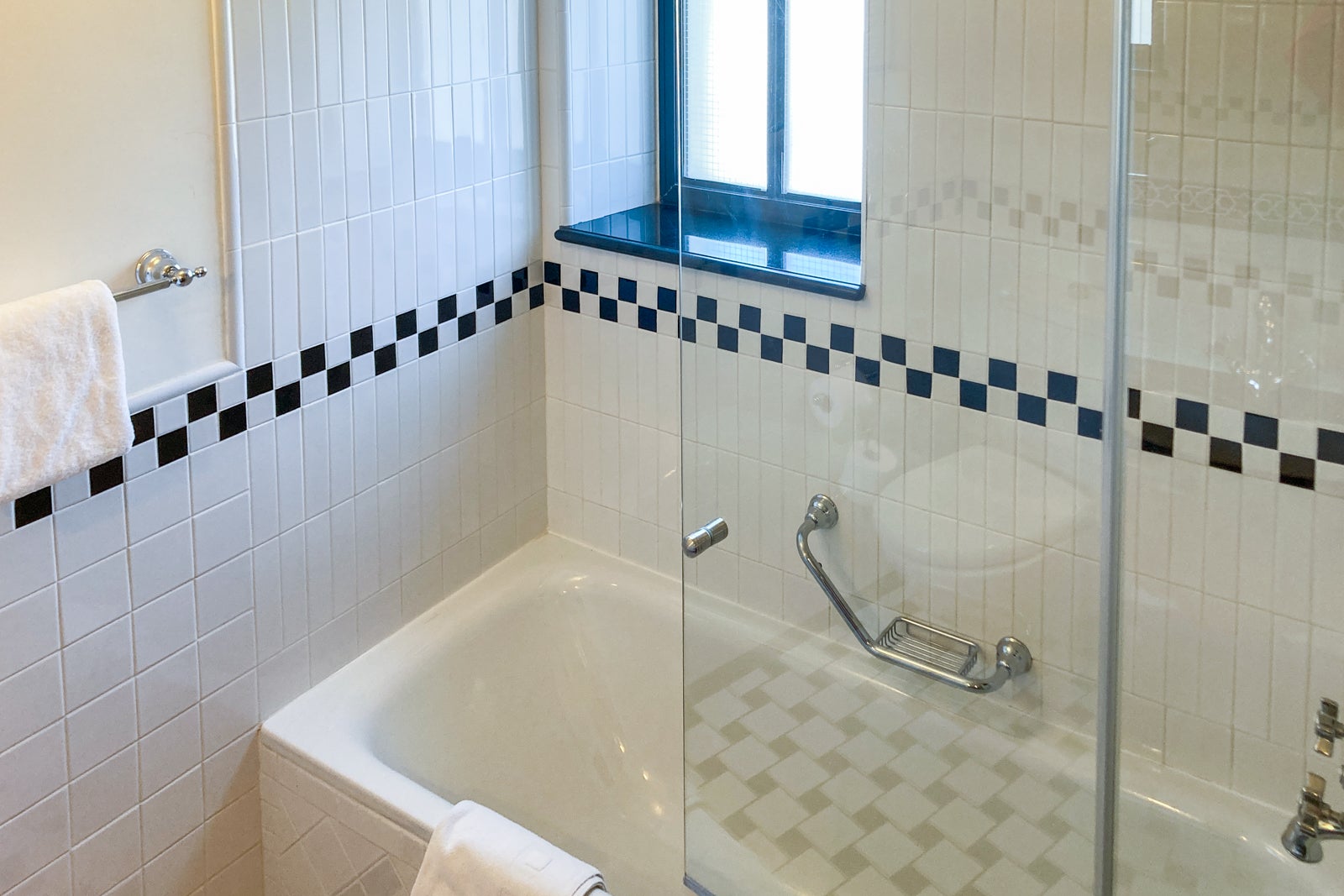
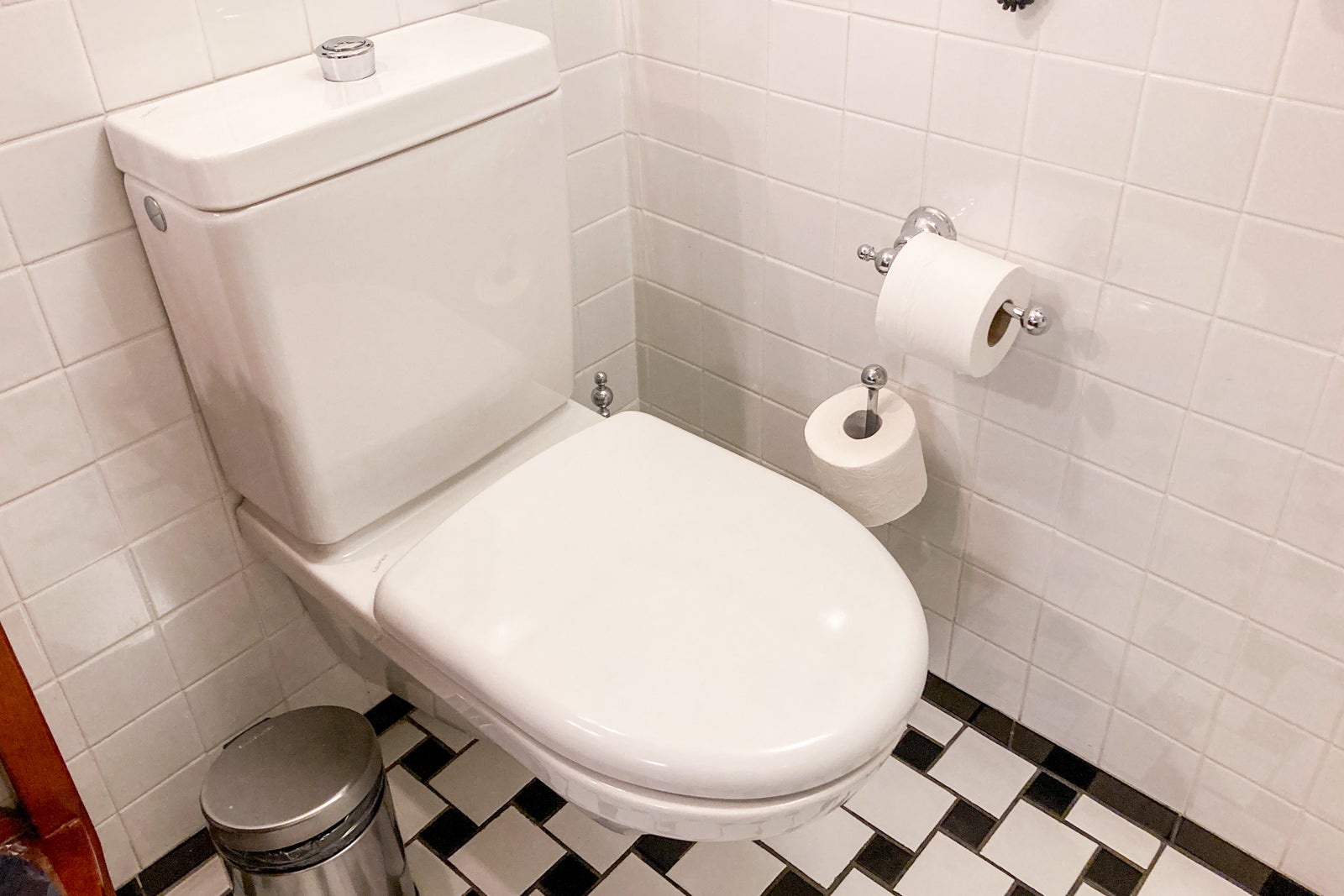
While the bathroom was small, it included a sink with shelving underneath, a full range of Acqua di Parma toiletries, a hair dryer, sandals and a toilet. Black and white tiles created a checkered pattern on the floor, along with traditional Palestinian painted tiles framing the mirror above the sink. The combined shower-tub had a folding glass wall to prevent splashing.
The shower pressure and temperature were both great, but climbing into the tub could be difficult for some. The controls in the shower included multiple handles; while trying to turn on the rainfall shower head, I accidentally activated the handheld option and soaked the bathroom floor.
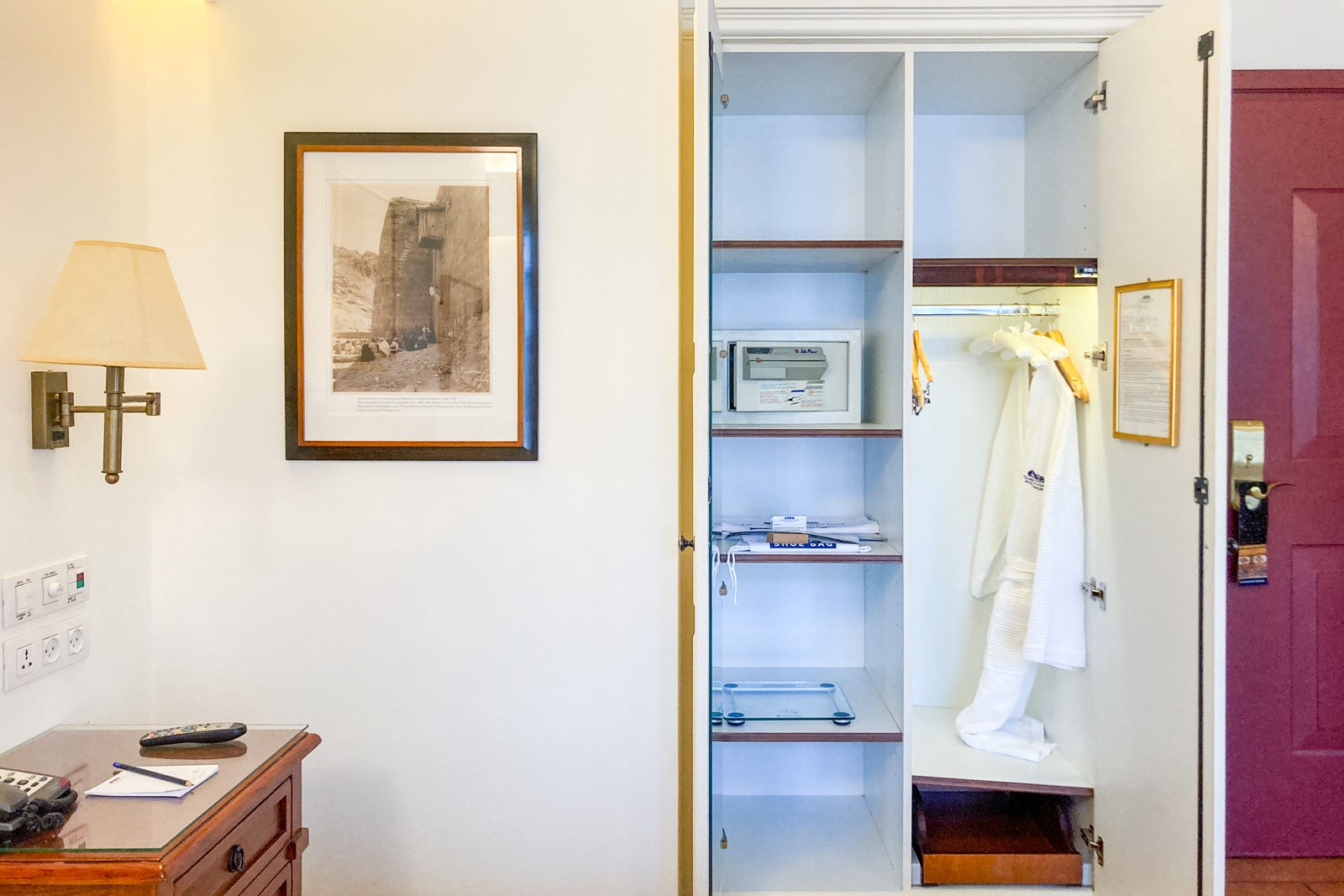
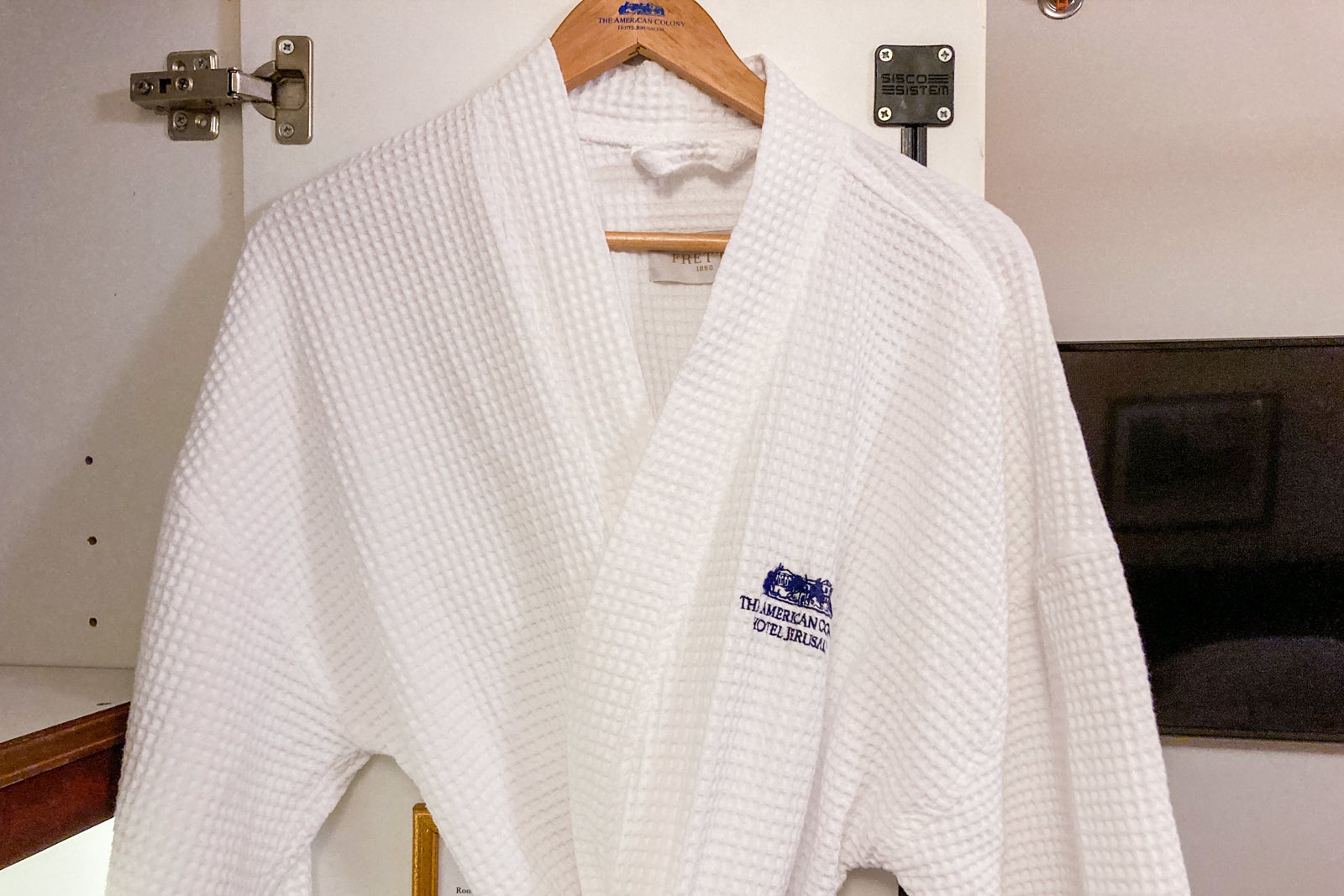
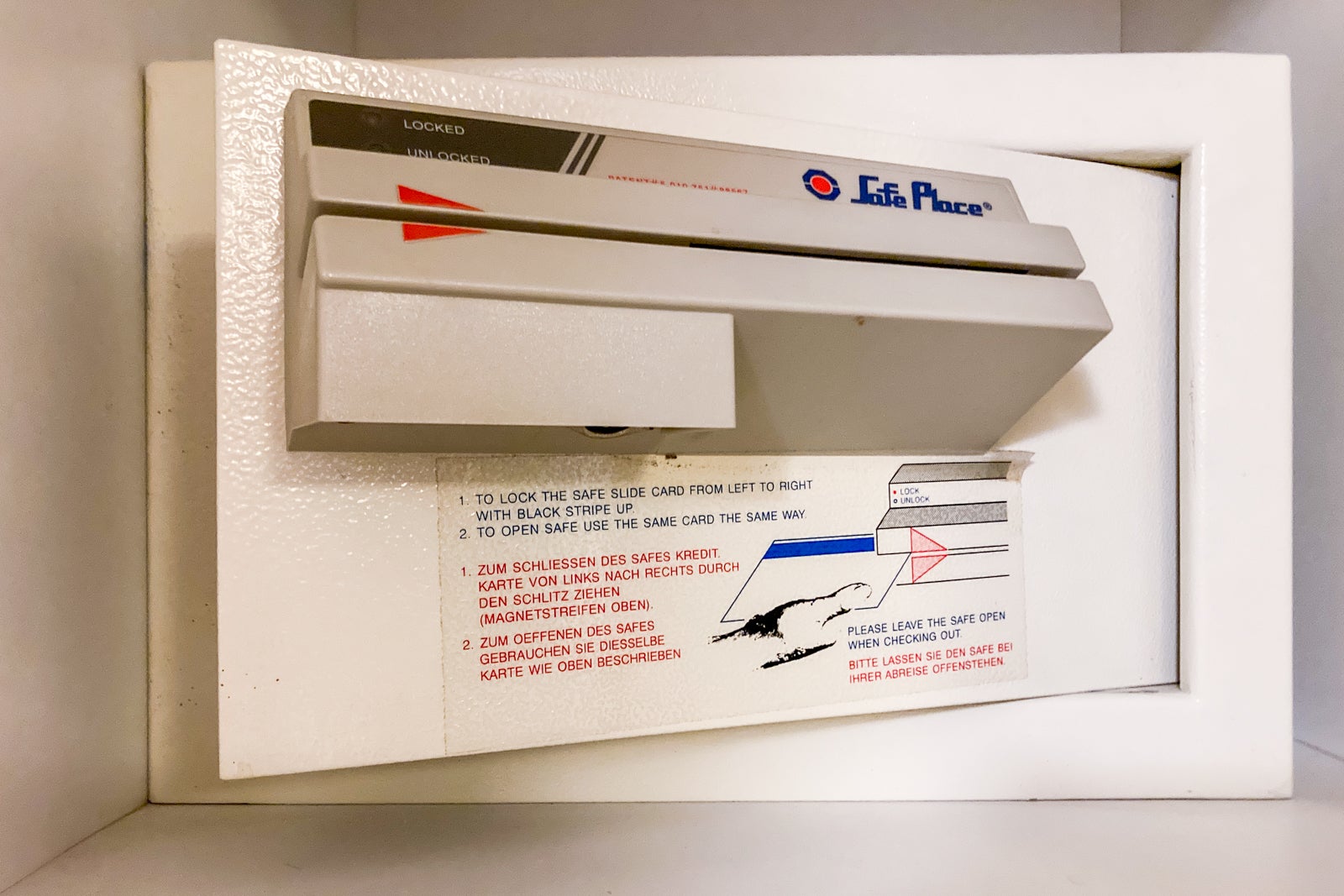
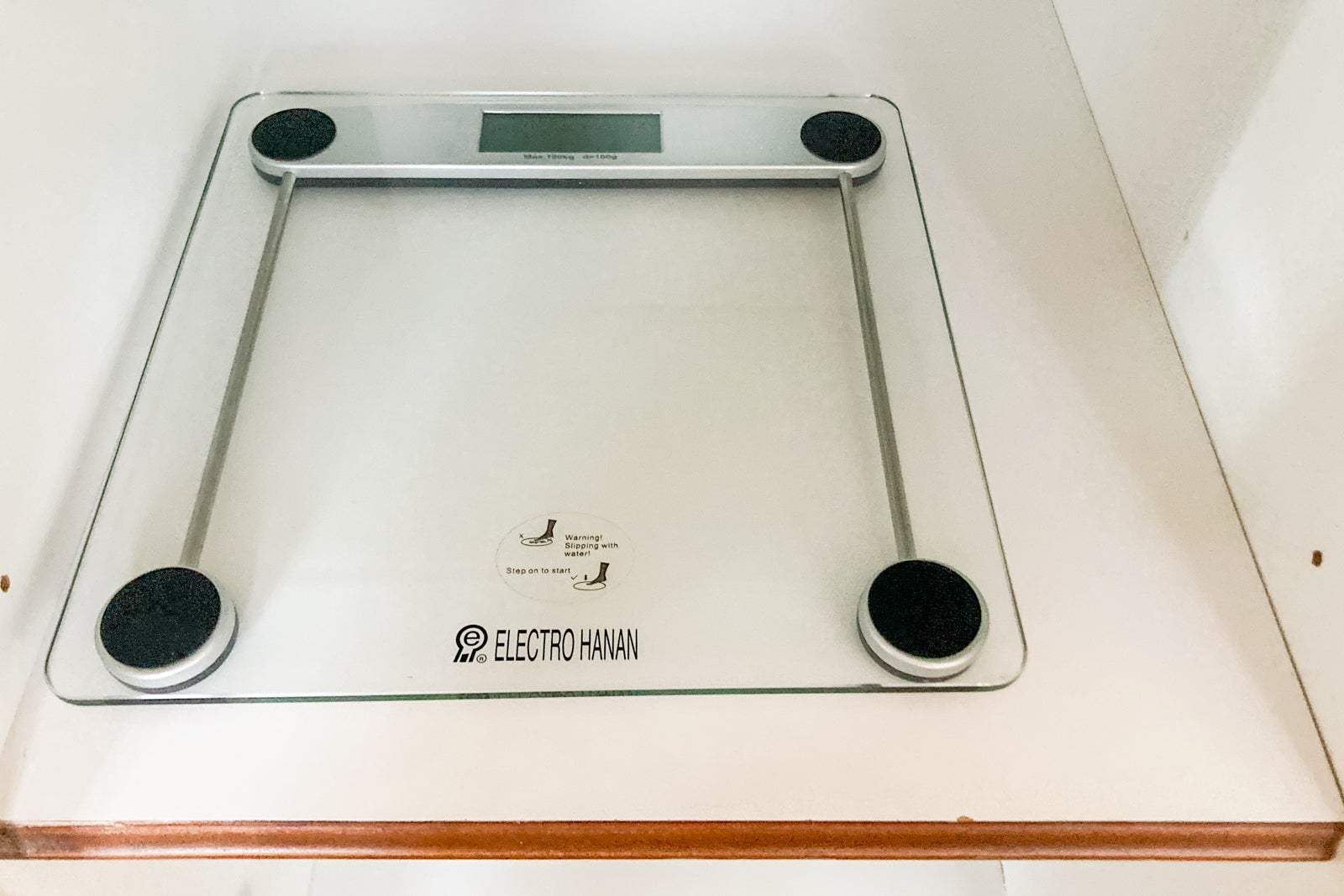
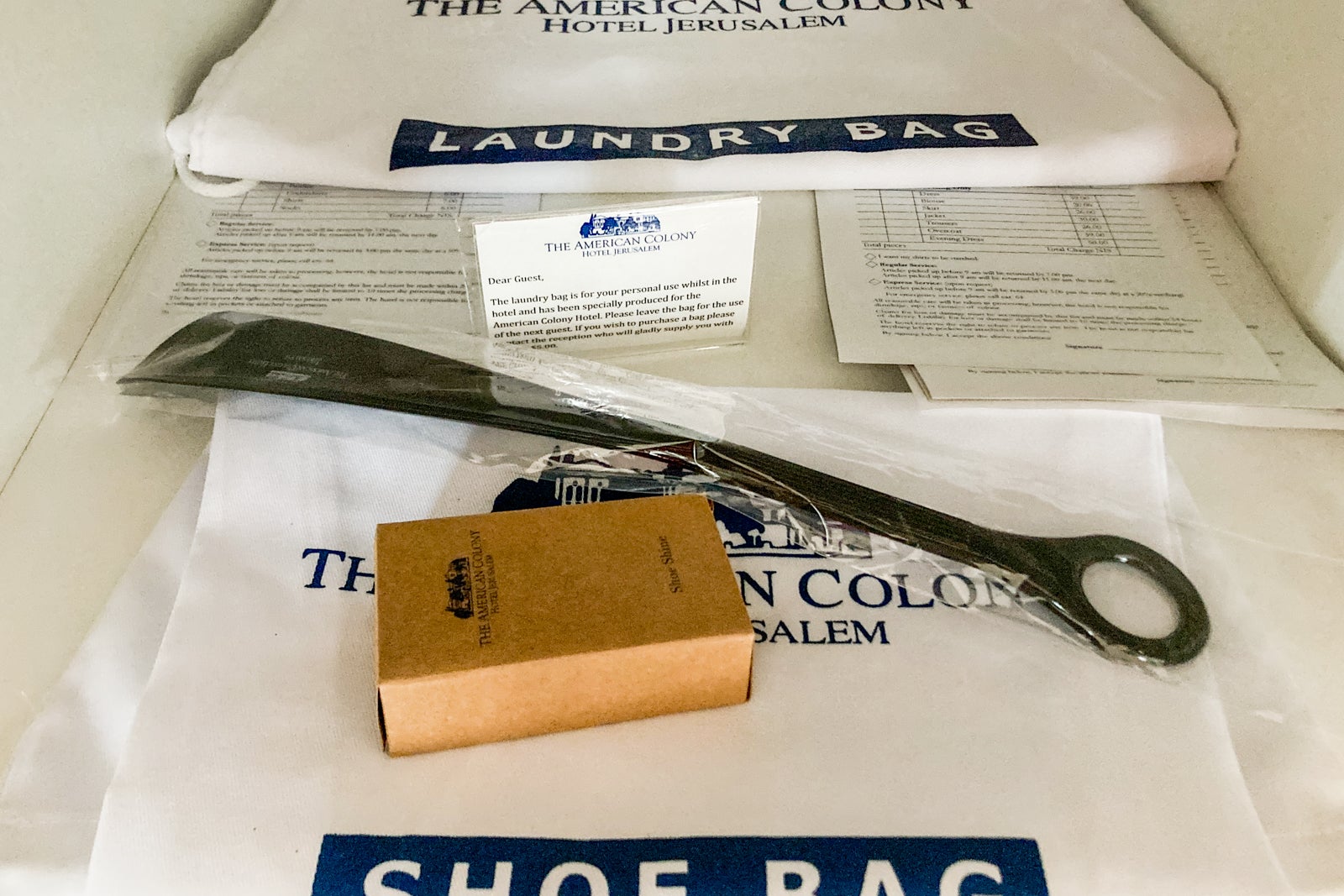
Inside the closet, I couldn’t get the safe to work. The room keys don’t have a magnetic stripe, and I wasn’t willing to swipe one of my credit cards to see if that would work — fearing it might charge my card. Laundry was available but priced per piece at rates that added up quickly. I always travel with just a rolling carry-on and a backpack, and the room had more than enough storage space for my belongings. A luggage rack next to the bathroom entrance easily held my roller bag, and the shelving in the closet wasn’t abundant but still sufficient.
Food and drink

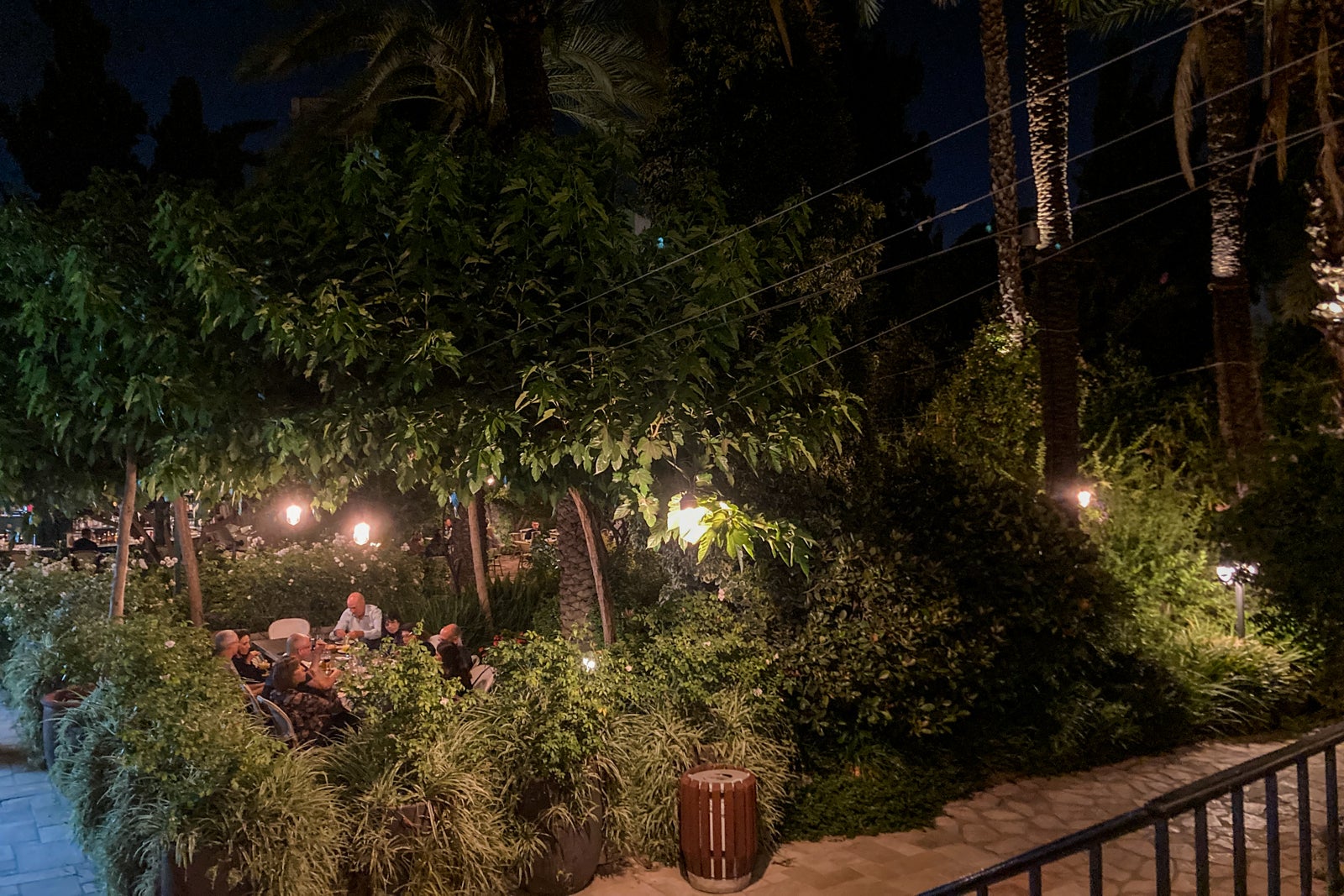
My first night at the property, I ate at The Courtyard — an enclosed courtyard restaurant that felt more like a private club than a hotel restaurant — where tables were adjacent to the compound’s outer walls and the trees and a fountain provided shade and a relaxing soundtrack. From May to September, you can dine at this open-air restaurant and at the Summer Bar, which is nestled among olive and mulberry groves in the gardens outside the Palm House. Both options are popular, but not so popular that I had to wait for a table or needed a reservation.
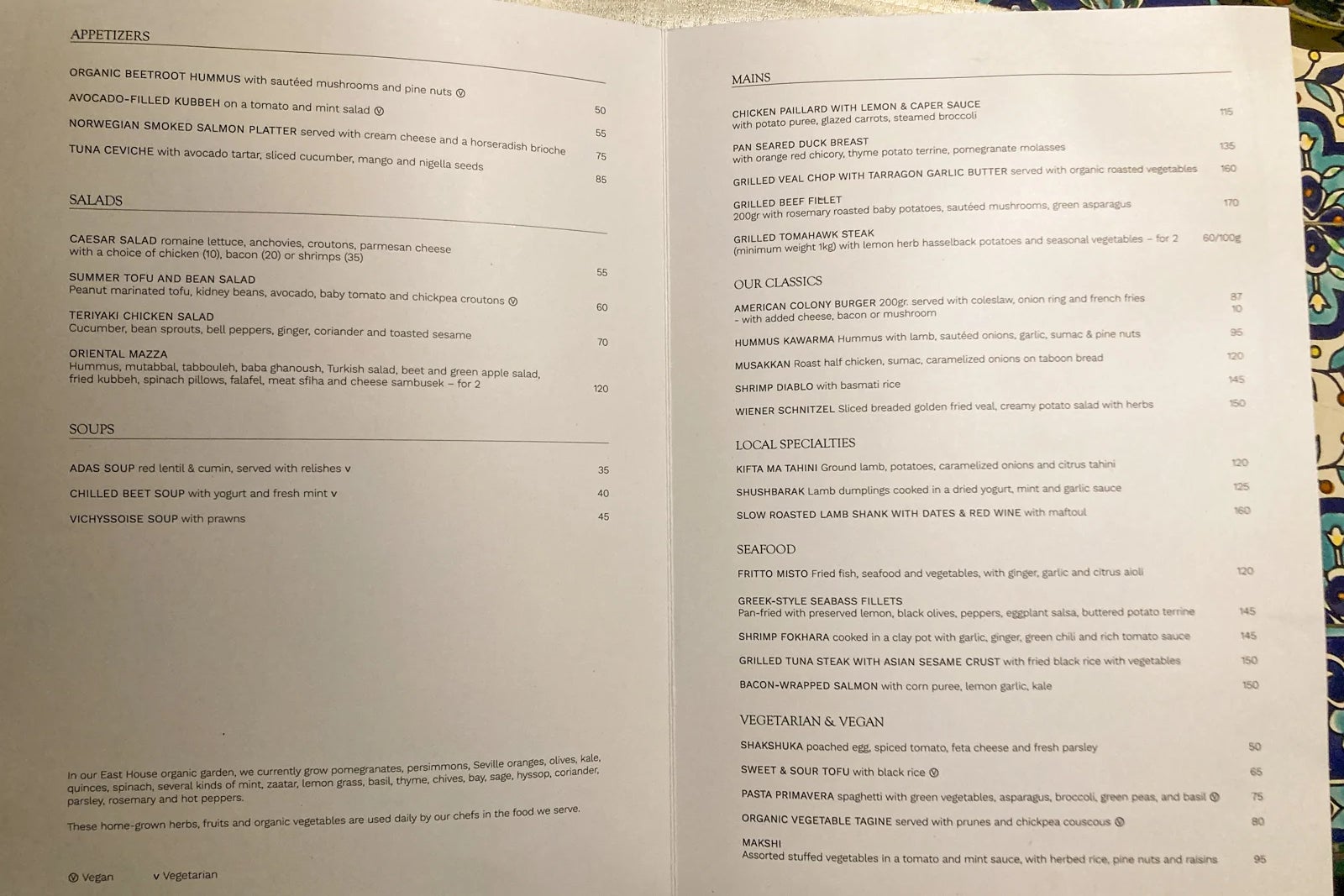
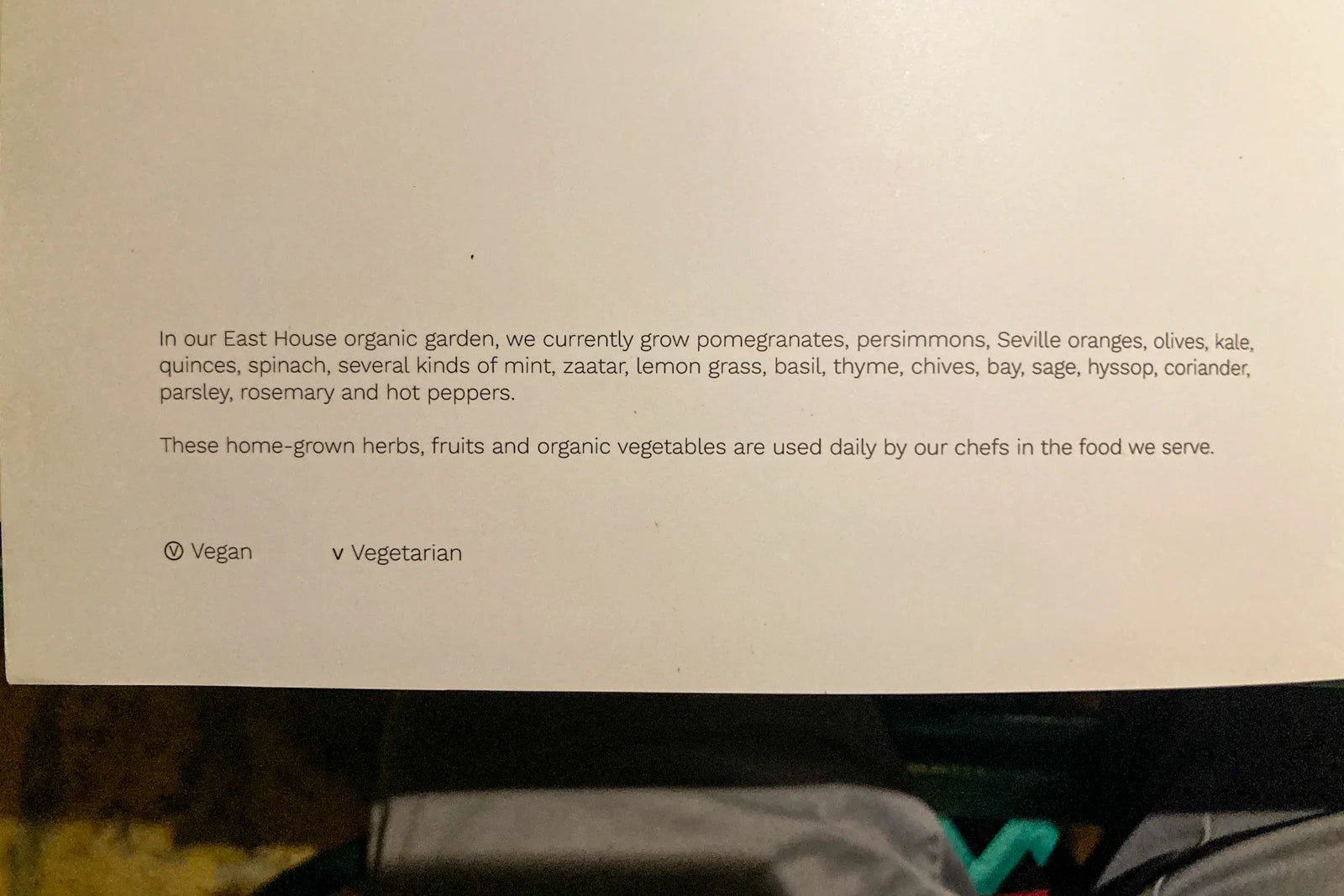

The menu at The Courtyard covered international and local fare, including clearly marked options for vegetarians, vegans and those with specific food allergies.
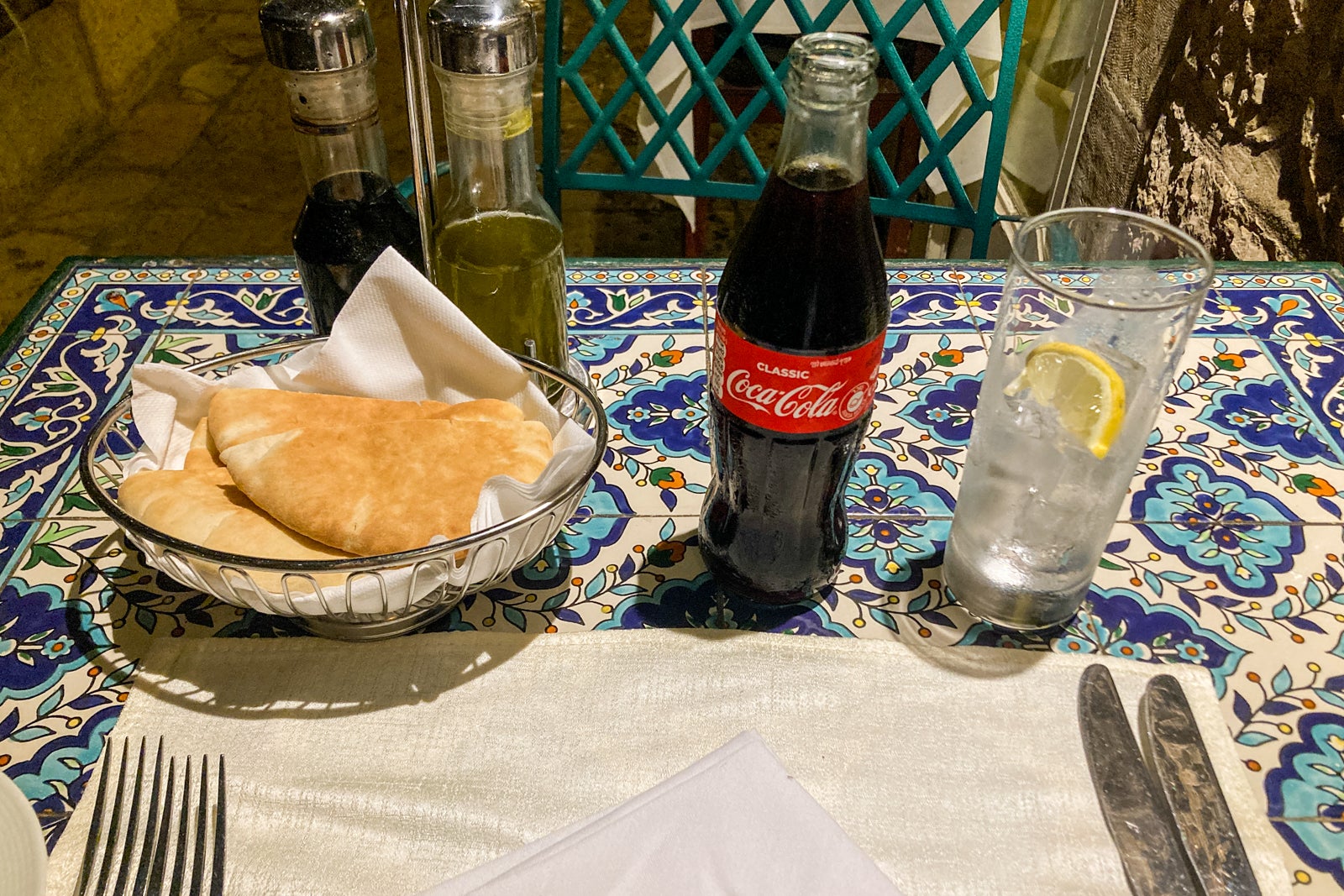
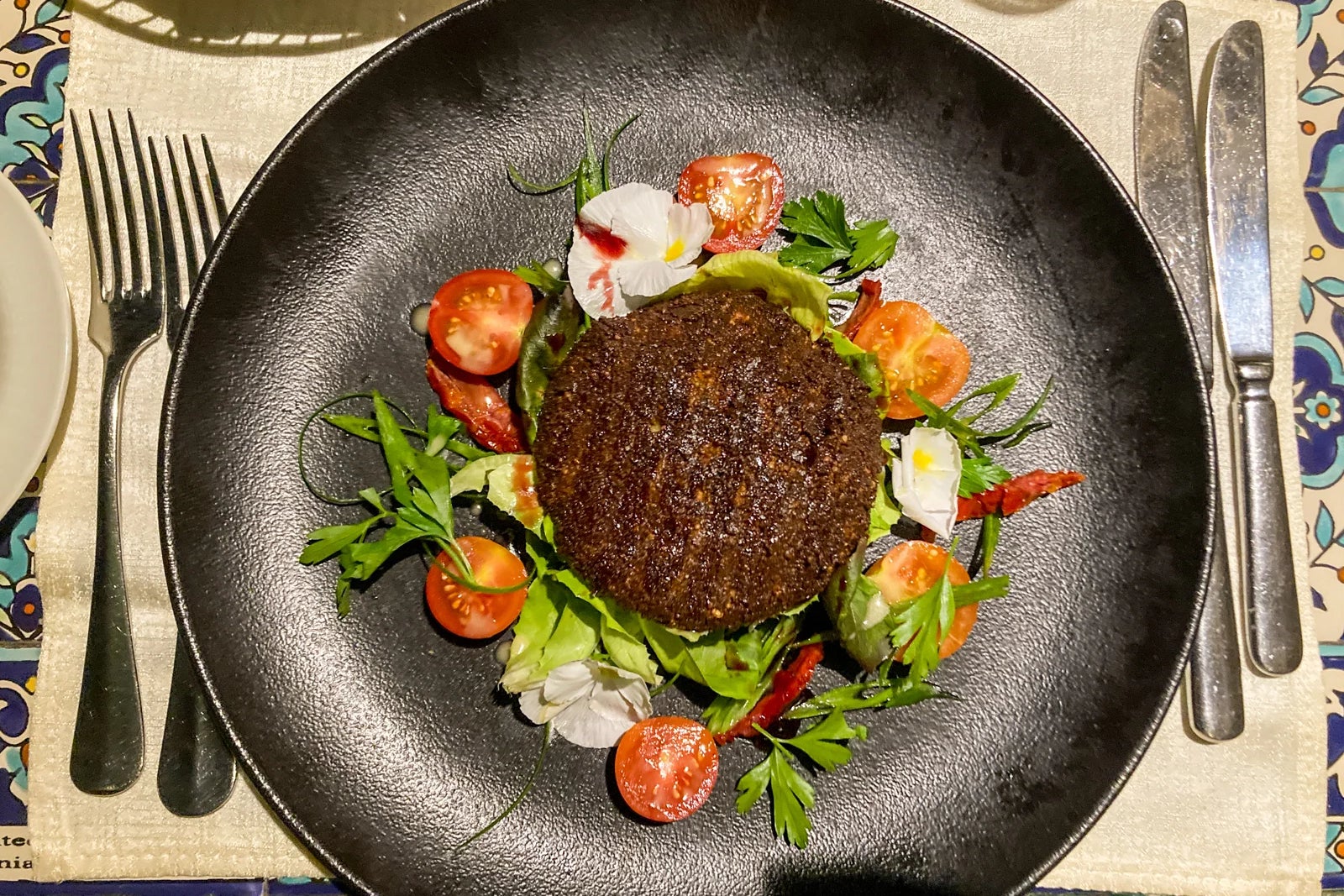
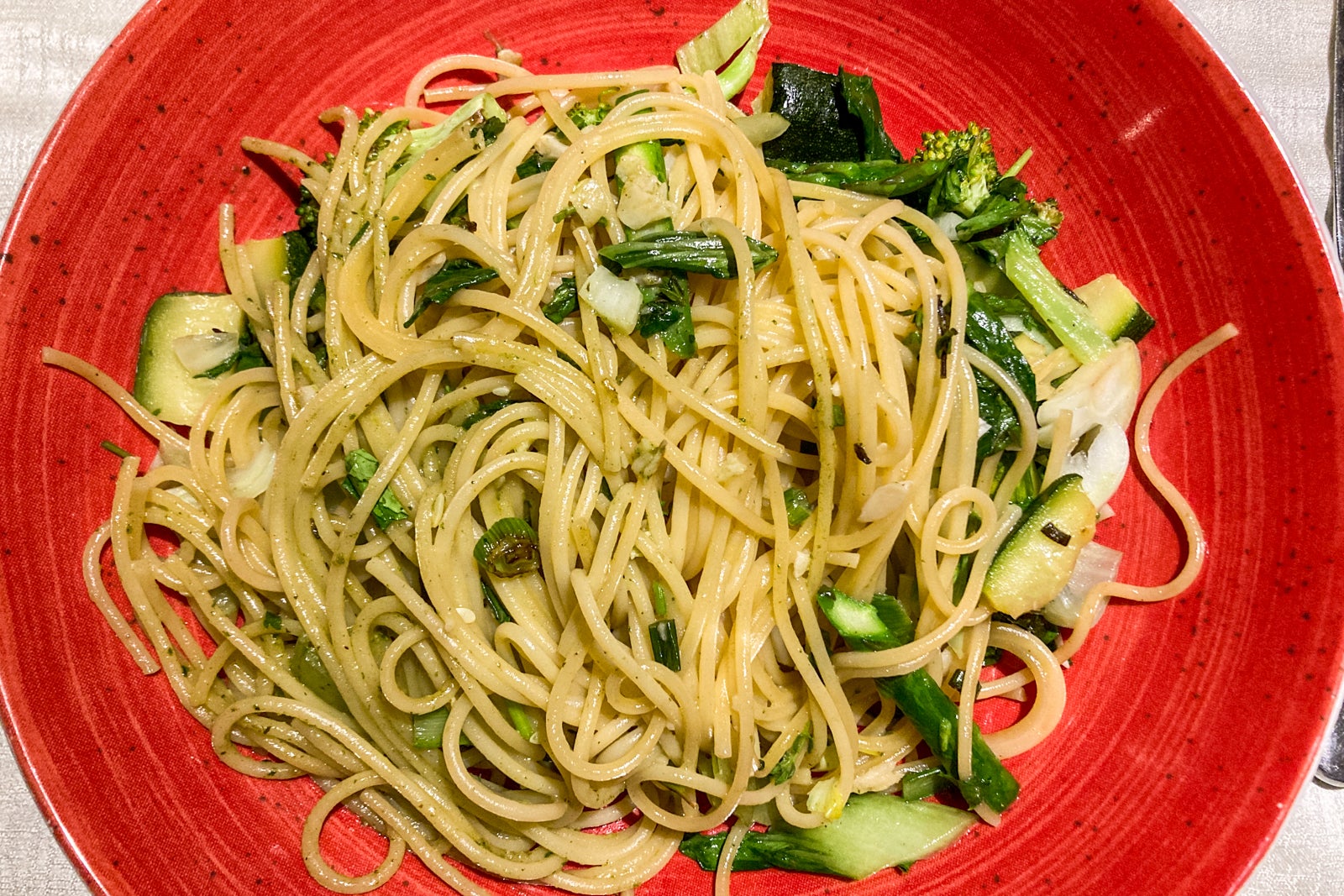
I loved the colorful tile tabletops and the complimentary flatbread my server brought. For an appetizer, I ordered the avocado-filled kubbah, which was a unique take on a traditional dish. Rather than avocado, this dish is traditionally stuffed with either meat or hummus. The pasta primavera, however, wasn’t anything special. It lacked creativity, didn’t have much flavor and felt more like something I would throw together at home from leftovers.
Other menu options included burgers, salads and two dishes that seemed very popular: pan-seared duck breast and a slow-roasted lamb shank with dates. People at a nearby table were raving about the latter between bites.
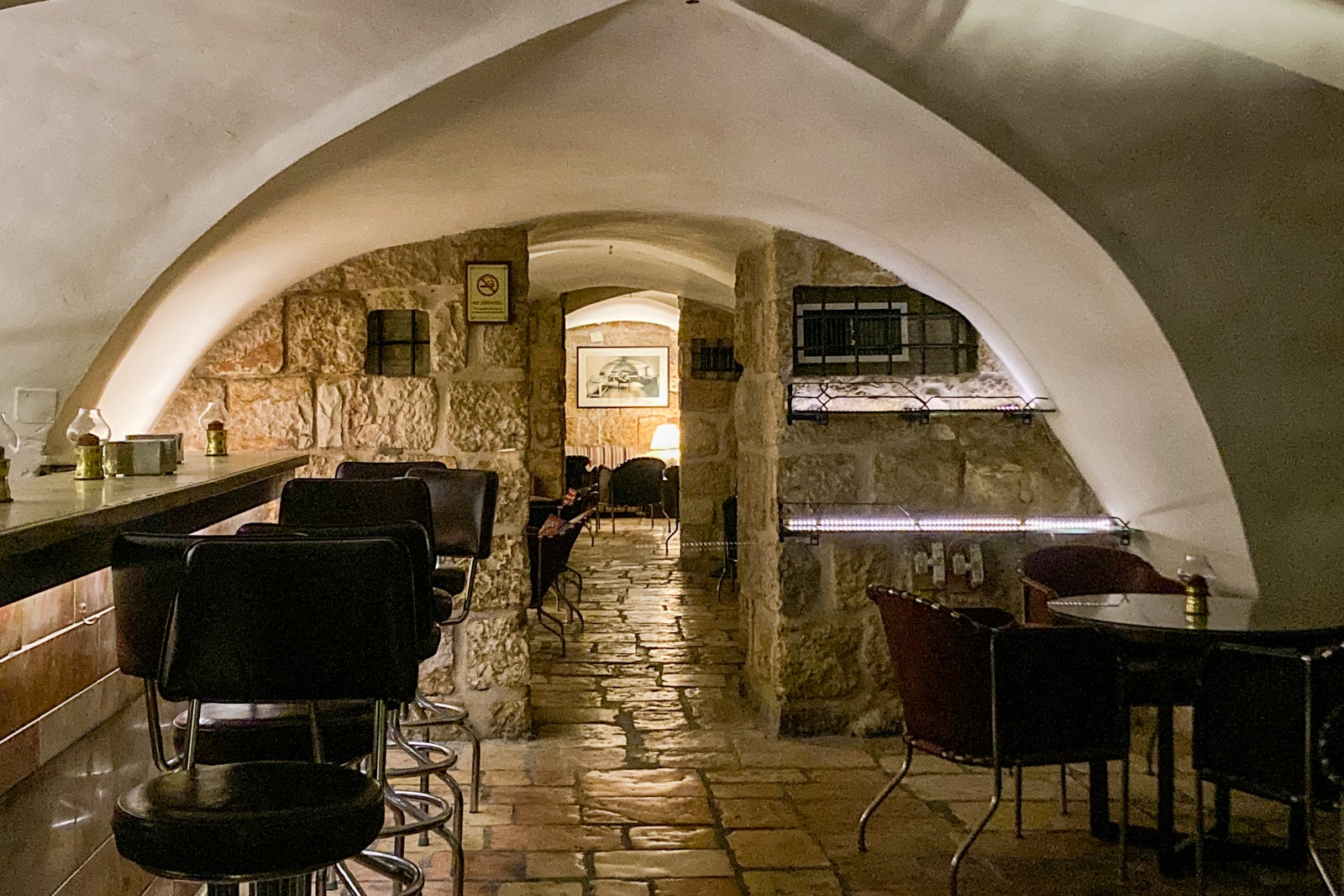
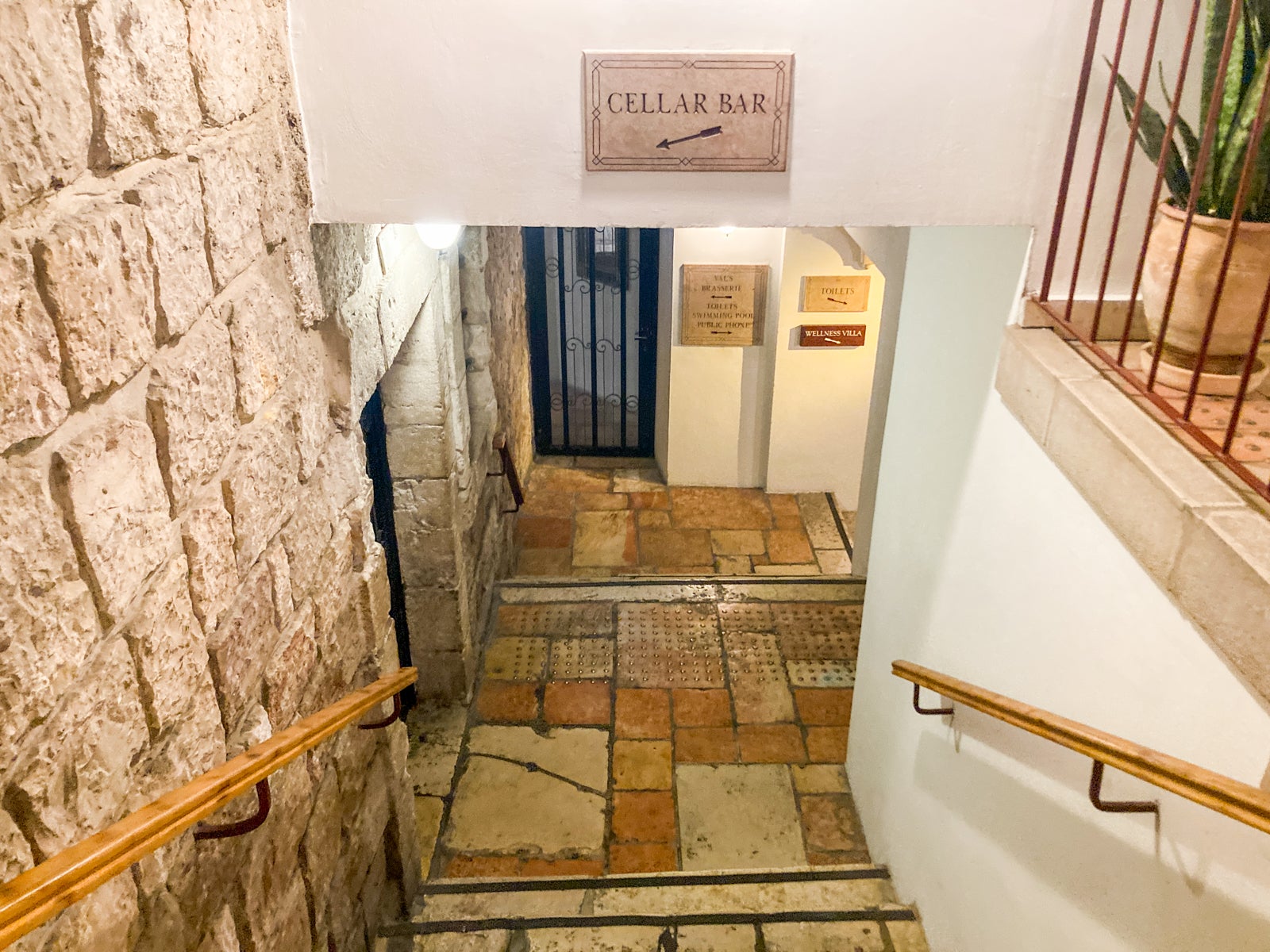
The Cellar Bar is located off the lobby and is open in the evenings from October to April. From May to September, drinks are served at the outdoor Summer Bar, which also serves wood-fired pizzas along with beer, wine and cocktails.
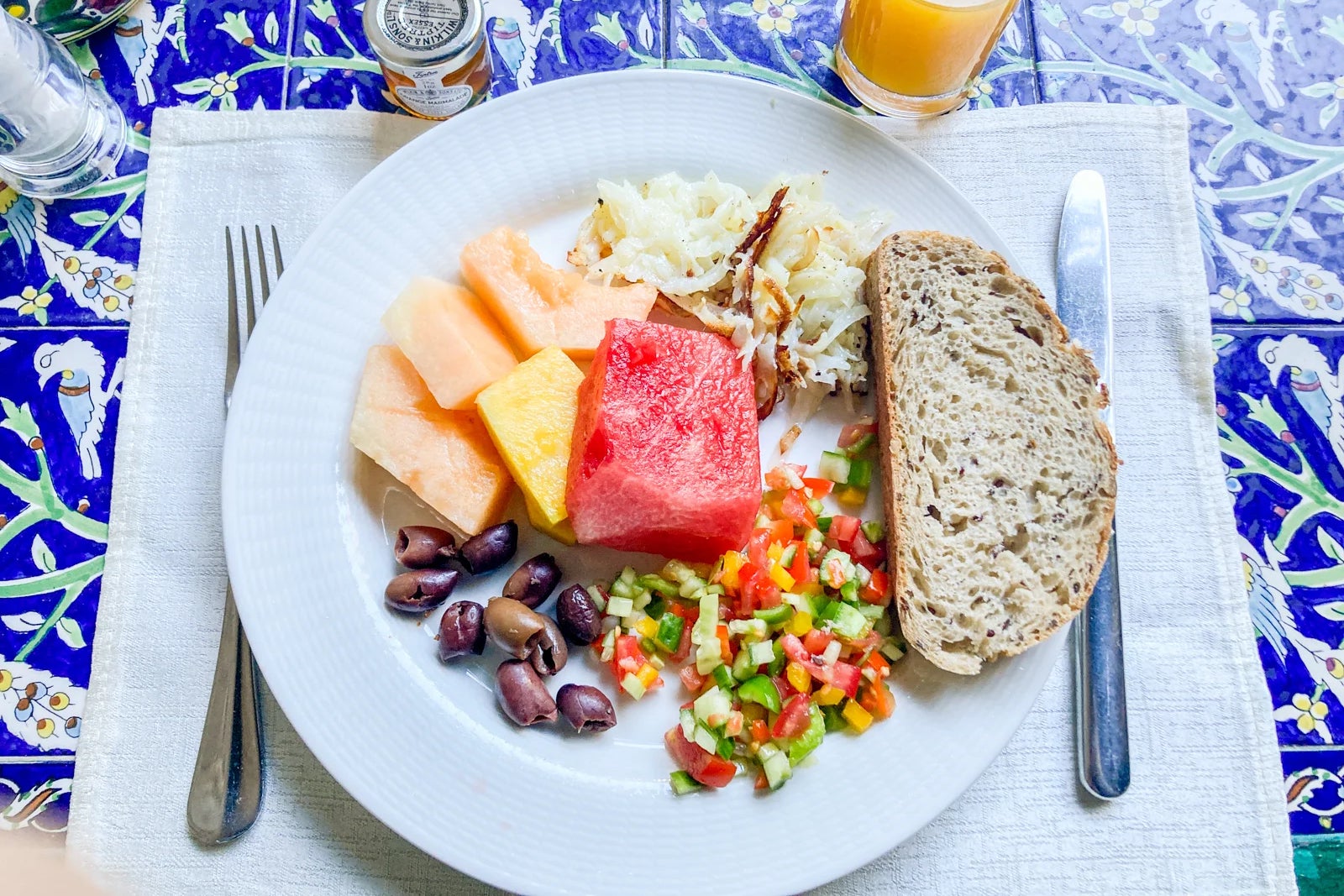
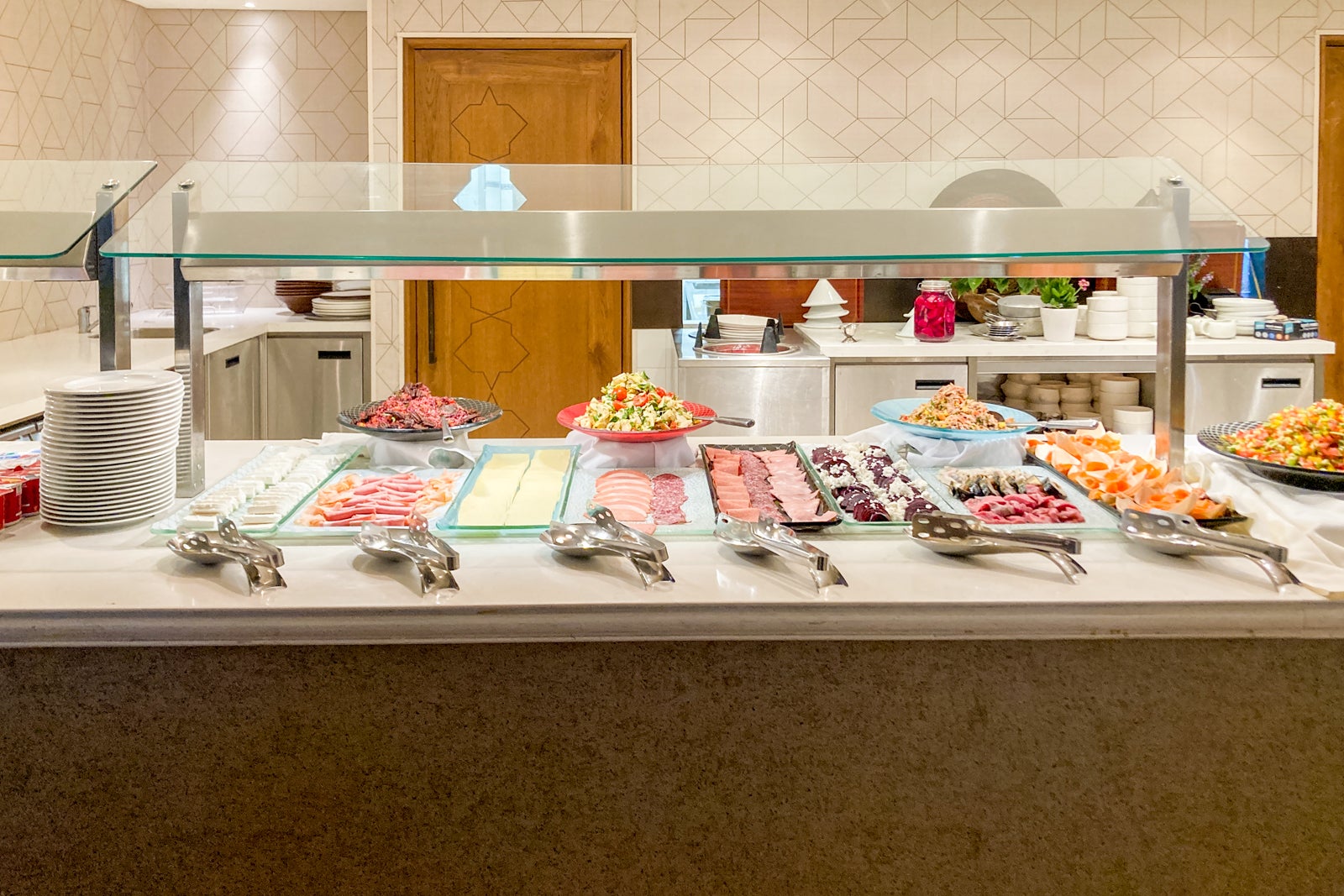
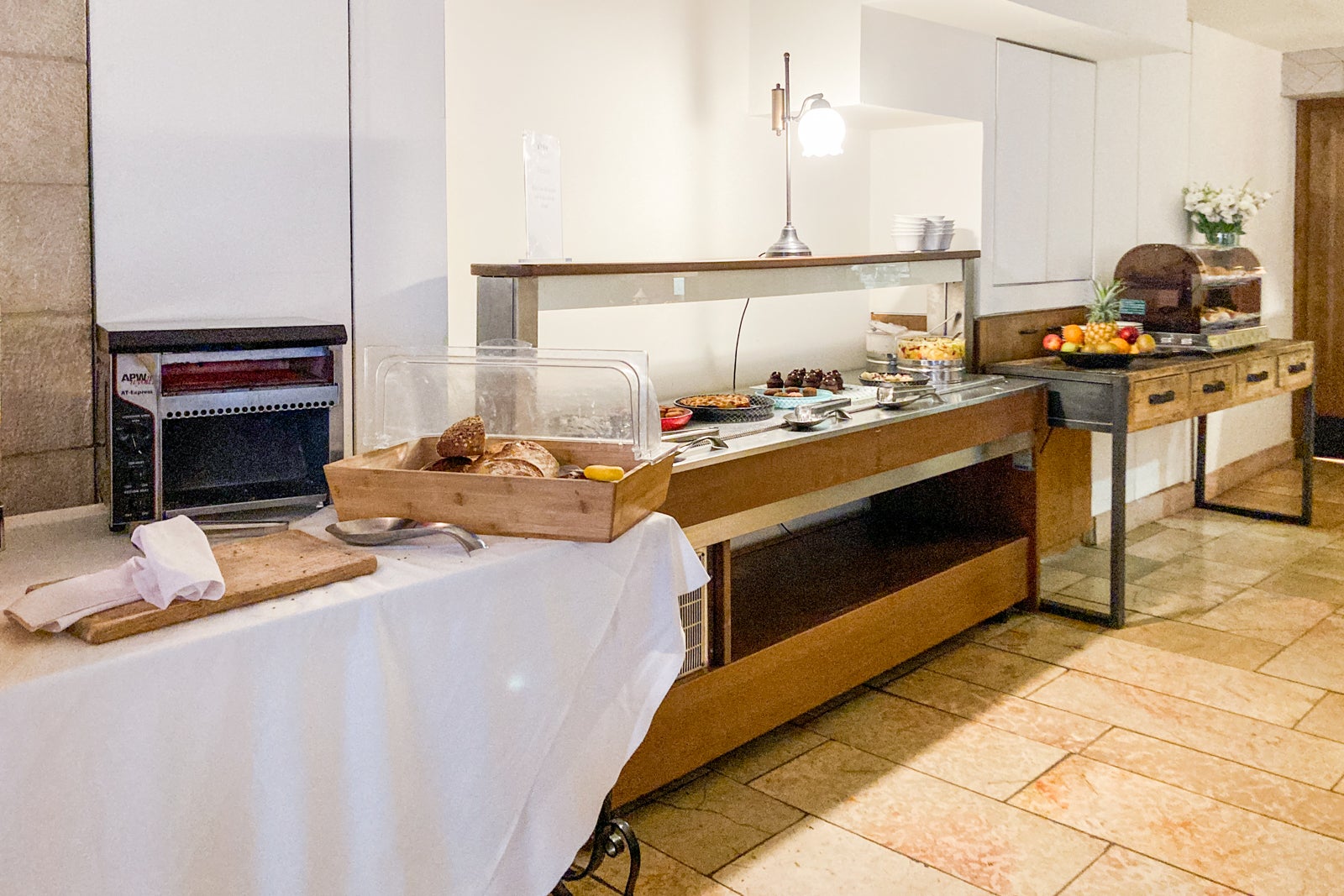
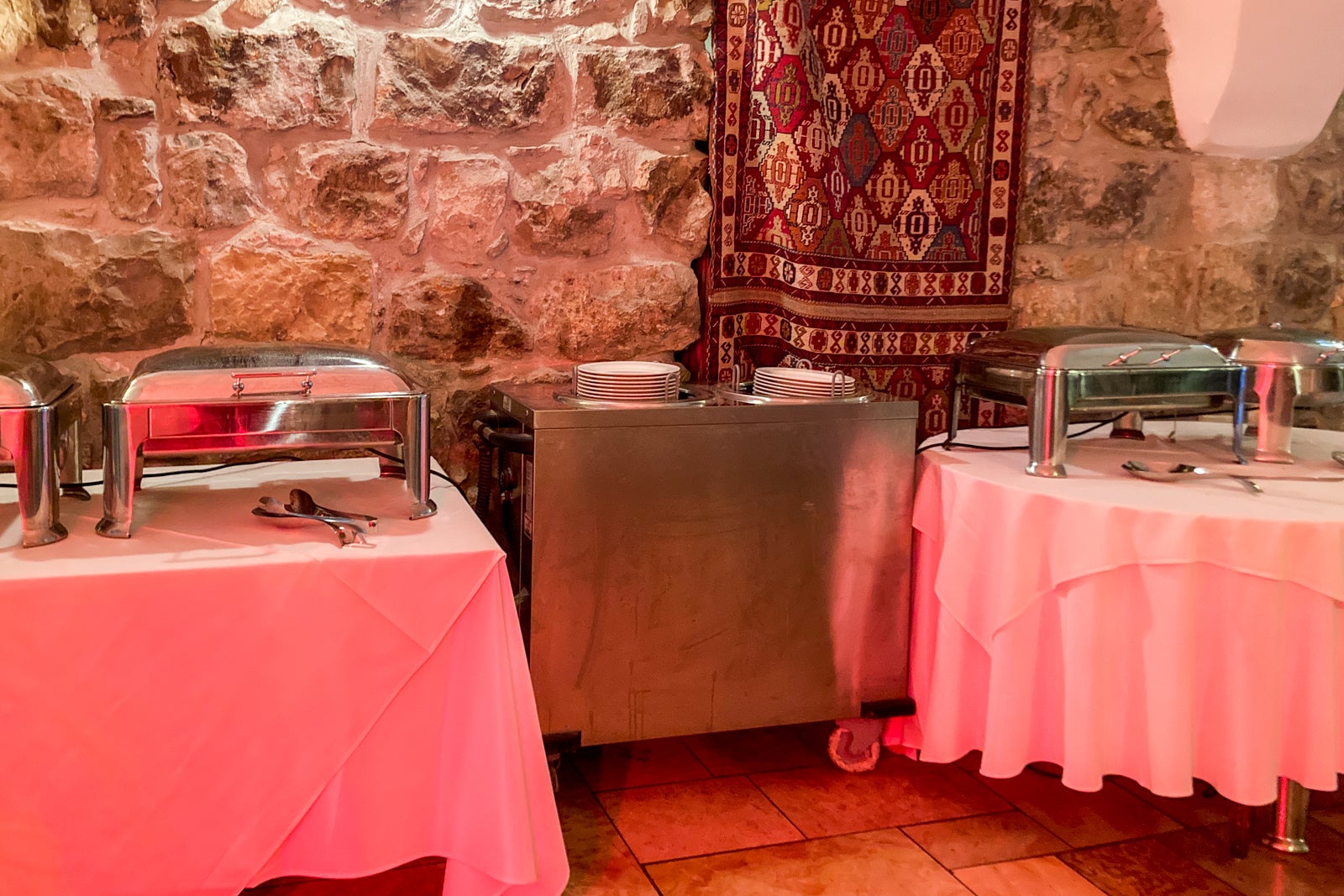
The breakfast buffet is included for hotel guests and is served daily in The Arabesque, adjacent to The Courtyard. There were tons of options: fresh fruit, a cereal bar, meats and cheeses, eggs made to order and numerous hot and cold dishes from both local and Western fare. There are also multiple options for juice, coffee and tea.
When the Summer Bar and The Courtyard close during colder months, indoor dining is available at Val’s Brasserie, located next to the Cellar Bar and overlooking the pool.
Amenities and service
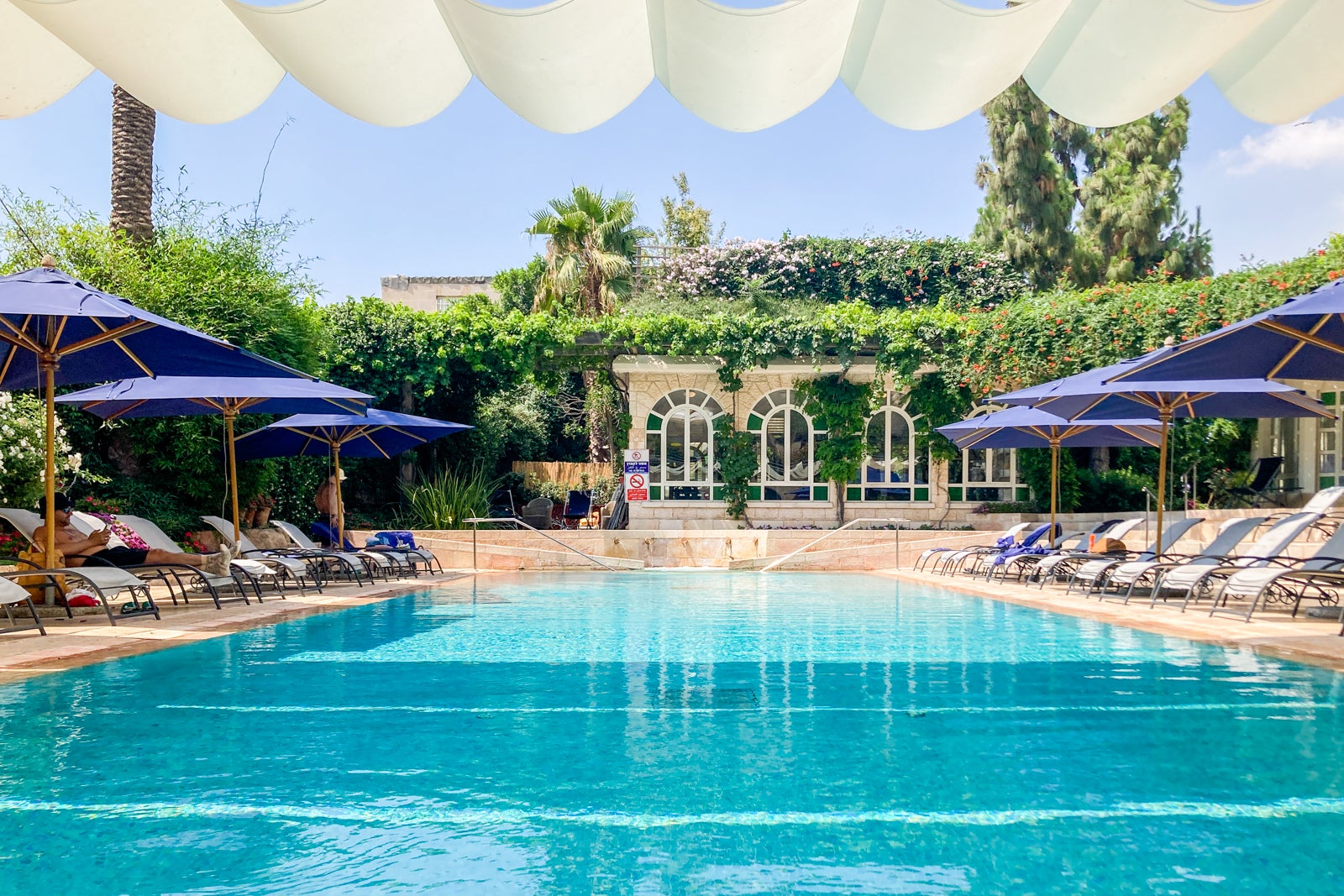
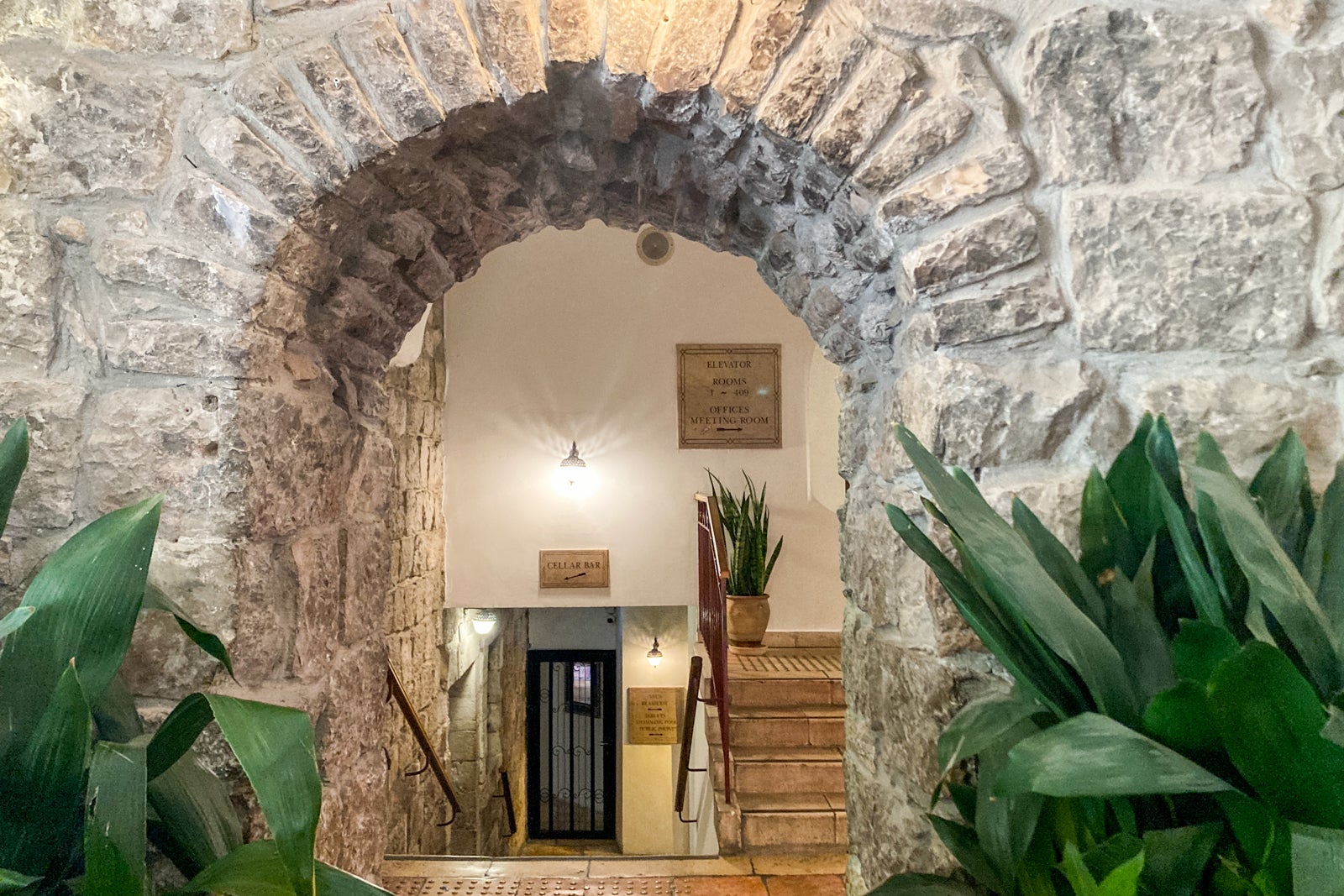
Of the hotel’s amenities, the main draws are the expansive gardens and the tranquil pool located just behind the main building, where guests will also find a hot tub and a nearby sauna. Despite seeing multiple guests at the pool every time I passed, it was never noisy. Adults and kids played and swam quietly enough that I observed multiple people dozing off under umbrellas in the surrounding lounge chairs.
Farther into the property, the wellness villa includes a spa and a gym. Treatments include a deep tissue massage ($93), hot stones treatment ($133) and a couples massage ($185). The full list of offerings and prices is here. The gym has a selection of free weights and a pair of stairclimbers and treadmills.
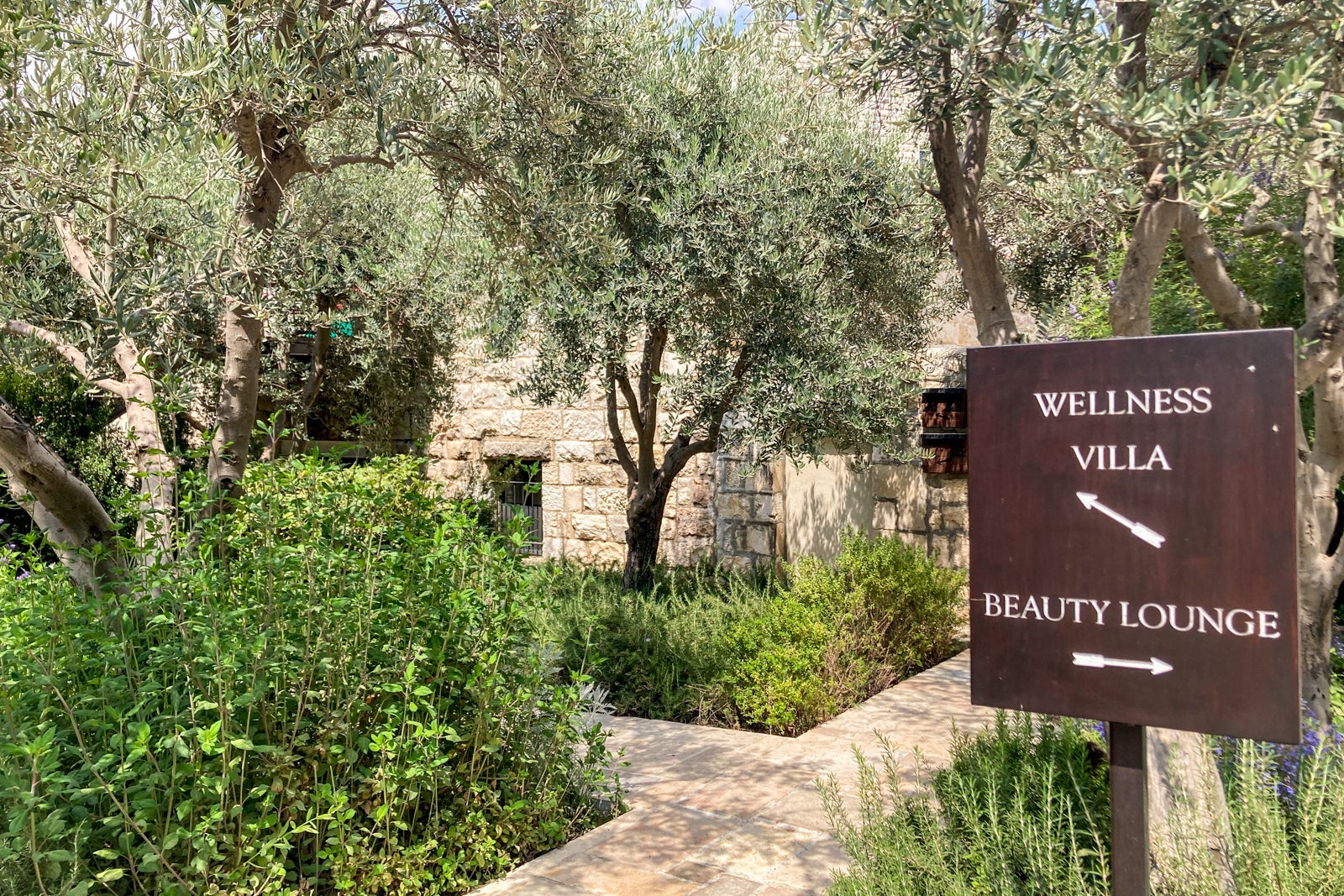
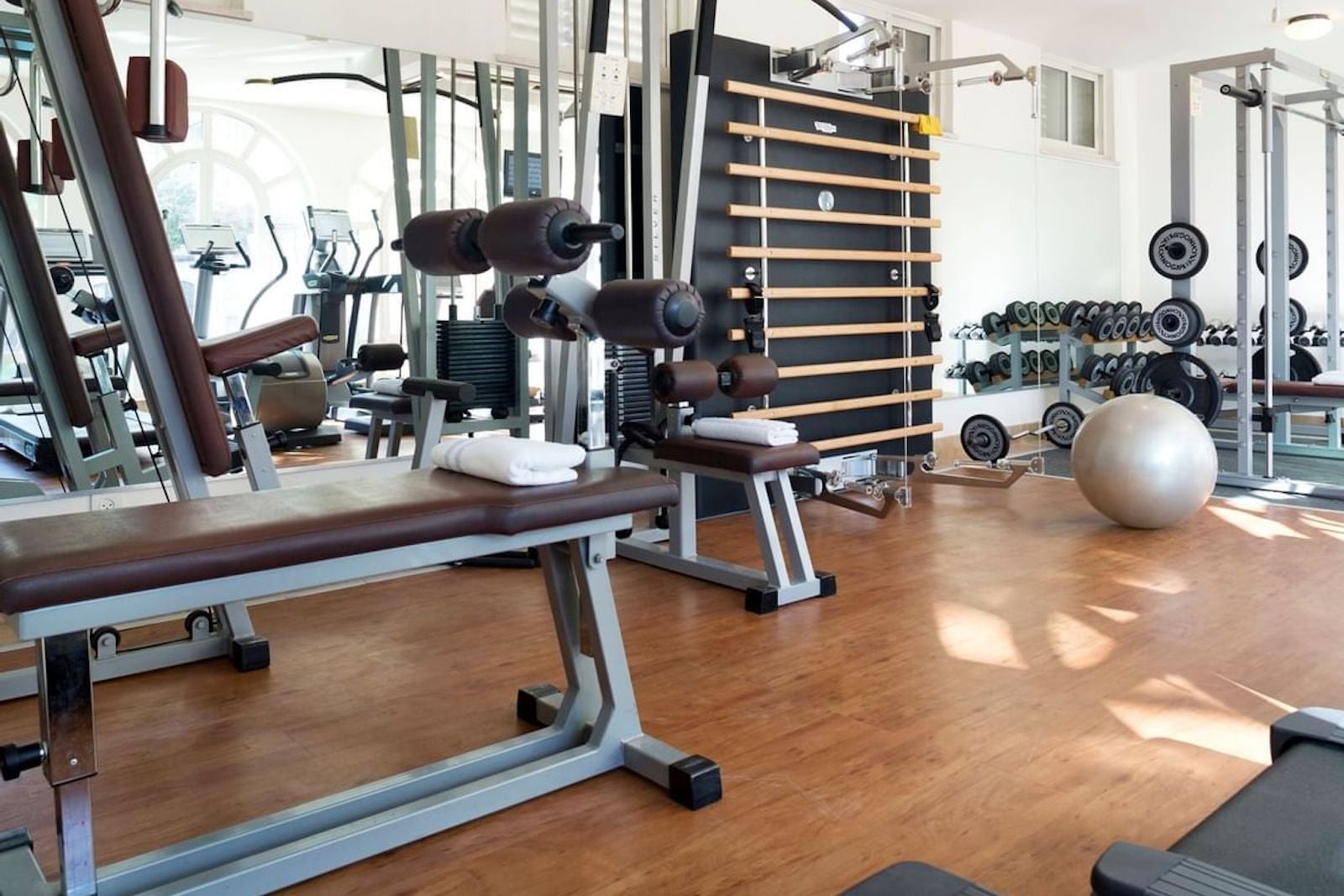
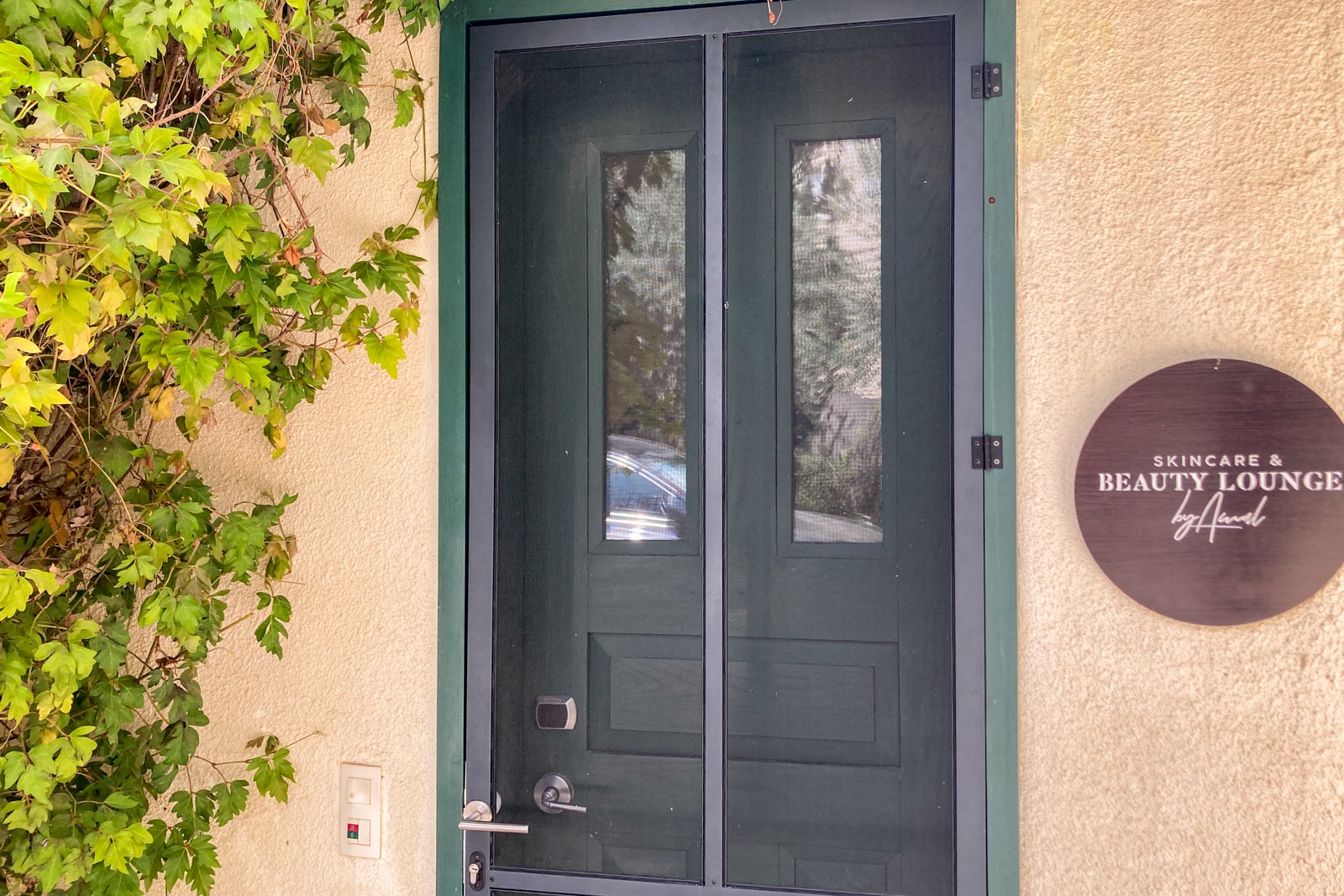
Nearby, a beauty salon incorporates products by L’Occitane, Kiehl’s and Dermalogica in services that include facial treatments (starting at $150) and manicures and pedicures (starting at $32). Surprisingly, the salon doesn’t offer any haircuts.


Between the Palm House and the main building, guests will find a bookshop and a handicrafts store. The bookshop sells books in multiple languages covering the history of the property, religious texts, local culture and also the history of the many wars and conflicts for control of an area considered holy by multiple religions.


Local crafts are also available, such as traditional clothing, ceramic tiles and rugs. The rugs are unrolled and hung over the railings during the day, while the other products are located inside the store.
Meeting rooms and event spaces are available, as well. Internet was fast and reliable throughout the property. Average download speeds were around 45 Mbps, while upload speeds hovered around 38 Mbps.
In terms of service, it was attentive and friendly at all times. Despite arriving early and simply requesting to leave my stuff while exploring the city, the front desk agent said my room was available and allowed me to check in prior to 10 a.m. Throughout my stay, staff members were extremely helpful with information about visiting tourist sites, restaurant recommendations and even calling local stores to help me track down a laptop charger after I left mine at an airport lounge. This same level of care and service extended to meals, where servers were attentive and friendly without being bothersome or intrusive.
Out and about
Jerusalem has no shortage of activities, catering to guests who love history, culture, sociology and religion. Depending on what you’re interested in, you can arrange tours through the hotel’s concierge services, book online or do it yourself.
I’ll highlight just a few items. First, visit the nearby Old City, which includes important sites for Christians, Jews and Muslims. Despite the heat, I recommend wearing long sleeves and long pants (or a long skirt) when visiting, since you may not be allowed inside certain religious sites like the Western Wall or the Temple Mount when showing your shoulders or knees. The Old City area is a 15-minute walk from the American Colony Hotel.
Farther afield are numerous museums. Of particular note is the Yad Vashem Holocaust Remembrance Center and Museum, which you can visit for free (donations are suggested) but you do need to schedule your visit time in advance.
Accessibility
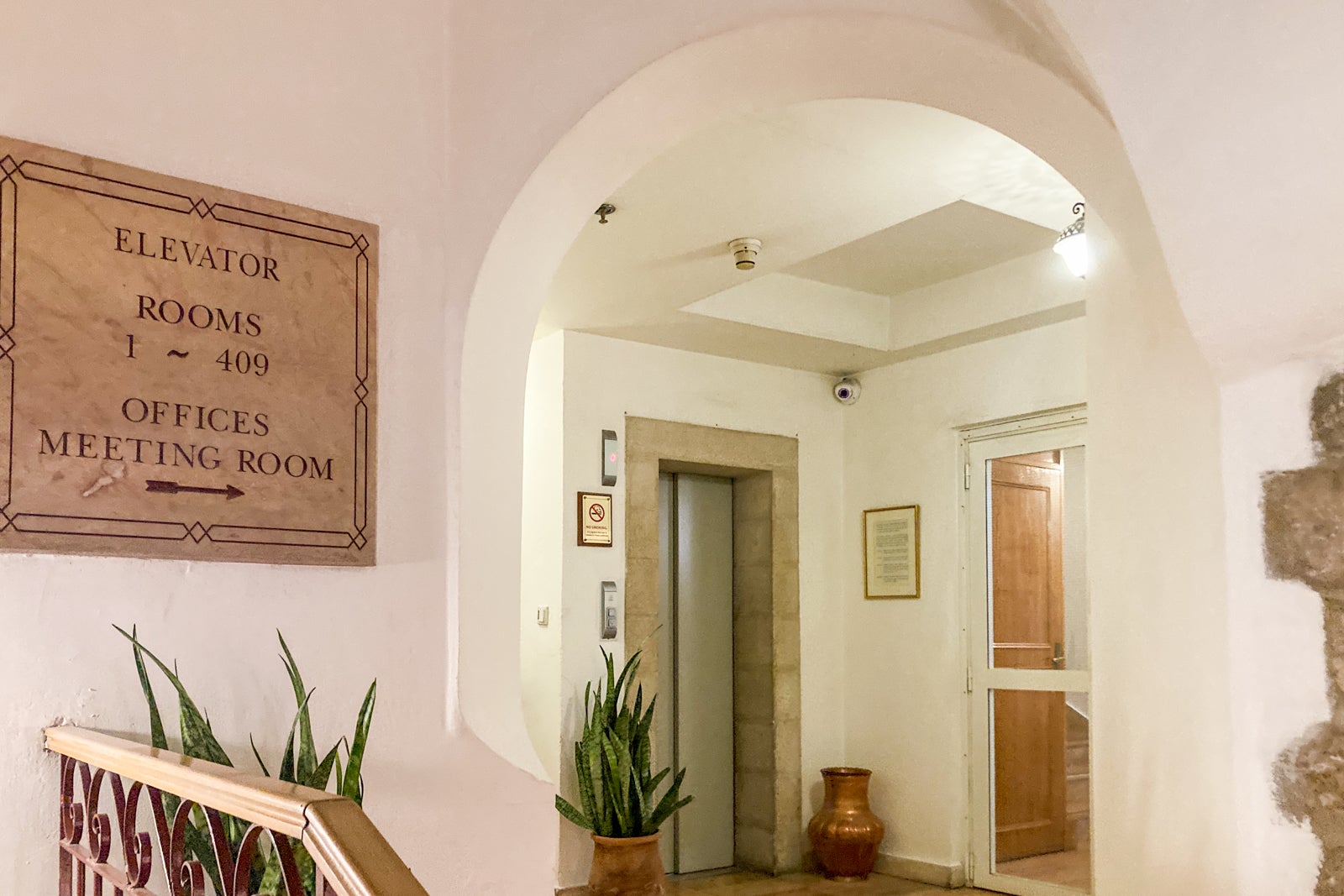
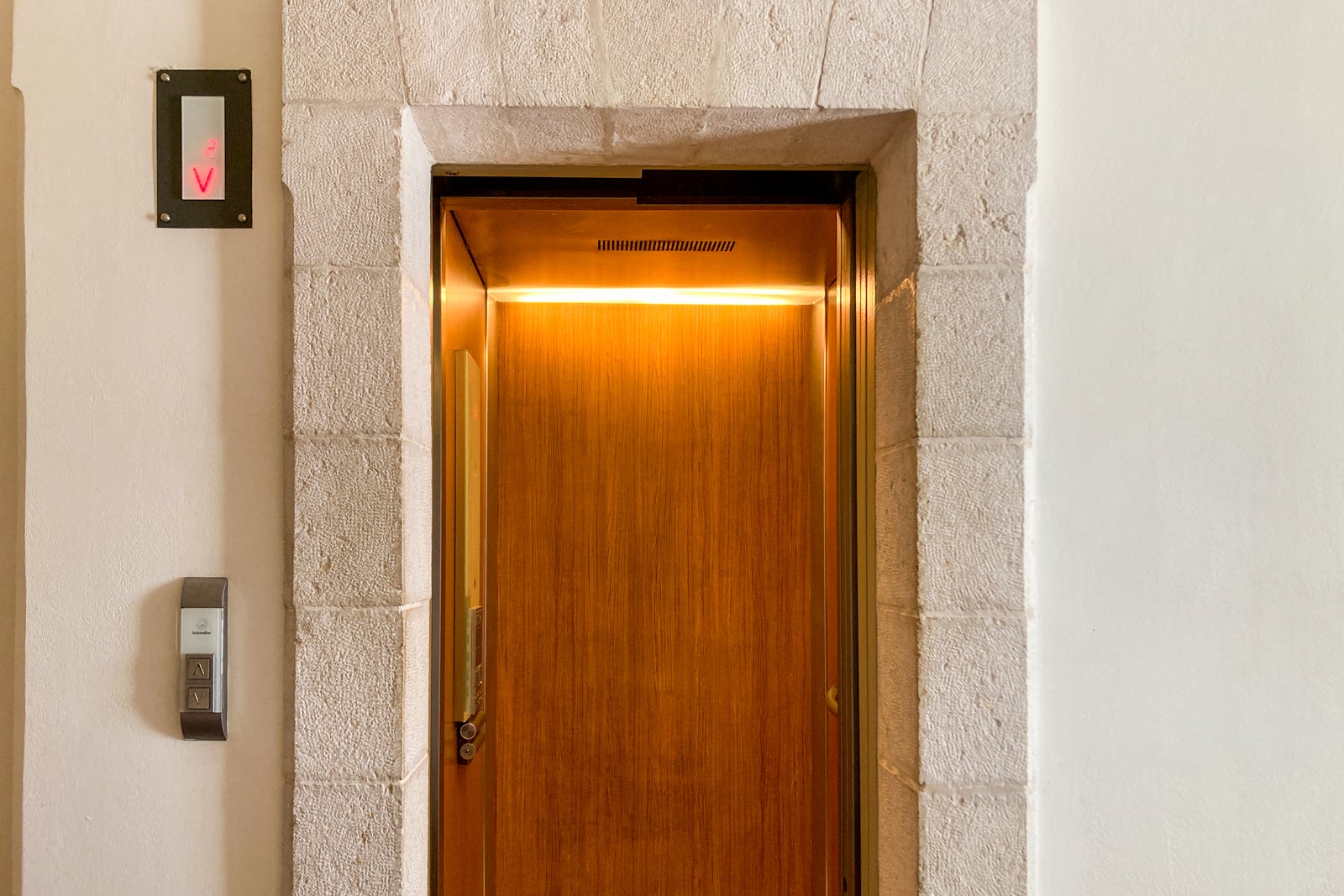
Despite an abundance of steps throughout the property, the American Colony Hotel is making progress on accessibility. Rather than entering through the front door to the reception desk, you can avoid these four steps by going to the rear of the main building. Here, you can access the reception area via elevator or access the pool area with a lift chair, though there isn’t a lift to get into or out of the pool.
There are elevators in each building. However, they are small. If you are in a wheelchair, it’s likely that anyone traveling with you will not fit into the elevator at the same time as you.
The courtyard restaurant serves three meals a day, and this area — along with guest rooms in the main building — can be accessed without steps. However, you’ll need to contact the hotel prior to your arrival to ensure it provides you with an accessible room since three of the four buildings with guest rooms require the use of steps.
I did not see hearing induction loops or the use of Braille at the property. If you need these, I definitely recommend contacting the property in advance.
Checking out

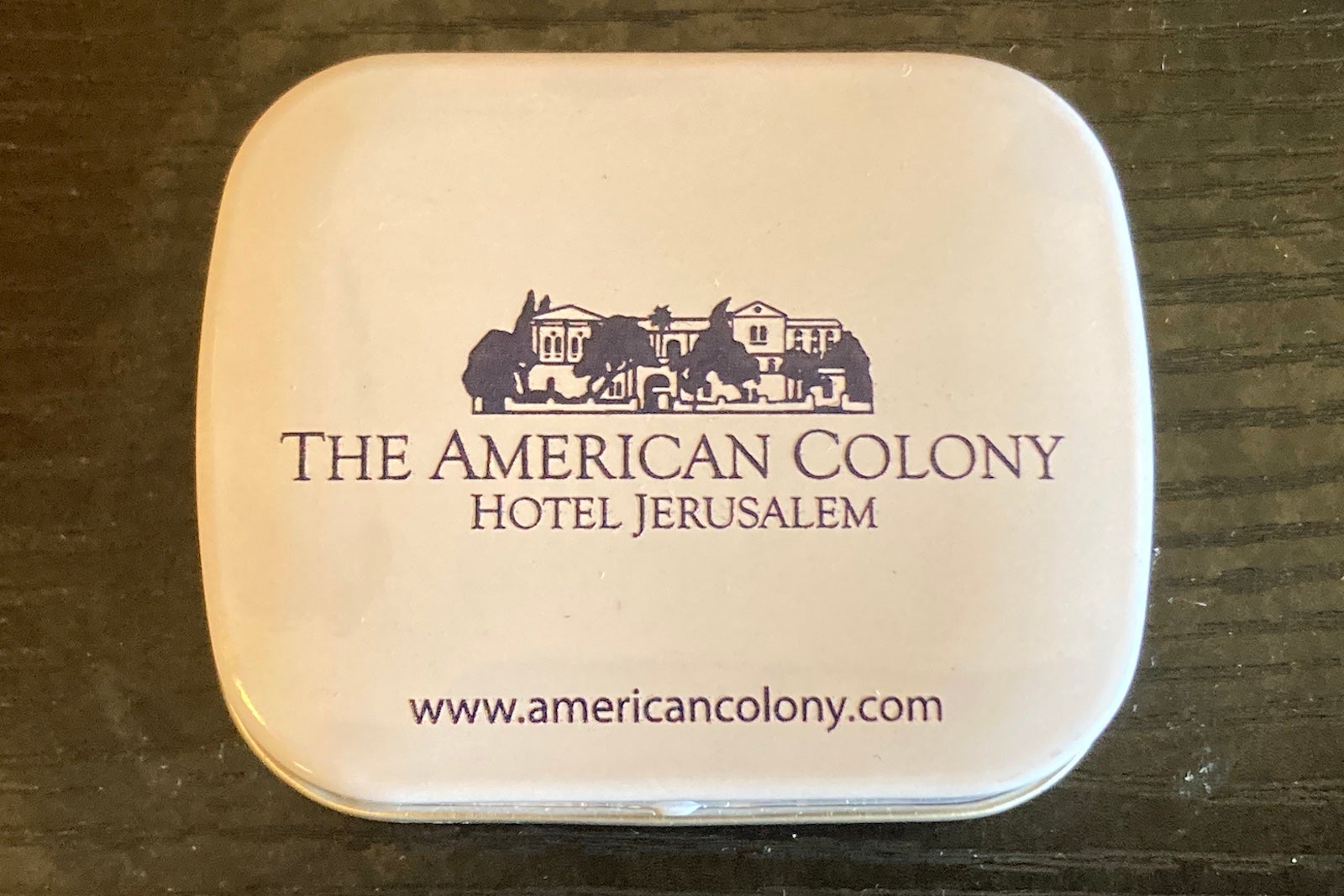
My stay at the American Colony Hotel in Jerusalem was short but enjoyable and I would absolutely stay there again. The grounds are beautiful, the food is decent and the pool is a great place for some downtime after sightseeing, plus the gardens provide a tranquil respite from Jerusalem’s hectic pace.
On the other hand, the rooms look like they could use some attention. I thought the bed was mediocre and the bathtub was difficult to maneuver in and out of.
Sending me off with hearty thanks and a branded tin of breath mints, the staff ensured that I knew where to find the train to the airport and left me planning my next visit.
Featured photo by Ryan Smith/The Points Guy.

